If you had guessed that Japan is my favorite country in the world based on the sheer number of articles I’ve written about Japan on this blog… well, you’d be correct.
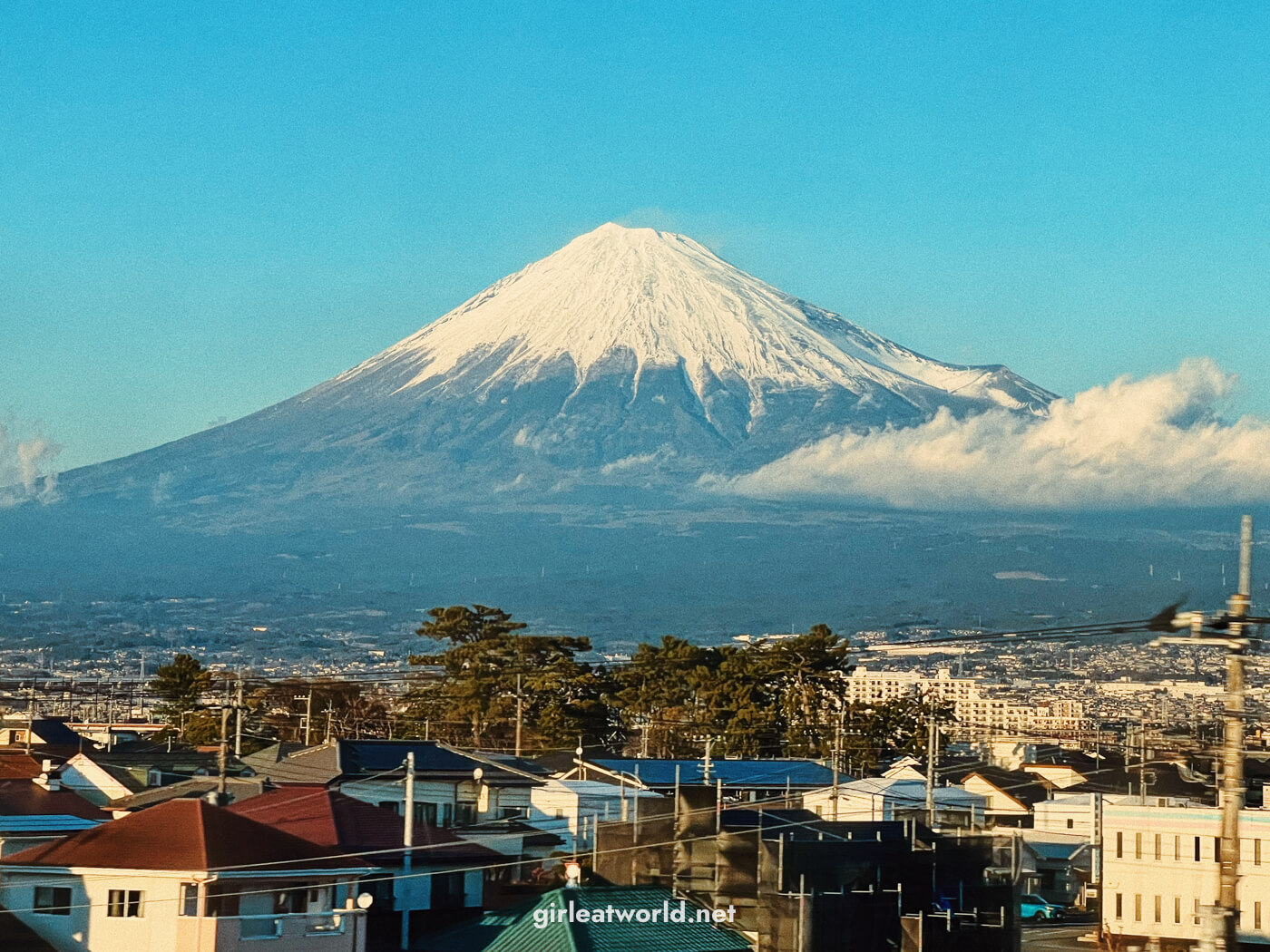
Visiting Japan has been my lifelong dream. I’ve become curious about the country since I was very young – I grew up in Indonesia watching Japanese anime on Sunday mornings and reading countless Japanese comic books.
Finally, I had the chance to visit Japan for the first time in 2014. I visited Tokyo and fell madly in love with the country. Since then, I have been going back to Japan every year – sometimes even multiple times a year. Throughout the years, I’ve learned a thing or two about traveling in Japan, and I wanted to share the knowledge with you in this post!
Here are some topics we will be covering:
- Know before you go to Japan
- Planning your Japan trip
- Japan itinerary, what to do and where to go
- The 10 Days Golden Route Itinerary
- Day 1 to 3: Tokyo
- Day 4 to 5: Hakone or Mount Fuji (Lake Kawaguchi)
- Day 6 to 7: Kyoto
- Day 8: Nara
- Day 9 to 10: Osaka
- Other places in Japan worth checking out
- What to eat in Japan
- The 10 Days Golden Route Itinerary
General tips for visiting Japan as first-timers
I think Japan is generally a pretty easy country to travel in – people are polite and the country is safe. Still, I have a few tips that would make your visit even easier:
1. Download Japanese Google Translate to your phone offline – I studied elementary Japanese, yet the Google Translate app still saved my butt every day. Using Google Translate, you can take a photo of anything written in Japanese, whether it is a menu at a restaurant or informational signs, and Google will translate it on the fly for you.
2. Get a Data eSIM – This year, I started using eSIM whenever I’m traveling abroad and realized how much more convenient it is than a SIM card. Using eSIM, you don’t need to insert a physical SIM card to your phone so you’ll still be able to keep your original SIM card while accessing data through eSIM – much more convenient! After your trip, you can just delete the eSIM off your phone.
Buy a Data eSIM for Japan: I used eSIM by Klook – it’s the cheapest one I could find, but it was reliable throughout my stay in Tokyo.
3. Reserve tickets ahead of time – Japan is one of the hottest destinations in the world, and it pays off to plan in advance. Especially in Tokyo, where it’s not uncommon for tickets to be sold out.
For popular attractions like Shibuya Sky and teamLab Borderless and Planets, you’ll want to book a month in advance to secure your preferred timeslots. Some train tickets might also need to be purchased in advance, especially if you’re going during a popular time (school holidays or during Sakura and Momiji season).
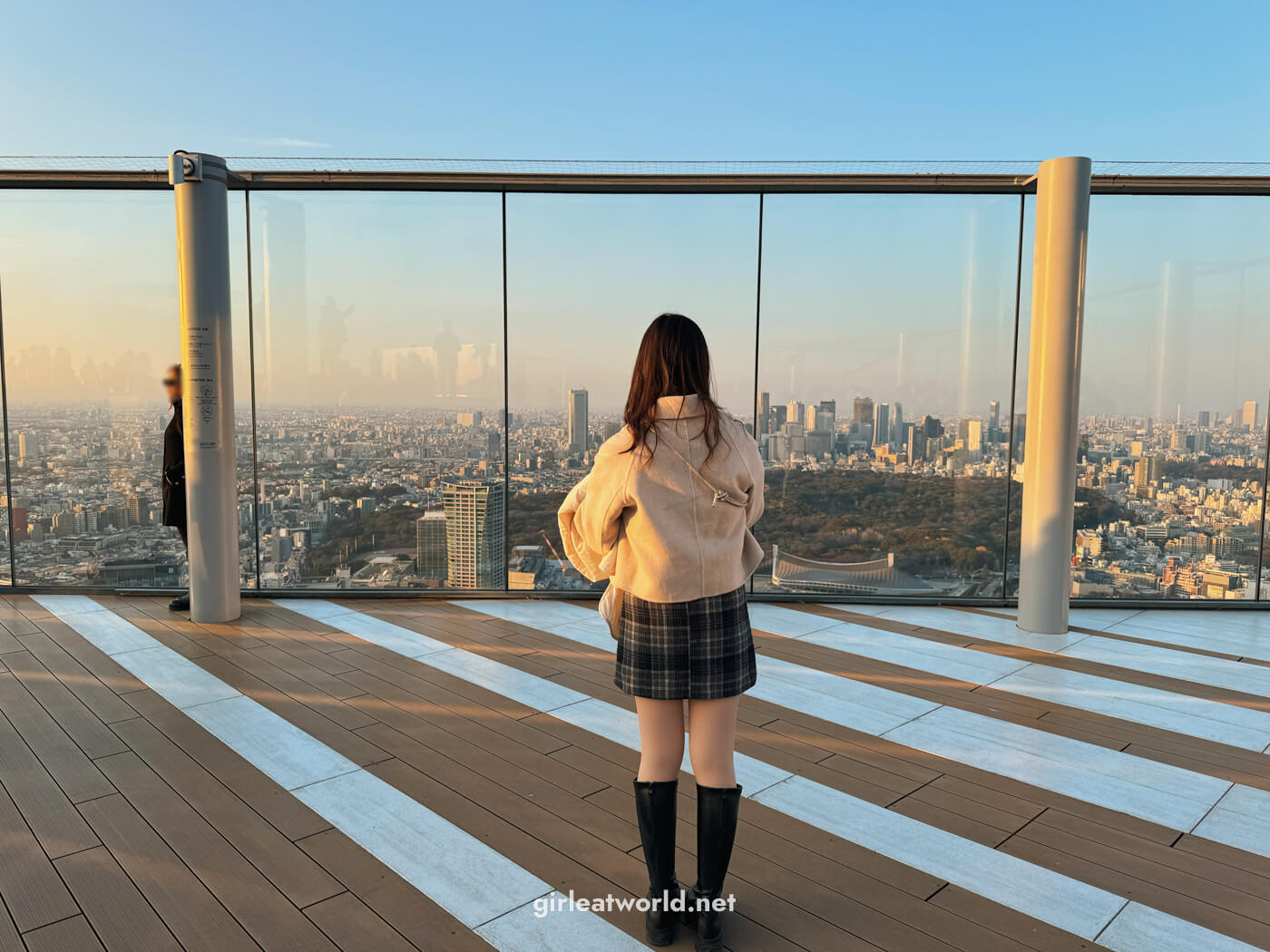
4. Learn how to handle your luggage while traveling – Moving from one city to another while in Japan? You don’t have to carry your luggage everywhere. You can either send the luggage to the next destination, or store it in a coin locker. I will elaborate more about this in the “Handling your luggage in Japan” section below.
5. Open-jaw your flight ticket – If you plan on following the golden route, it would be wise to open-jaw your ticket. This means you can fly to Tokyo (HND or NRT) and then fly out of Osaka (KIX), for example – or vice versa if you want to start your trip from Osaka. This way, you would save some time and money since you don’t need to go back to your starting point at the end of your trip.
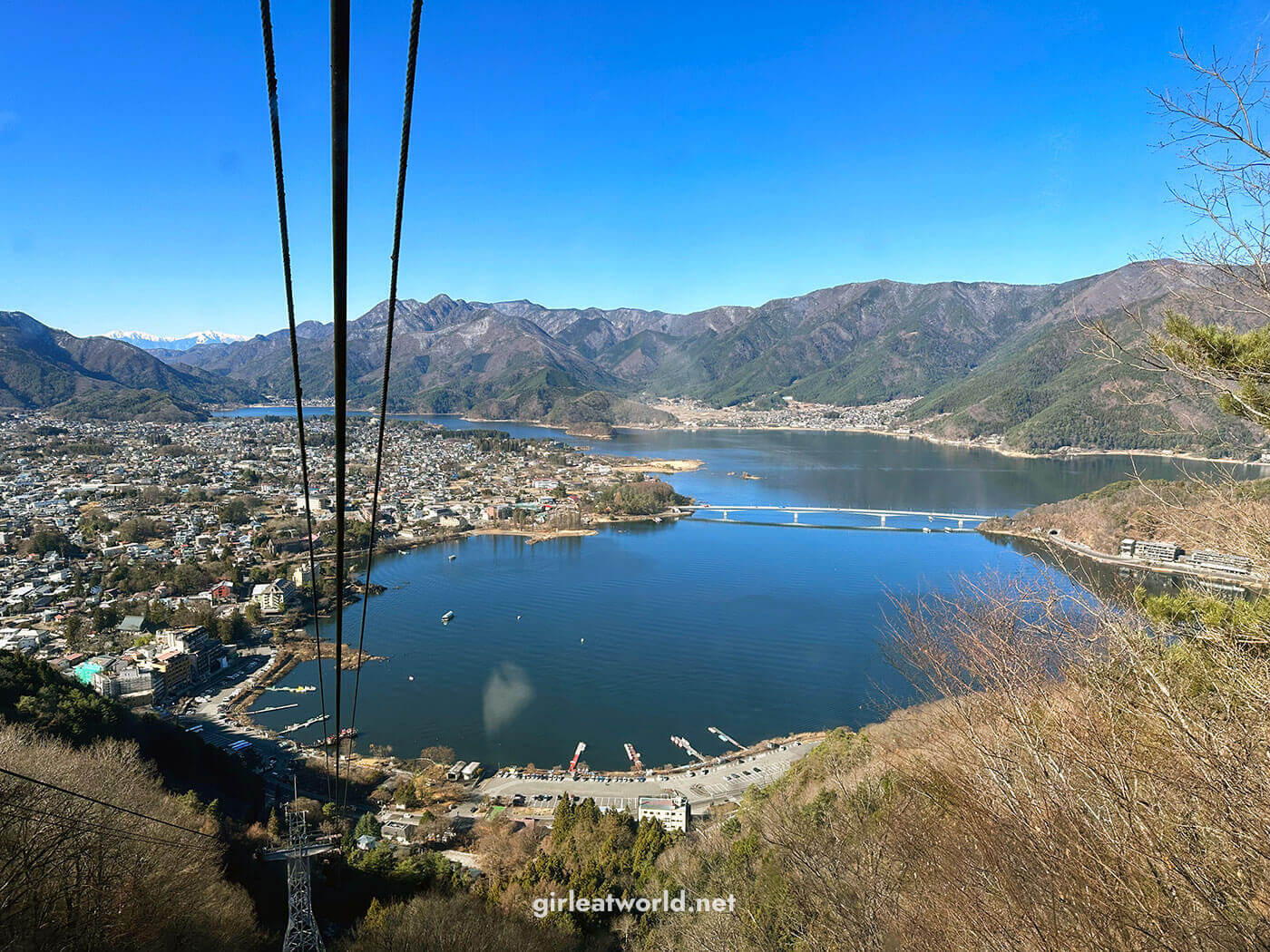
6. Bring some Yen – While big cities like Tokyo and Osaka has become more friendly towards digital payments in the past few years, it is still a cash-driven society. If you’re planning to visit small restaurants or go outside major cities, I would bring about 5,000 yen in cash per person per day to cover daily necessities. If your accommodations have not been pre-paid, or if you plan to do a lot of shopping, bring more!
7. Use ATMs at Convenience stores – The convenience stores in Japan, known as “konbini” in Japanese, live up to their name. You can do all kinds of things here, including withdrawing cash using a foreign ATM card. 7-ELEVEN has the most reliable ATM for tourists. There is a small fee of 110 to 220 yen per transaction depending on how much money you’re withdrawing.
Wise Debit Card: I use Wise card to withdraw money from Japanese ATMs with minimal or no fees. Learn about using Wise while traveling here.
When withdrawing cash, you want to select the YEN value instead of your home currency, so that the conversion will be done by your bank instead of the ATM. ATM will not give you a good rate. So for example, if you’re withdrawing 10,000 yen, and the ATM gives you a choice of getting 10,000 yen or the equivalent in your home currency, select the 10,000 yen.
8. Wear comfortable walking shoes – In most cities in Japan, it’s not common to drive or take a taxi. People either walk and take the public transport for their daily activities. So chances are, you’ll be walking and exploring on foot for the majority of your time in Japan. Wear comfortable shoes that are actually made for walking, your feet will thank you later!
9. Download the cities’ Google Maps to your phone – by this, I don’t just mean download the Google Maps app. You can download the whole city map to your phone so you’ll use less mobile data when browsing the maps. I suggest to do this for every city you’re planning to visit. Here is how to download Maps to your phone.
10. Fast track your arrival in Japan – Did you know that you can make your arrival in Japan easier by completing your immigration and customs procedures before arriving in Japan? Yes, you can do this via a digital service called Visit Japan Web. I’ve written a step-by-step on how you can complete your immigration and customs procedures online. Read my Visit Japan Web guide here!
Tax-Free Shopping in Japan
If you shop in Japan at certain participating stores as a tourist, you will be eligible for tax-free shopping for purchases over 5,000 yen. The consumption tax in Japan is 10% – not a bad discount at all! Please note that in some shop, the minimum might be 5,500 yen since tax is already included in the price.
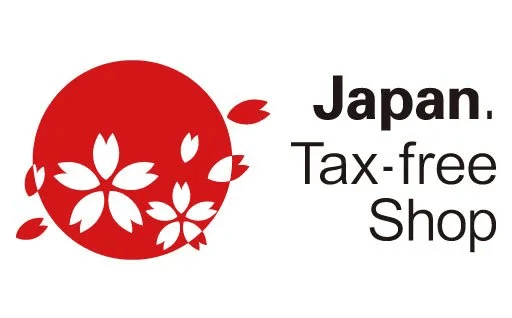
You’ll need to look for the tax-free symbol at the store to know whether you can shop tax-free or not. You also need to bring your passport to be eligible for tax-free shopping. To be specific, the store will need to check the immigration stamp in your passport to make sure you are indeed just a tourist in Japan. There is a QR code you can obtain from Visit Japan Web for tax-free shopping, however, I would still bring the physical passport for now as VJW is a fairly new system and some shops may not accept the QR code yet.
The types of items you can purchase are categorized into two: Consumables (such as food, drinks, cosmetics, etc) and General goods (such as clothes, accessories, electronics). If your items fall under consumables, they will be put into a sealed bag as they are forbidden to be consumed in Japan. You can only break the seal after you have left the country.
I have personally done tax-free shopping at big stores like Uniqlo, Muji, Matsumoto Kiyoshi, and Donki. The rules vary from shop to shop. In my experience, not all branches of these shops will offer tax-free, so you’ll need to do some research specific to the branch you want to shop at. For example, all Uniqlo stores will offer tax-free, but for Muji it is only available at select stores.
Take note that tax-free shopping is not to be confused with tax refunds. With the tax-free system, you do not need to pay the consumption tax first and then get a refund at the airport when you exit the country, like how it’s done in other countries. You simply pay 10% less on the spot at the point of purchase. For example, my purchases at Muji were 5,830 yen, out of which 530 yen was tax. Once I told the cashier I wanted to do tax-free shopping and showed her my immigration stamp on my passport, I only had to pay 5,300 yen.
I love the tax free system because it is a lot more convenient for us tourists. Sadly, this system has been easy to abuse. Japan is looking to switch to tax refund model in 1 November 2026, which will require tourists to get a tax refund before exiting Japan instead.
Handling your luggage in Japan
A long visit to Japan often involves moving through many different cities. Usually, this means checking out of your hotel at 10am, traveling to the next city and checking in to the new hotel at 3pm. What do you do with your luggage when you move from one city to another?
Here are a few ideas:
1. Takuhaibin: Send your luggage to the next destination
This is what most local Japanese do with their big luggages when they’re traveling.
If there is one thing Japan does well, it’s logistics. When traveling domestically via Shinkansen (bullet train) or even just moving from one hotel to another hotel, many locals opt to send their luggage ahead of time to their accommodation, so that they can travel hands-free without having to mind their luggage around. This service is called Takuhaibin, and it’s available all over Japan. You can even send your luggage ahead of time to the airport before you fly!
Here are a few luggage delivery services for different areas:
- Luggage delivery for Osaka and Kyoto area
- Luggage delivery for Tokyo area
- Luggage delivery for Okinawa area
- Luggage delivery for Sapporo area
2. Make use of the lockers at train stations
In Japan, there are plenty of coin lockers to store your luggage at the major train station in Japan. If you’re checking out early from your accommodation but not leaving the city until later, or if you’re arriving early and can’t check in to your accommodation yet, you can absolutely store your luggage at the train station, and then pick it up when you’re ready.
There are many different sizes of lockers, usually ranging from 300 – 700 yen. Here is a photo of what the lockers typically look like:
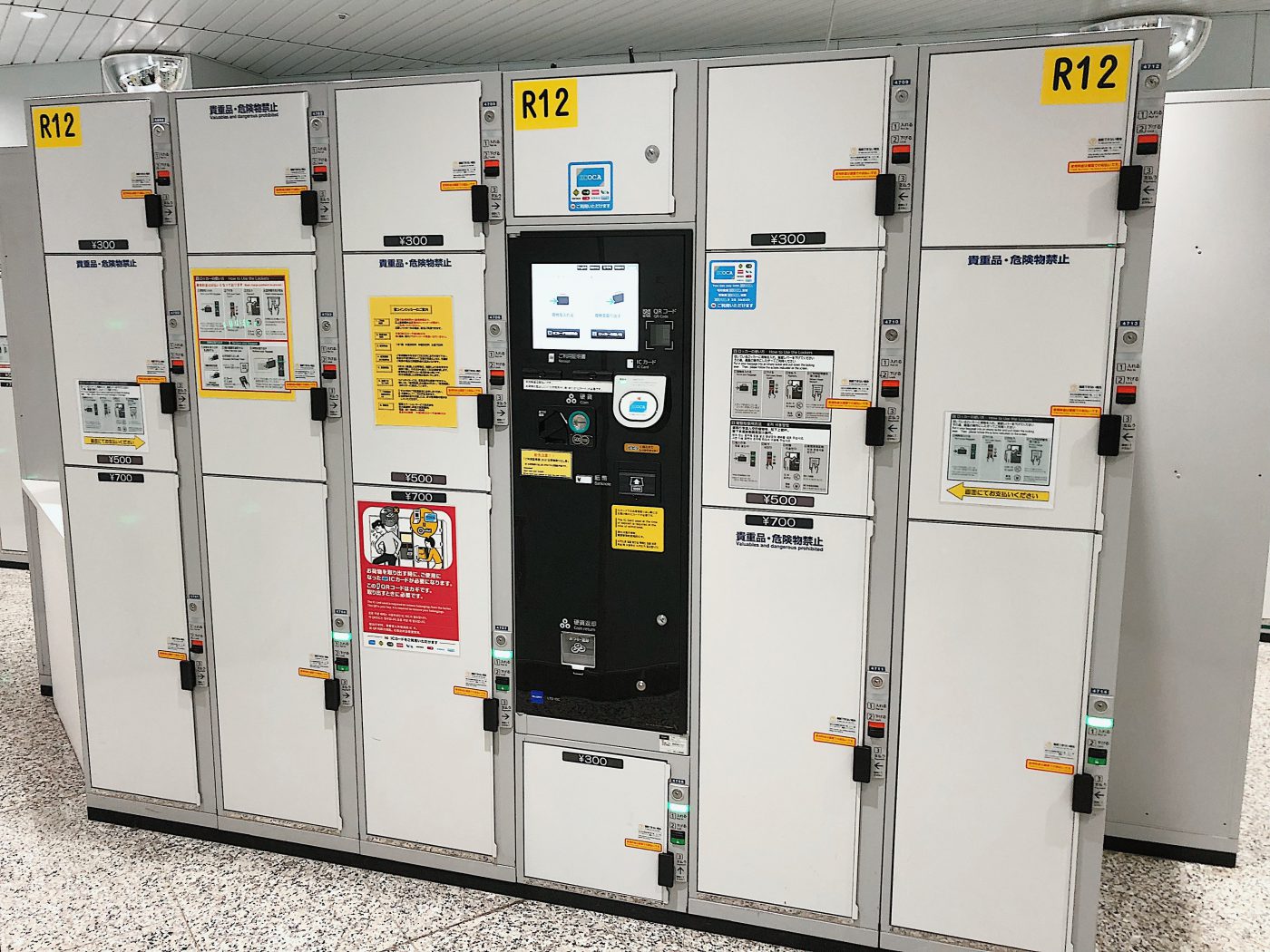
You can’t see the depth from the photo above, but the locker is very deep. The 300 yen option (the smallest square one) is good for backpacks. It looks small but I could comfortably fit my 10kg backpack lying flat with plenty more room. The medium 500 yen option would fit carry-on luggage, and the 700 yen option would fit a larger suitcase.
Take note that the locker fee is only good to open the locker once, so if you forget something and need to take your luggage out, you’ll need to pay the fees again. And don’t forget where your locker is! Take a photo of the location so you don’t have a hard time remembering it later.
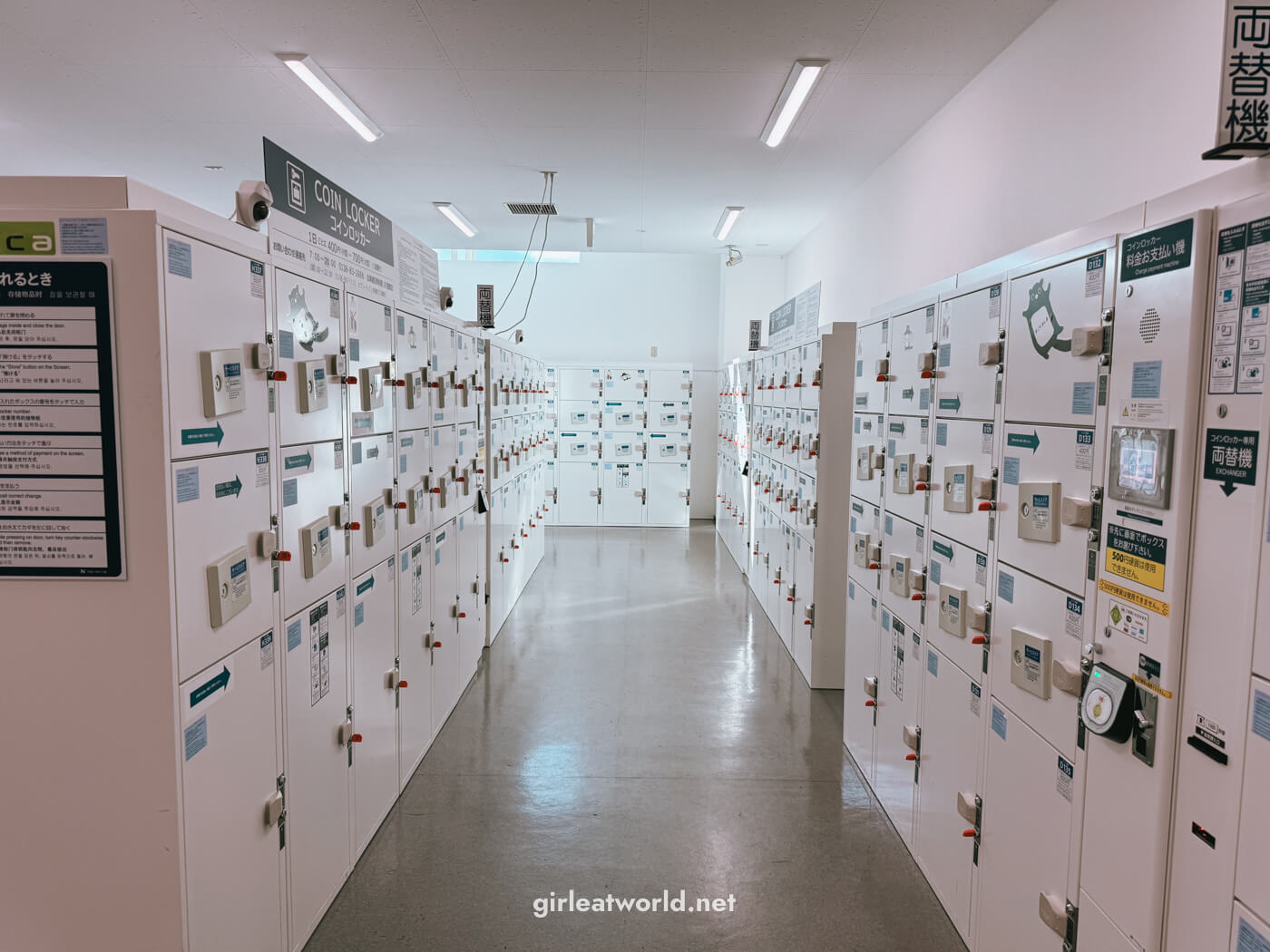
Coin lockers are generally only for one-day use, although some stations might let you use them for a longer time – for example, some lockers at Tokyo station can be used for up to 3 days. Make sure to not leave your items in the locker overnight before checking if you can do so. The lockers will be cleared everyday.
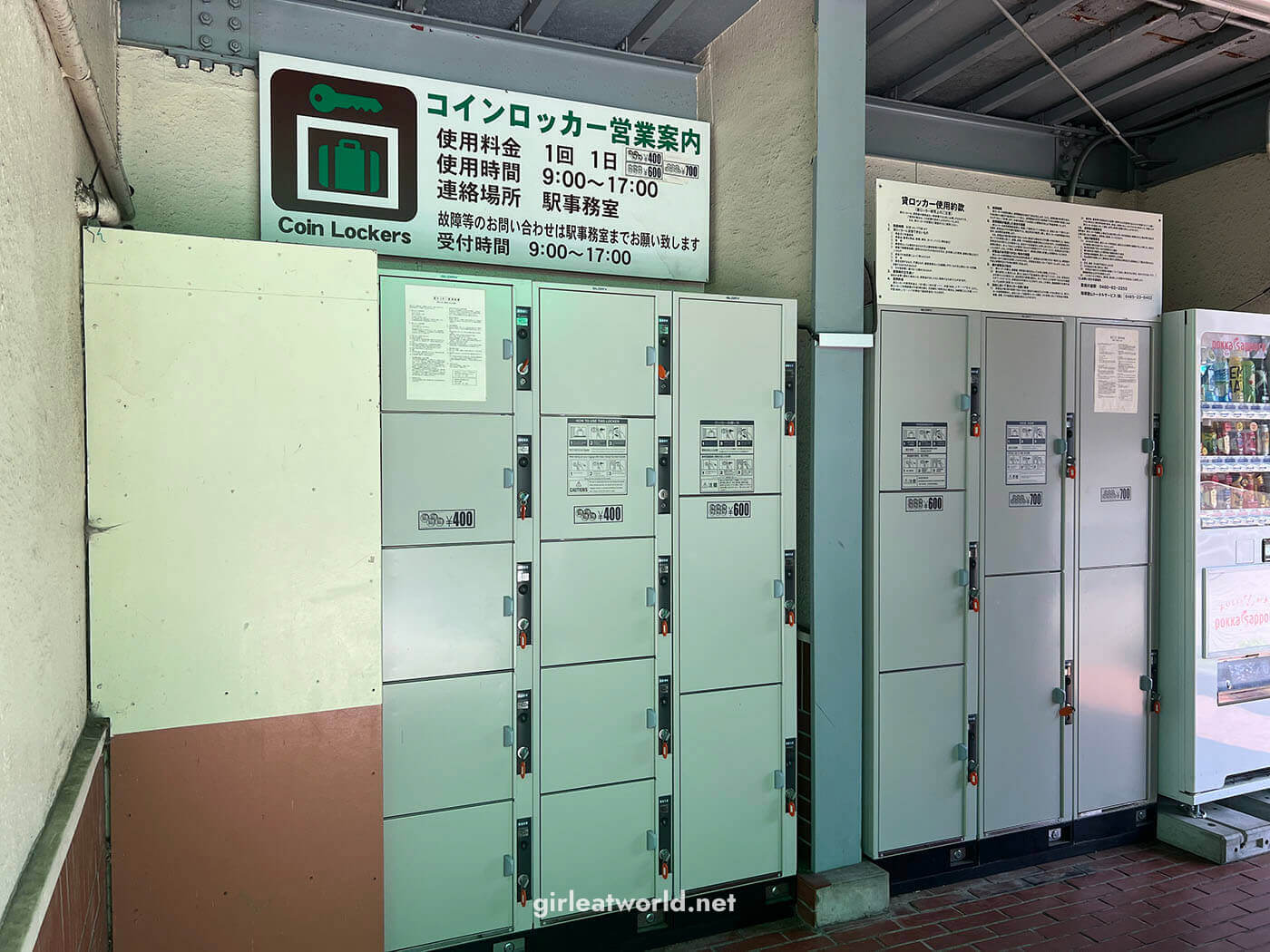
Please also be aware that the lockers are first come first serve, and they may be all taken up if you’re at a popular train station. To ensure you have a space, pack in the morning and store your luggage first. On my first visit to Kyoto, I was not able to get any lockers at the Kyoto station since I was arriving after most hotel guests had checked out. I ended up having to carry my backpack everywhere around Kyoto.
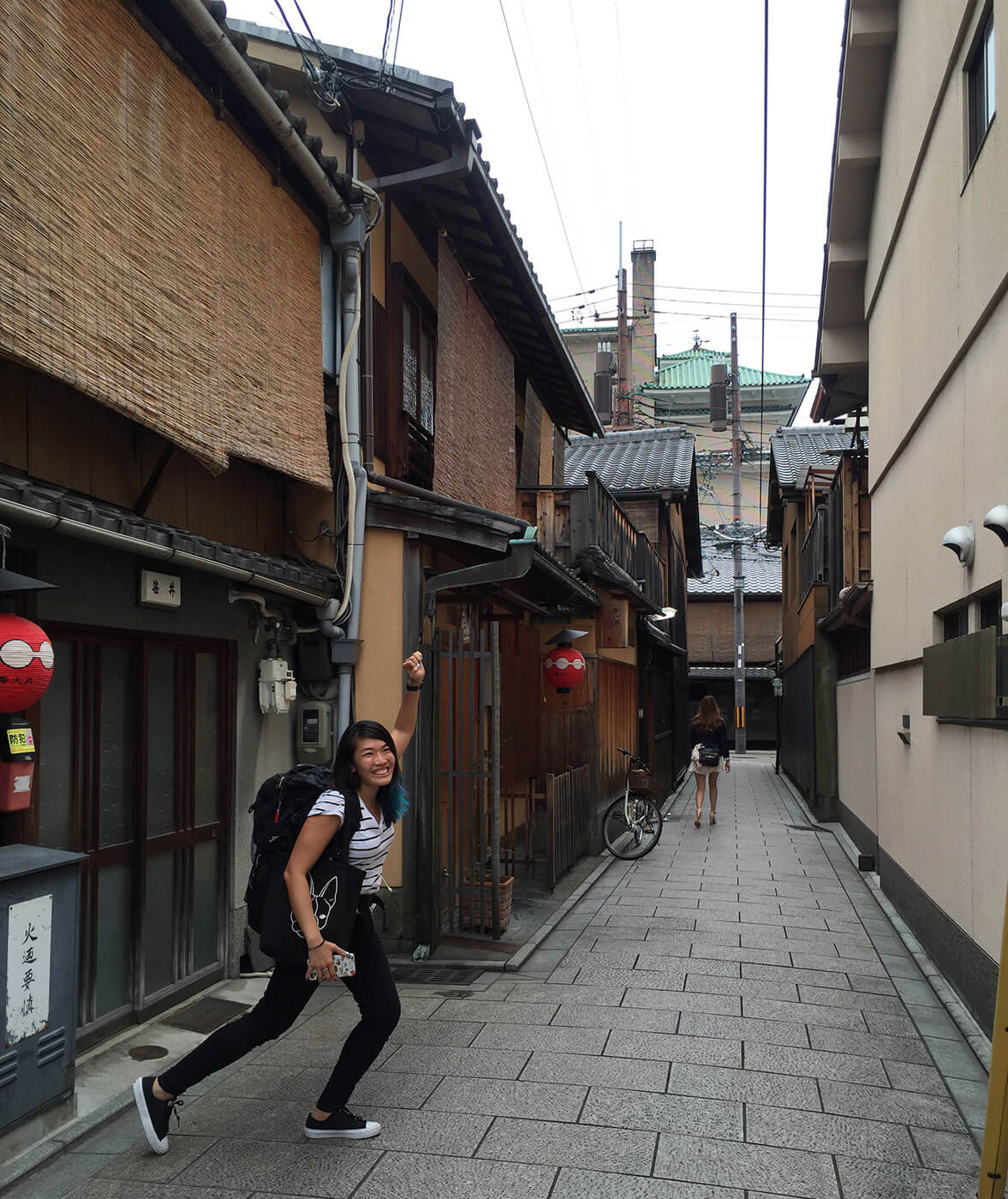
But back then, I didn’t know there were other alternatives for storing luggages aside from the coin lockers!
3. Tourist Information Centers
In Japan, most tourist information center doesn’t just help you with your travel planning, they also sometimes offer luggage storage services! These information centers can be found at major train stations and airports. The service is not free, but usually reasonably priced along the same lines of renting coin lockers.
4. Storing your luggage at the hotel
Hotels in Japan will also keep your luggage for you. If you’re checking out of your hotel in the morning and not traveling right away, you can leave your luggage at the hotel and come back for it later. Similarly, you can also check in early to your next hotel and leave your luggage with them while you go and explore the new city.
Japanese Rules and Etiquette: The Do’s and Don’ts
One of the qualities Japanese people are known for is their social customs. Many of these are unique to Japan and deeply ingrained in the culture. As a visitor, you’re not expected to know the rules, but it would still be respectful to know them.
Here are a few that I think would be useful for visitors:
1. Be considerate and aware of your surroundings – This is one of the biggest social customs in Japan that shapes their culture. Japanese people fear being seen as a nuisance, troubling someone, or making others feel uncomfortable. As such, you would hardly see anyone being loud or drawing attention to themselves in public. And you should follow suit! For example, don’t talk when on the train or other public transportation. If you are listening to music while on the train, make sure to use an earpiece and that there is no sound leak. And definitely put your phone on silent mode and don’t you dare answer your phone while on the train.
2. Take off shoes when entering a house – This is not unique to Japan, it’s the practice all over Asia. We do not wear outside shoes inside our house for hygienic purposes. So, always take off your shoes at the entrance and switch to “inside” shoes if provided. If not, go barefoot. In Japan, it’s not just houses that practice this rule, some restaurants do too. You’ll be able to tell when you see a bunch of shoes at the entrance of the restaurant, and house slippers next to it that you can change into.

3. Tipping is not practiced in Japan – With the excellent hospitality in Japan, it might be tempting to give a tip at a restaurant or hotel. But tipping is not practiced or expected in Japan. In fact, it could confuse locals who are not used to it, and might even be seen as rude/condescending, so please refrain from leaving a tip.
4. Carry your trash with you – In Japan, trash disposal is a huge deal. Because of the complex rules when it comes to trash sorting and security concerns around past terrorist attacks in the country where trash bins were involved, there are now hardly any public trash bins available in Japan. Japanese people do not appreciate when trash is not disposed of correctly, so to be safe you should bring your trash back to your hotel with you and then dispose of it at the hotel trash bin where it will be processed correctly.
5. Don’t eat while walking – This is one of the social norms that I think are very unique to Japan, but it’s such a huge deal that there is even a term for it – tabearuki, which simply means eating while walking. You’ll hardly see people eating while walking on the street, because it has been deeply ingrained that it is not a polite thing to do. This is related to the previous point regarding trash and inconveniencing others – tabearuki is believed to create more trash in public and therefore seen as rude to others. However, the rule does not apply for festivals where there are food stalls.
6. Don’t be surprised by Otoshi (compulsory appetizer) – When dining at certain restaurants or izakaya (Japanese bar), you might be served a small plate of appetizer as soon as you sit down. This is Otoshi, aka a non-optional appetizer that is served by default in izakaya establishments. You can’t choose what they will serve and you cannot refuse Otoshi. It is also not free, although the cost is minimal – Otoshi typically costs 400-500 yen. Otoshi serves as a table charge, to make sure the izakaya stays profitable even if a customer spends hours at the bar and only orders one drink.
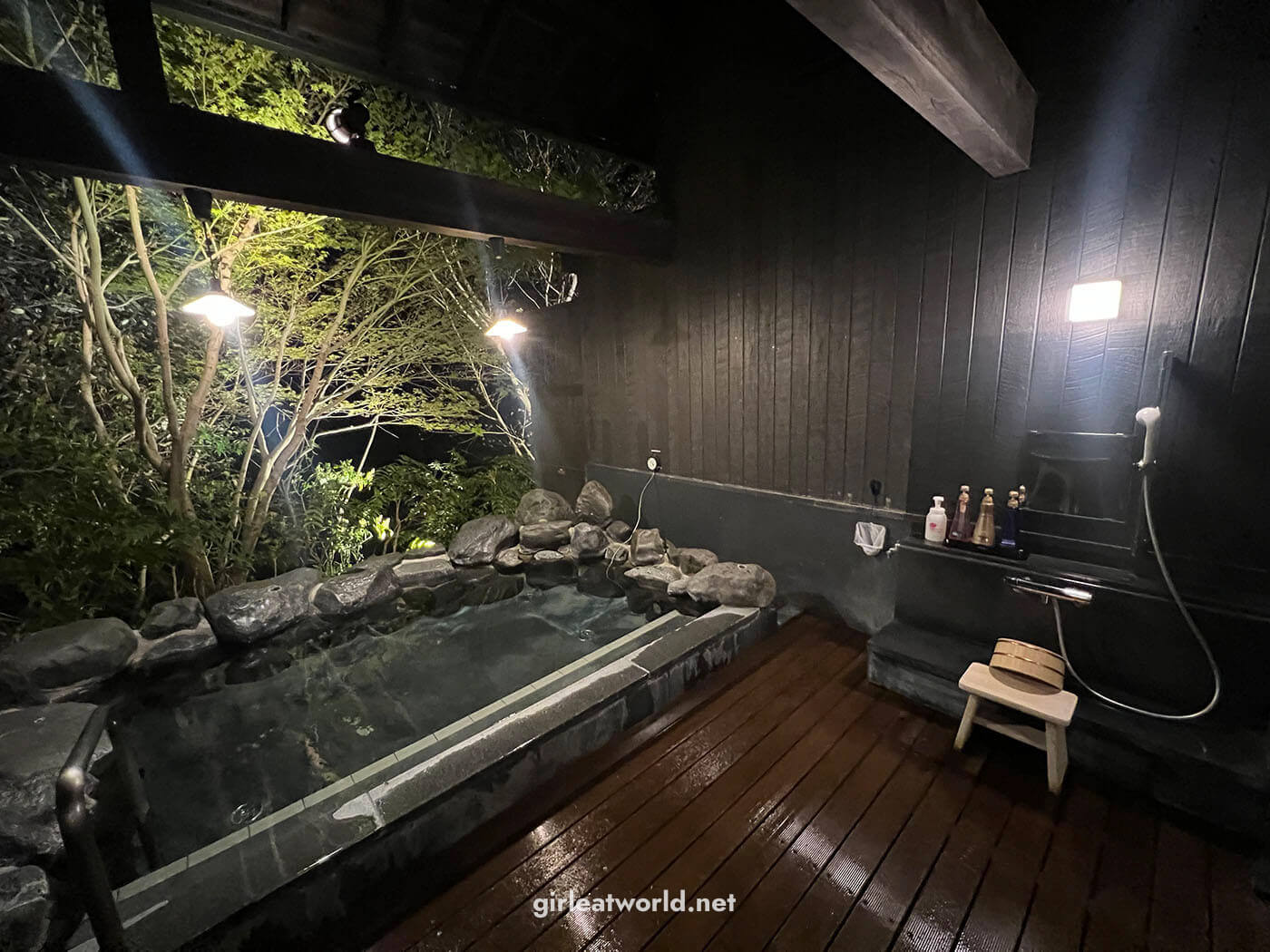
7. Be completely naked in an Onsen – If you’re planning on visiting an Onsen (hot spring), don’t think you can get away with wearing a swimsuit or underwear. You have to be completely naked! It is considered rude and unhygienic if you wear personal clothing items since it can contaminate the water through detergent residue or other materials.
♨️ Onsen Guide: Planning to enjoy some time in an onsen? If you’re not familiar with the customs, I recommend reading my Onsen etiquette guide before you go.
Useful daily phrases in Japanese
I still stand by my advice to simply use the Japanese Google Translate pack on your phone to help yourself navigate Japan. However, there are some common Japanese phrases that would be very helpful to know.
Here are a few of my favorites:
| Yes | Hai |
| No | i-ie |
| Excuse me | Sumimasen |
| Thank you | Arigato gozaimasu |
| Good Morning | Ohayou |
| Good afternoon | Konnichiwa |
| Please | Onegaishimasu |
| Can I have the bill, please? | Okaikei onegaishimasu |
| How much is this? | Kore wa ikura desu ka? (while pointing at the item) |
| Where is the toilet? | Toire wa doko desu ka? |
| Let’s eat | Itadakimasu (to be said before starting to eat) |
| Thank you for the meal | Gochisosamadeshita (to be said at the end of the meal, before leaving a restaurant) |
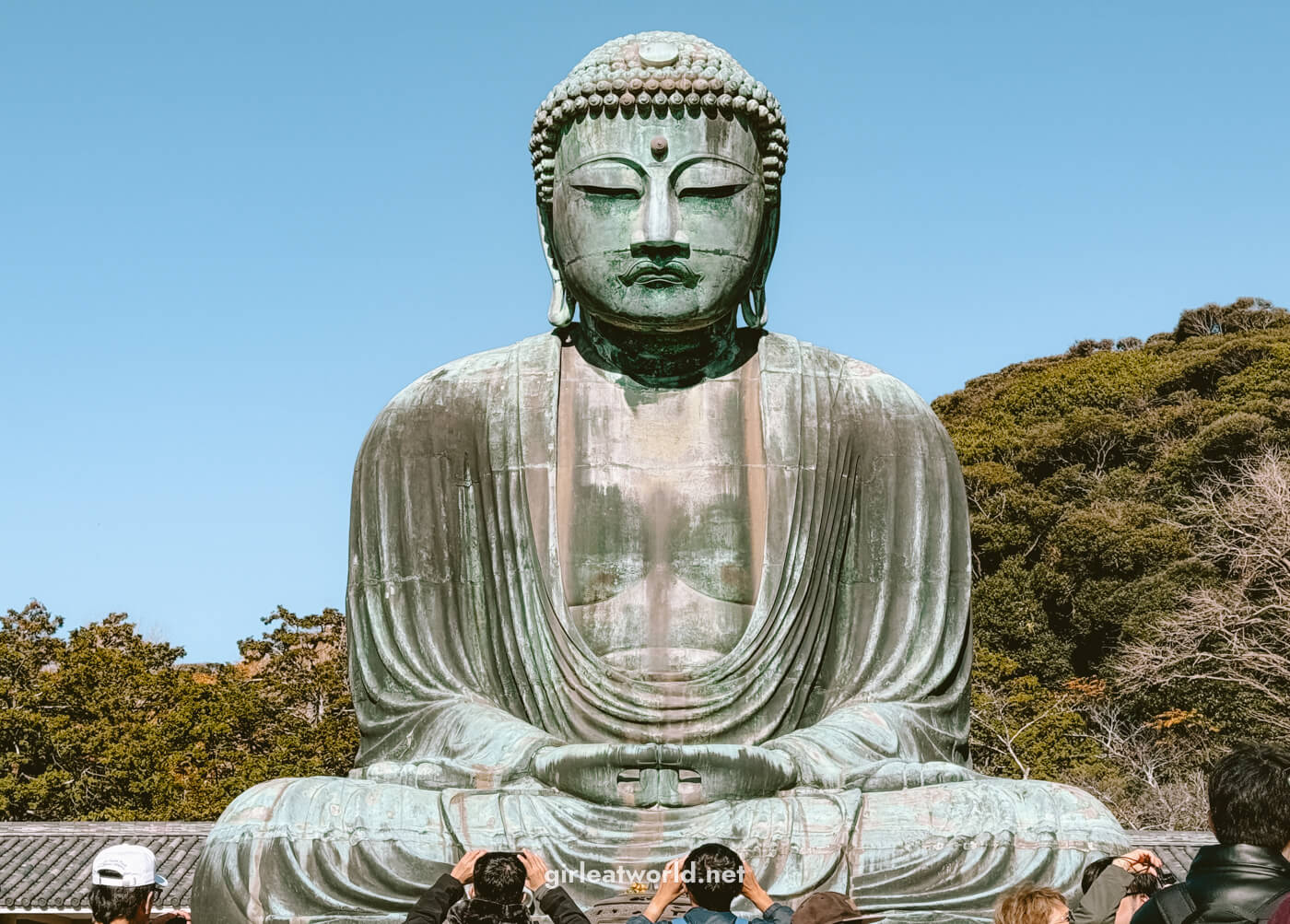
Entering Japan
There are a few things you need to do before your arrival in Japan to make things easier for yourself. I’ll cover them one by one here:
1. Determine if you need a visa to enter Japan
Japan has a visa exemption arrangement with over 70 countries. If your country is not listed as one of the countries benefiting from this arrangement, you will need to apply for a visa to enter Japan. And, you’ll need to sort this out before your arrival in Japan.
2. Apply for Japan Visa (If you need one)
Typically, obtaining a visa is done by applying in person at the Japanese embassy in your country of residence.
Applying for a Japan visa in person: See my experience obtaining multiple-entry Japan visa in Singapore here. Every embassy will be different, but the documents are the same.
However, if you reside in certain countries, you might be eligible to apply for the Japan electronic visa, which is done completely online and a lot more convenient than having to turn up in person.
How to apply for a Japan visa online: I have written about my personal experience applying for a Japan visa online here, complete with a timeline for the visa approval and tips how to apply.
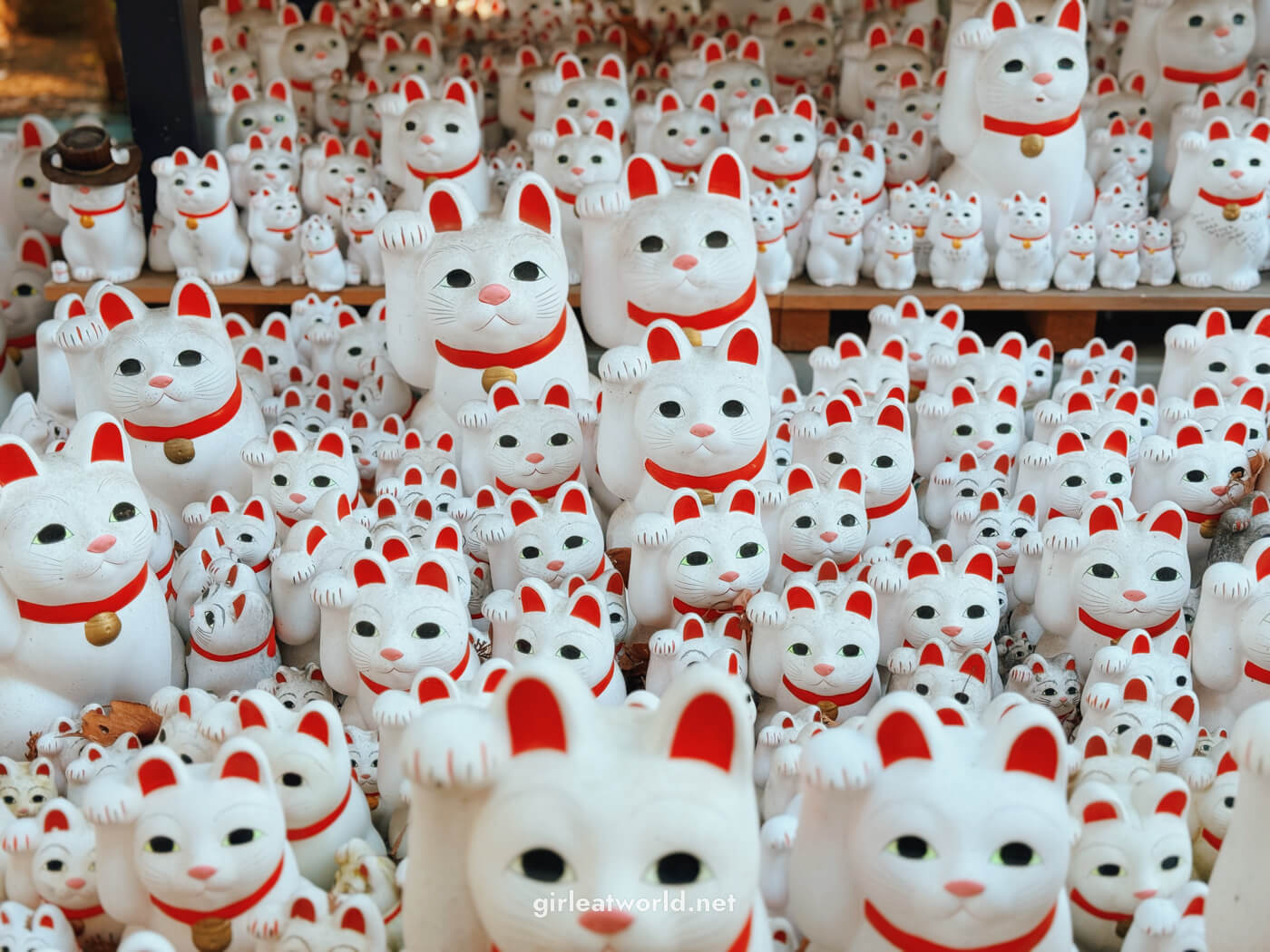
3. Fill out Visit Japan Web for Immigration and Customs
Visit Japan Web is Japan’s online service for immigration procedures and customs declarations.
Even though it is not required, it would be beneficial for you and everyone else to complete the procedures on Visit Japan Web before you arrive. It’s free, fast, and all can be done online.
If you don’t do it online, you still need to do the same procedure when you arrive in Japan anyway by filling out the arrival and customs card.
How to use Visit Japan Web: Need help using Visit Japan Web? I have written an extensive guide about Visit Japan Web here.
How many days should I spend in Japan?
Of course, the answer is always “it depends”. It depends on what you want to do and how much you want to do in Japan.
Generally, I recommend spending at least 10 days in Japan to get the essential Japanese experience and get familiar with the country. This will let you explore Tokyo and other popular cities such as Osaka, Kyoto, and Nara.
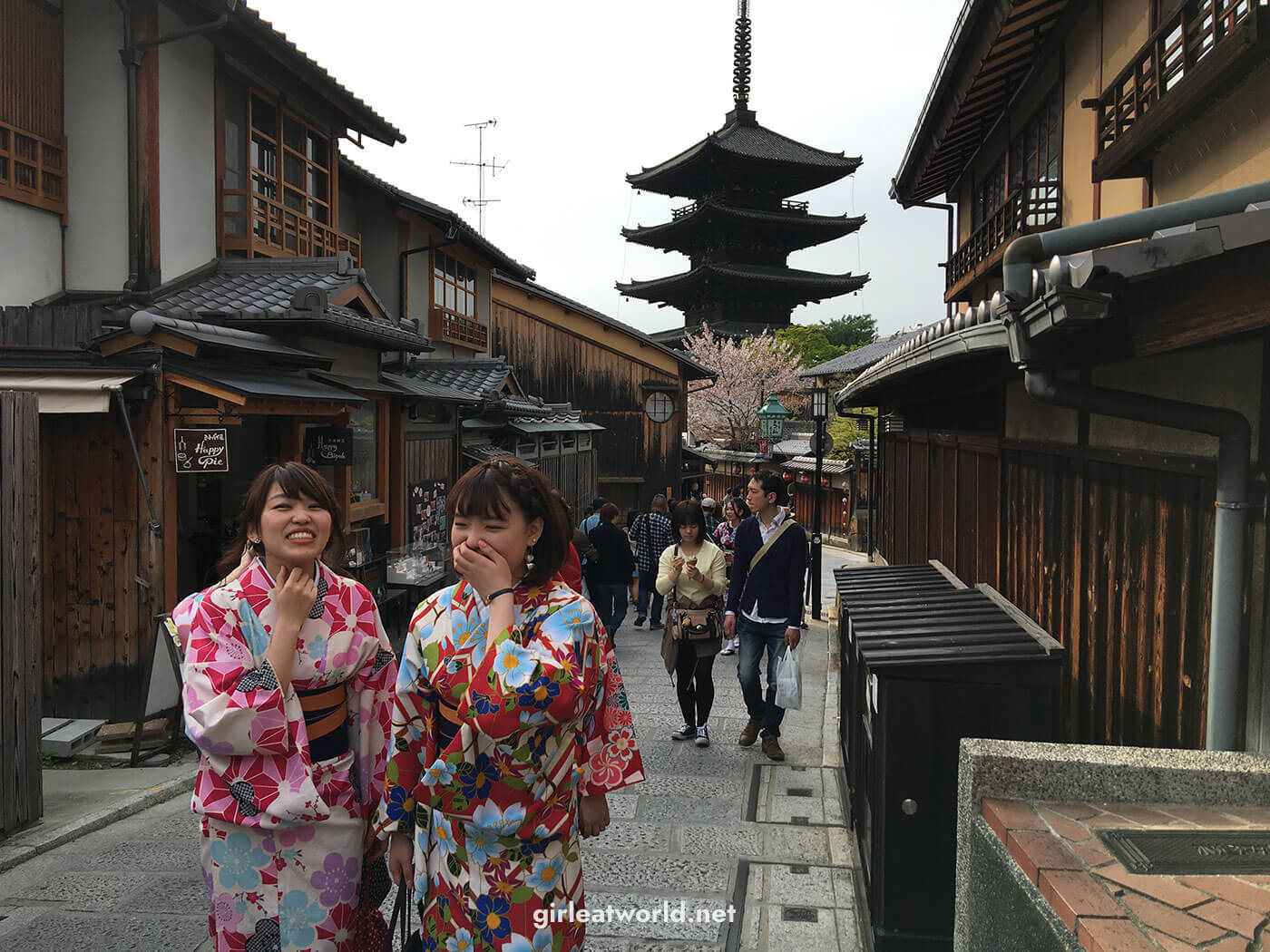
However, I know time is a luxury, and not everyone has that time to spend traveling. In which case, 5 days could still be enough for first-timers to get a feel of the country. You can stay in Tokyo and take a short trip to Mount Fuji or Hakone.
In fact, on my very first visit to Japan – that was exactly what I did – I spent 5 days and stayed in Tokyo and took a 1.5-day trip to Hakone. It was enough to make me fall in love with the country that I kept coming back every year after that, sometimes multiple times a year.
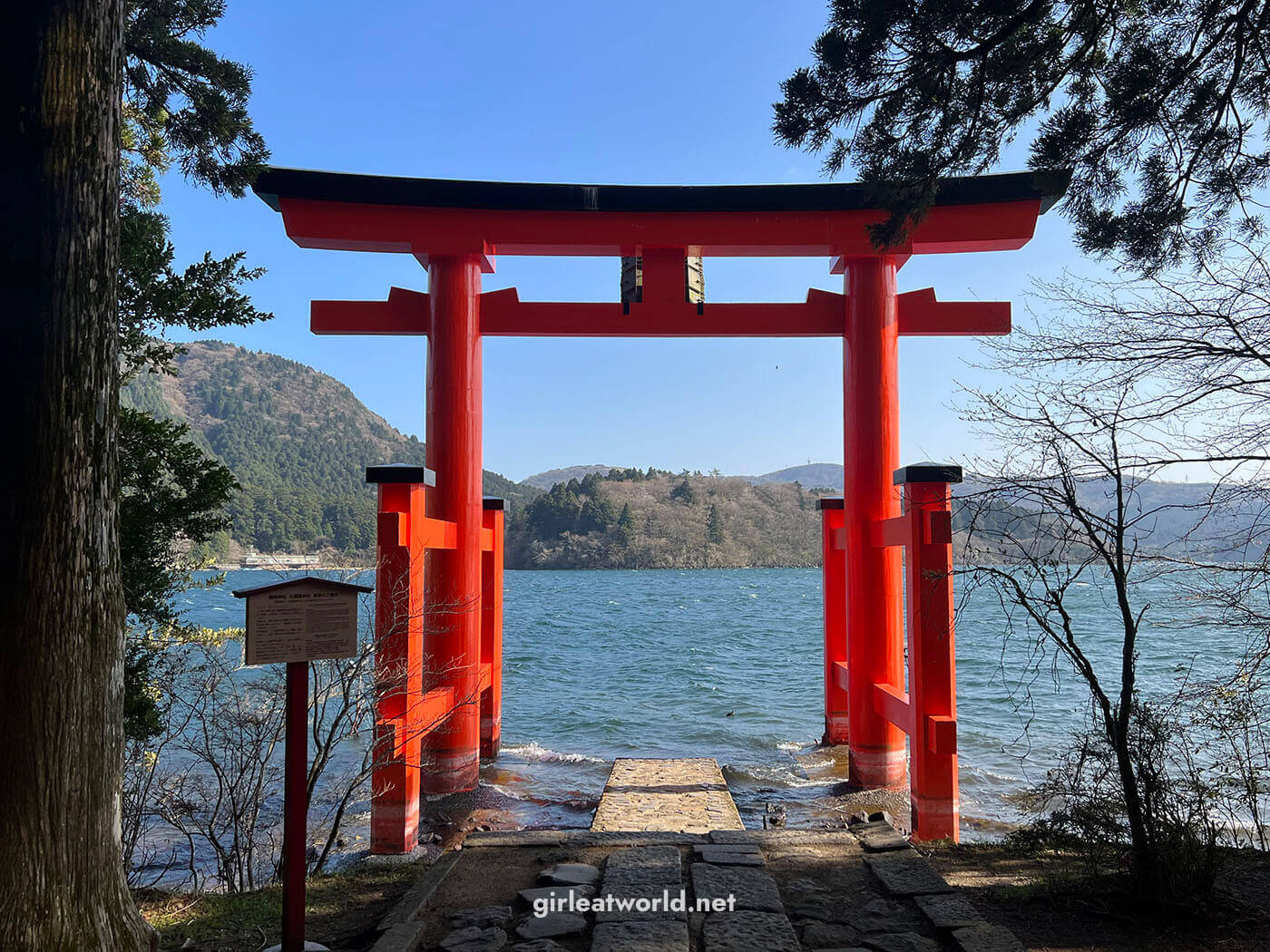
Getting to and from the airport
There are typically a few ways to get to and from the airports in Japan:
1. Airport Express Trains – In big cities like Tokyo and Osaka, there are Airport Express lines that can take you from the airport to the city center, where you can then resume your journey via local public transportation. Airport express train tickets need to be purchased separately.
🚆 Book train ticket online: Purchase Japan train ticket via Klook for easy redemption at the station once you’re in Japan.
2. Private Airport Transfer – Sometimes when you’re traveling with a big group or carrying a lot of luggage, it might make more sense to hire a private car to take you to and from the airport. This is the most convenient way, but not the most economical if you’re traveling by yourself. I think it’s worth it though.
Private Transfer from Airport: I book a private transfer when I flew ZIPAIR to Narita with my (then) 3 year old, and it was a godsend. The company we booked via Klook is called Chinichi.
If you are booking a private transfer, please make sure the car has space for your luggage! On Klook, they have guidance on how much luggage a car can take vs how many passengers.
Getting around in Japan
Once you’ve arrived in Japan, traveling domestically within Japan will be a piece of cake thanks to the country’s extensive railway system. But, taking the train is not the only way to see this country. I’ll go over all the possible ways here:
1. Taking Shinkansen (Bullet train) when going from one city to another
There are a variety of trains in Japan, but the most popular way of traveling from one city to another is using high-speed bullet trains (referred to as Shinkansen) that connect most major cities. Typically, intercity trains will drop you off at the main train station of that city. From there, you can catch local trains to complete the last-mile journey to your ultimate destination.
🚆 Book train ticket online: Purchase Japan train ticket via Klook for easy redemption at the station once you’re in Japan.
If you’re planning on visiting multiple cities via Shinkansen, you might want to look into JR Pass to minimize the cost of train tickets.
All about JR Pass and Shinkansen: Learn more about JR Pass and taking Shinkansen in Japan here.
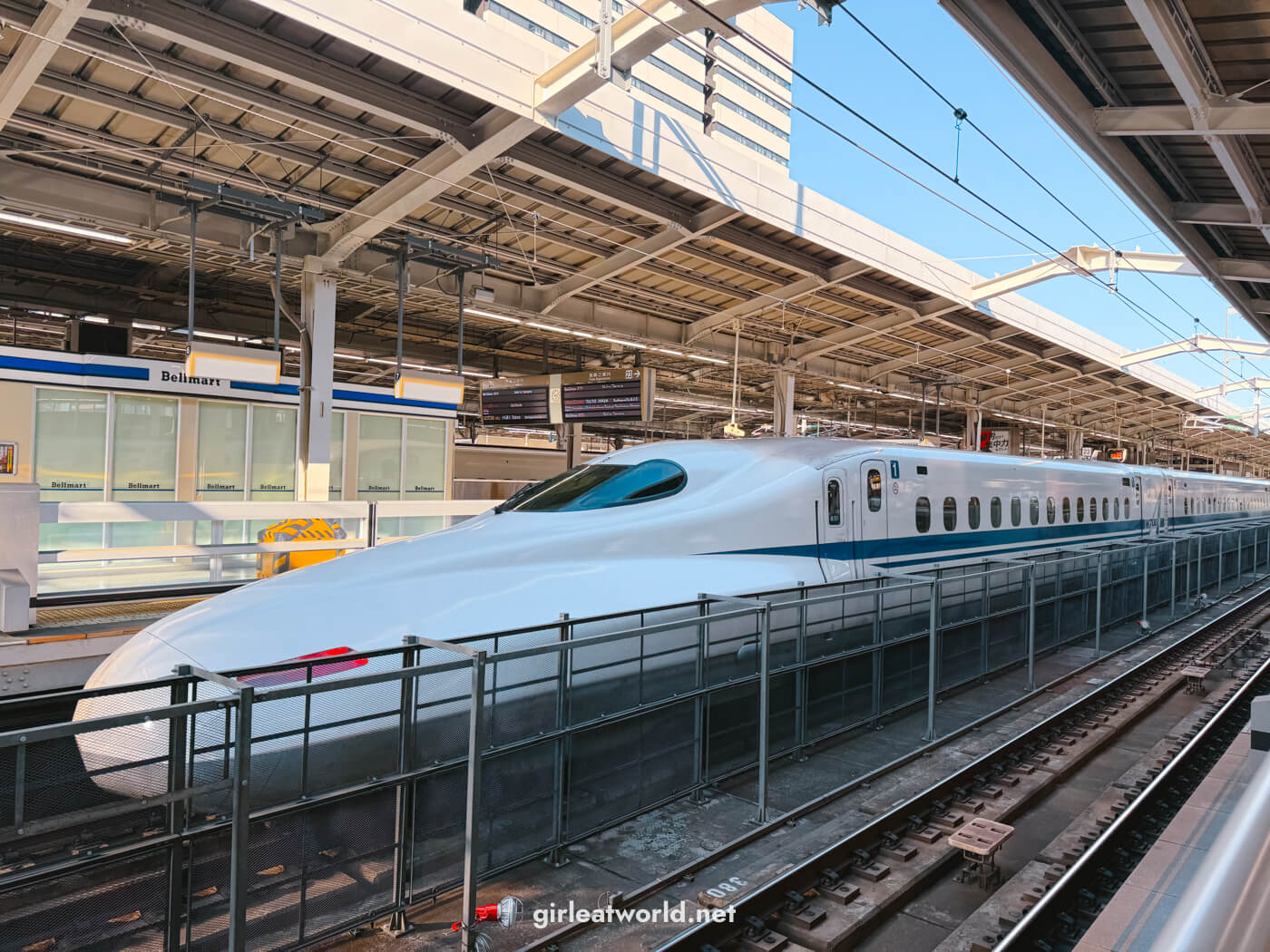
2. Driving and renting a car
If you have an international driver’s license and are comfortable with driving in a foreign country, driving in Japan could be a great option.
This is an especially good idea if you’re going to destinations that are not well-served by trains. Outside major cities like Tokyo and Osaka, the last-mile journey in Japan can be tough – especially in the mountain regions.
You can easily book a car rental from Klook. Most of the time, you can pick up the car from the airport or in the city, making it a very convenient option! I’ve personally rented a car in Japan for some of my trips to Nikko, Fukuoka, Nagano prefecture, and Hokkaido.
What is Klook? Klook is the leading travel and experiences booking website in Asia. And yes, they are legit! I personally always book my activities through them whenever I am traveling. See my review of Klook here.
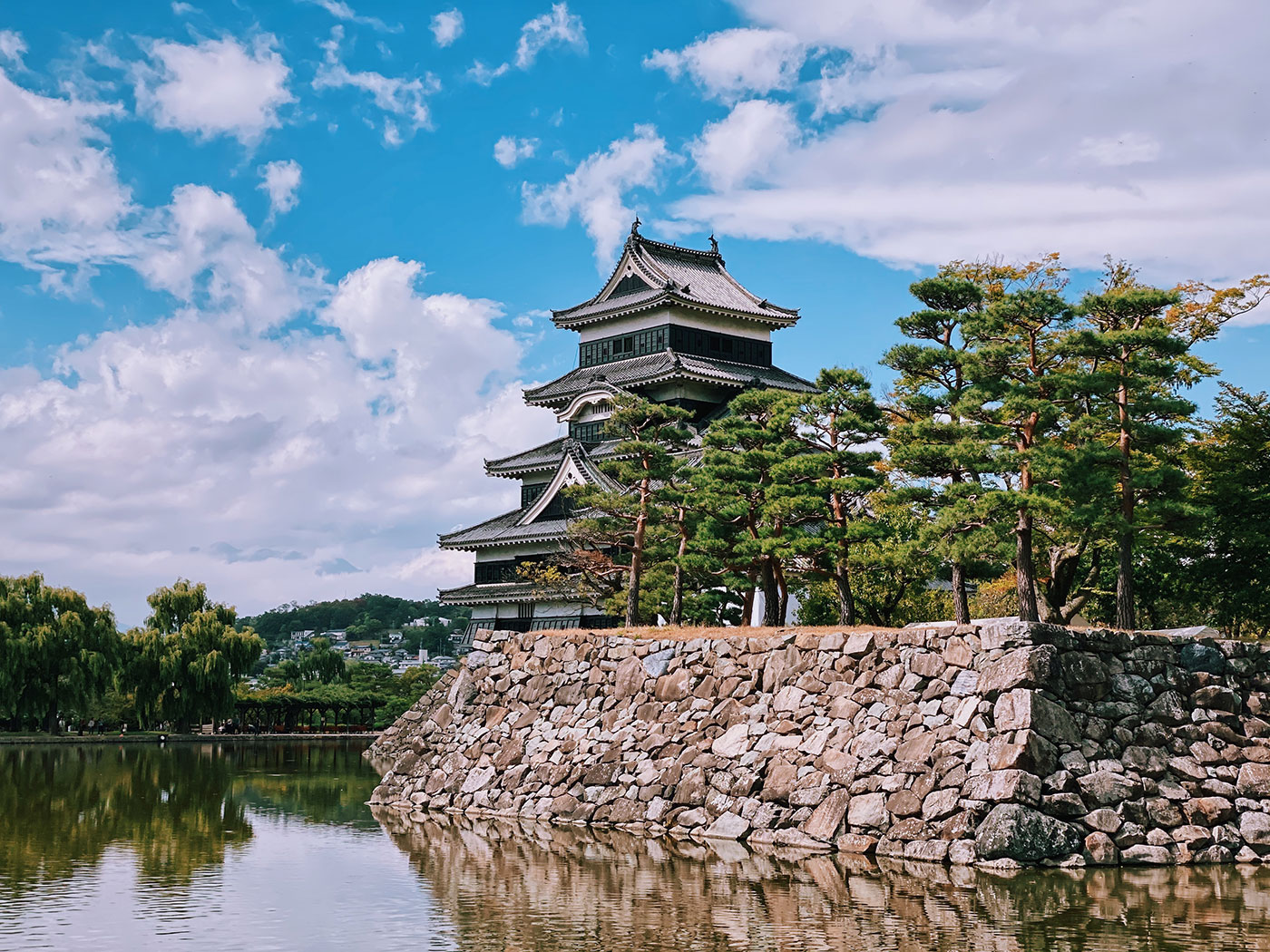
3. Domestic Flight
Flying domestically is also a good option to go around Japan from one city to another. If you’re traveling further distances, it will save you time and money compared to using the train. You don’t need to go through immigration again, so the process is really quick and easy.
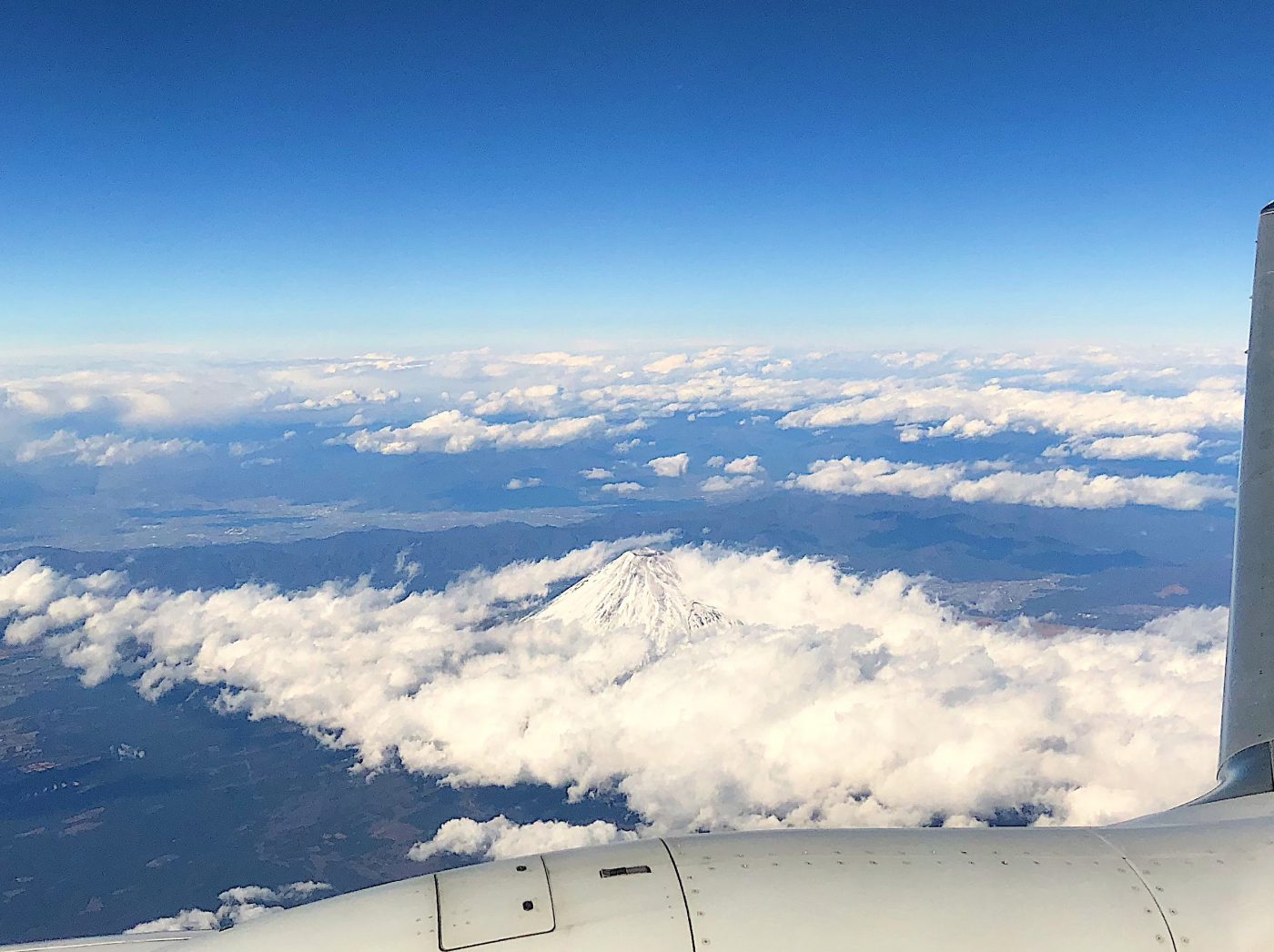
I’ve taken domestic flight from Tokyo to Sapporo, which only took less than two hours. I have also taken a flight from Tokyo to Osaka just because it was cheaper to do so rather than taking the Shinkansen.
4. Getting around (within a city) using public transport
When you’re traveling within a major city in Japan, it would be convenient to travel using local trains. In cities like Tokyo, Osaka and Sapporo, you’ll be mostly traveling using the local train because the train network in these cities are extensive. In smaller cities, you might need to use a bus.
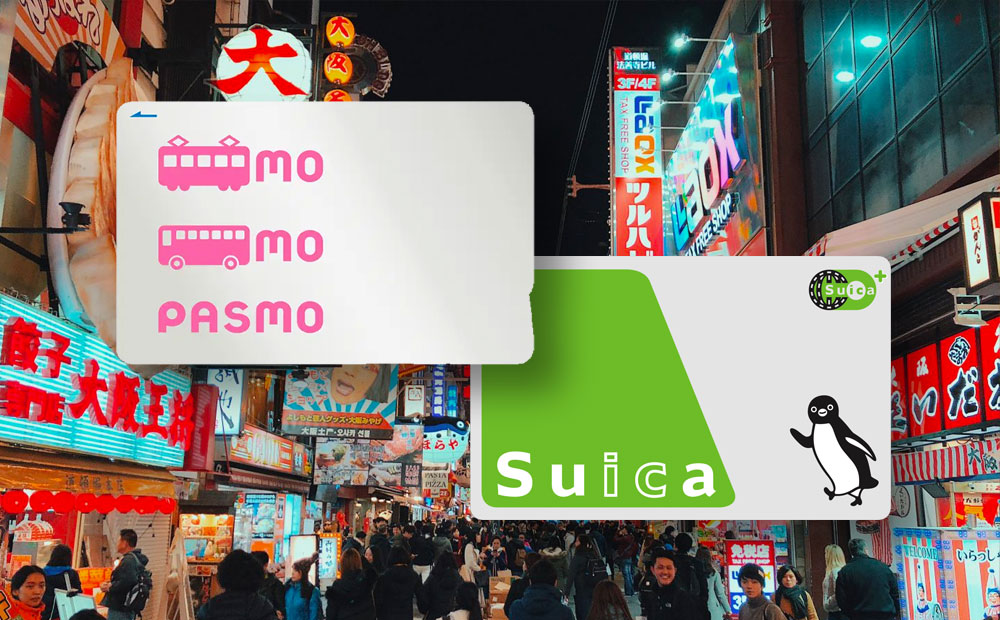
Local trains in Japan run on IC (Integrated Circuit) Cards as method of payment. In Tokyo, you can get either SUICA or PASMO IC card. In Osaka, they are called ICOCA. But don’t you worry about the different names – they are all the same thing, and there is no difference whatsoever in which one you get, aside from the name.
On top of that, all IC cards can be used interchangeably across different cities. For example, you could use SUICA in Osaka and you can also use ICOCA in Tokyo and other cities.
Whichever IC Card you choose, this card will be your lifeline during your stay. This card allows you to tap in and out of each train station without having to buy a ticket every single time you take a train. And because everyone has an IC card in Japan, you can even use your card balance to buy things from convenience stores and even vending machines. Whenever the balance is running low, you can easily refill the card using cash or credit card at any train station.
Virtual IC Card – How to use your iPhone as an IC Card in Japan
Good news for iPhone users – IC cards have gone virtual and you can use your phone as an IC card! This makes everything even more convenient, as you can refill the balance via your phone without having to go to the station.
Virtual IC Card: Check out my post on how to use IC Card from your iPhone!
Note that you do not even need to buy a physical IC card to do this, just start the process straight from your phone! However, if you DO have an existing physical IC card, you can transfer the balance to your phone. Your existing card will then stop working and you can only use your phone as an IC card from that point onwards.
5. Taking a taxi in Japan
Taking a taxi is not usually the preferred way to go around Japan due to the high cost, especially in cities like Tokyo where the train system could get you to many places for an affordable fare. But, it is sometimes the only option if you’re traveling late at night when the trains are no longer operating, or traveling with children or the elderly.
Taxi in Japan is a white glove service. The driver will treat you very well and help you with everything. Taxi doors will also open and close automatically, so you don’t need to open and close them manually. And please remember, no tipping!
Taxis should be easy enough to find in Japan. Look out for taxi stands outside of the train station, or you can try flagging down a taxi on a major road if their sign is red (indicating they are vacant and open for passengers). Make sure the license plate is green, which means it is an officially licensed taxi.
Additionally, you can use GO taxi app to call for a taxi. It works the same way as how you would order a rideshare car from Uber – you just need to specify your desired pick-up and drop-off point.
Seasons in Japan: When is the best time to go to Japan?
While I think Japan is great to visit most of the year, the most popular time to visit is in Spring during Sakura time from mid-March to early April, or in Autumn during Momiji time from mid to end of November.
Take note of the major holidays in Japan, most notably Golden Week (first week of May) and Obon (August 13-16). You might want to avoid these dates since there will be an increase in domestic tourism.
A non-local holiday that will also affect level of tourism in Japan is Lunar New Year, which attracts an increased number of tourist from China, because it is a long holiday.
There are 24 ways to express seasons in Japan (called Sekki), I won’t get into that much in detail. Here is a rundown of the four major seasons in Japan:
1. Winter (December to end of February)
The weather during these few months will be cold, but most days will be sunny and pleasant. If you want to see Mount Fuji, this is the season with the highest visibility of Mount Fuji. And, if you’re a skier or snowboarder, you can hit the famous ja-pow in Hokkaido! Having visited Japan three times during winter, I do believe winter is one of the best times to visit.
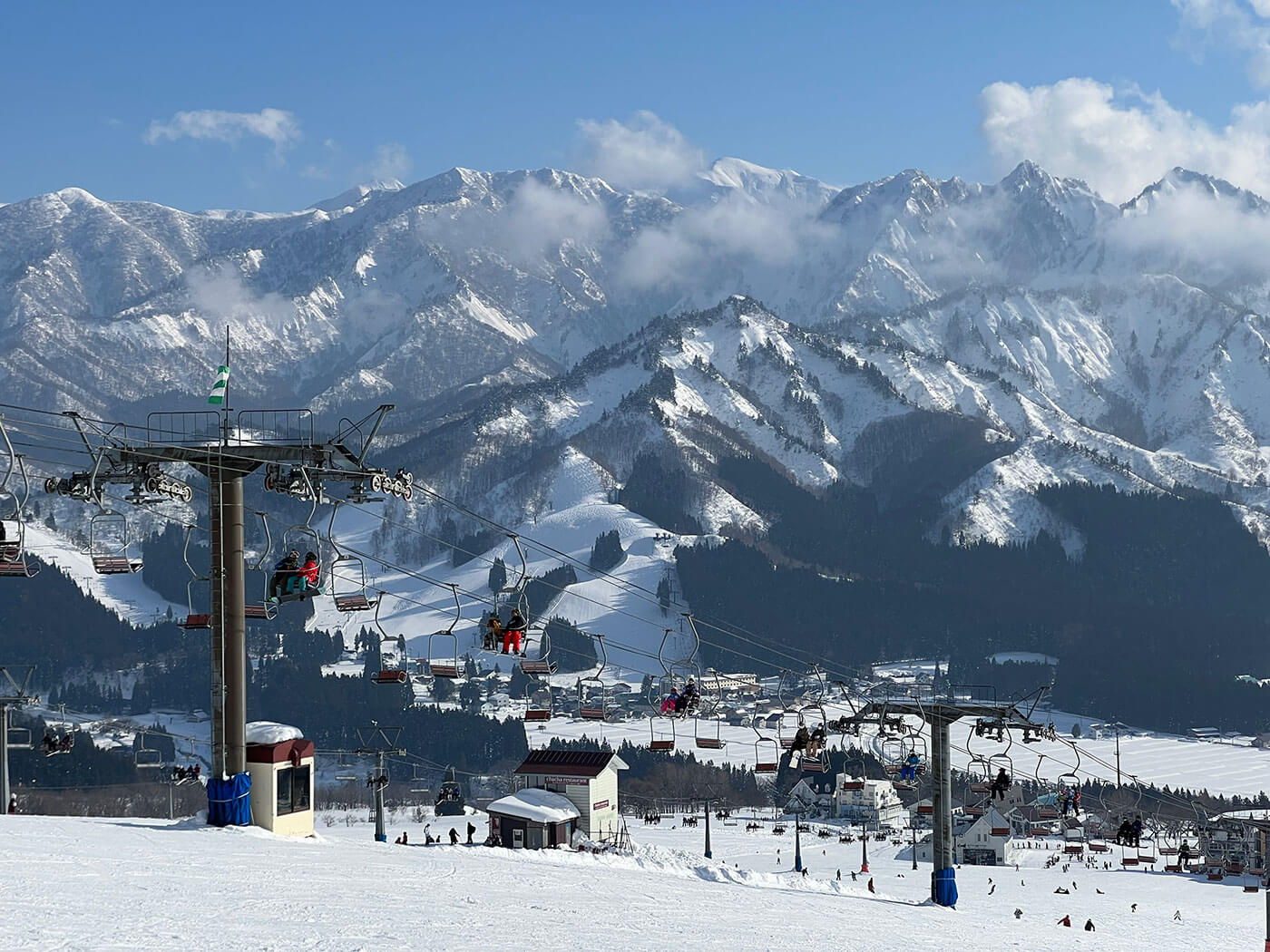
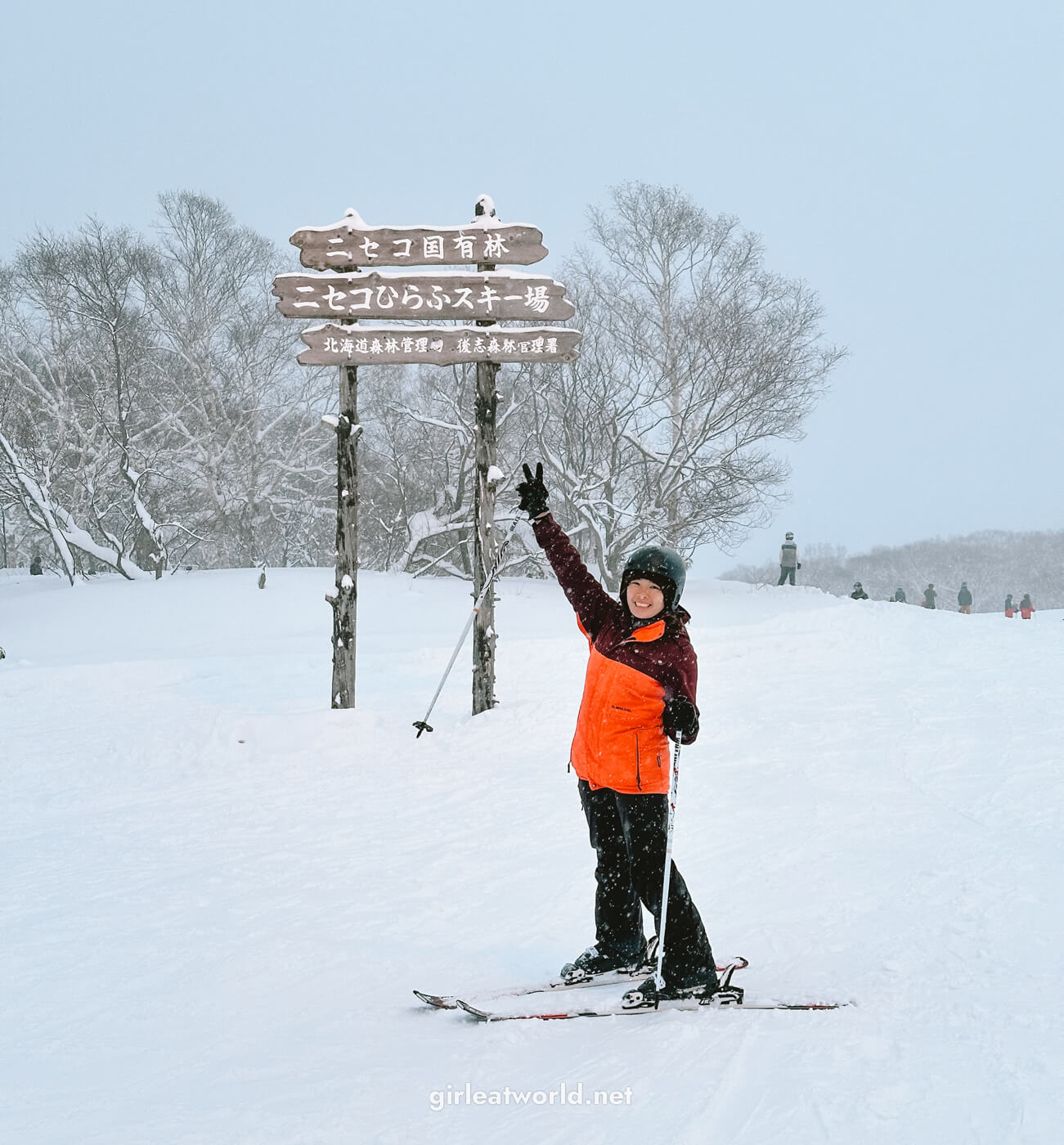
When February rolls in, you might witness Plum Blossom which can be easily confused with Sakura (Cherry Blossom). Cherry Blossom is more popular, but I think Plum Blossom is just as beautiful. The color of the plum flowers is not just pale pink – it can be white, pink, or deep pink.
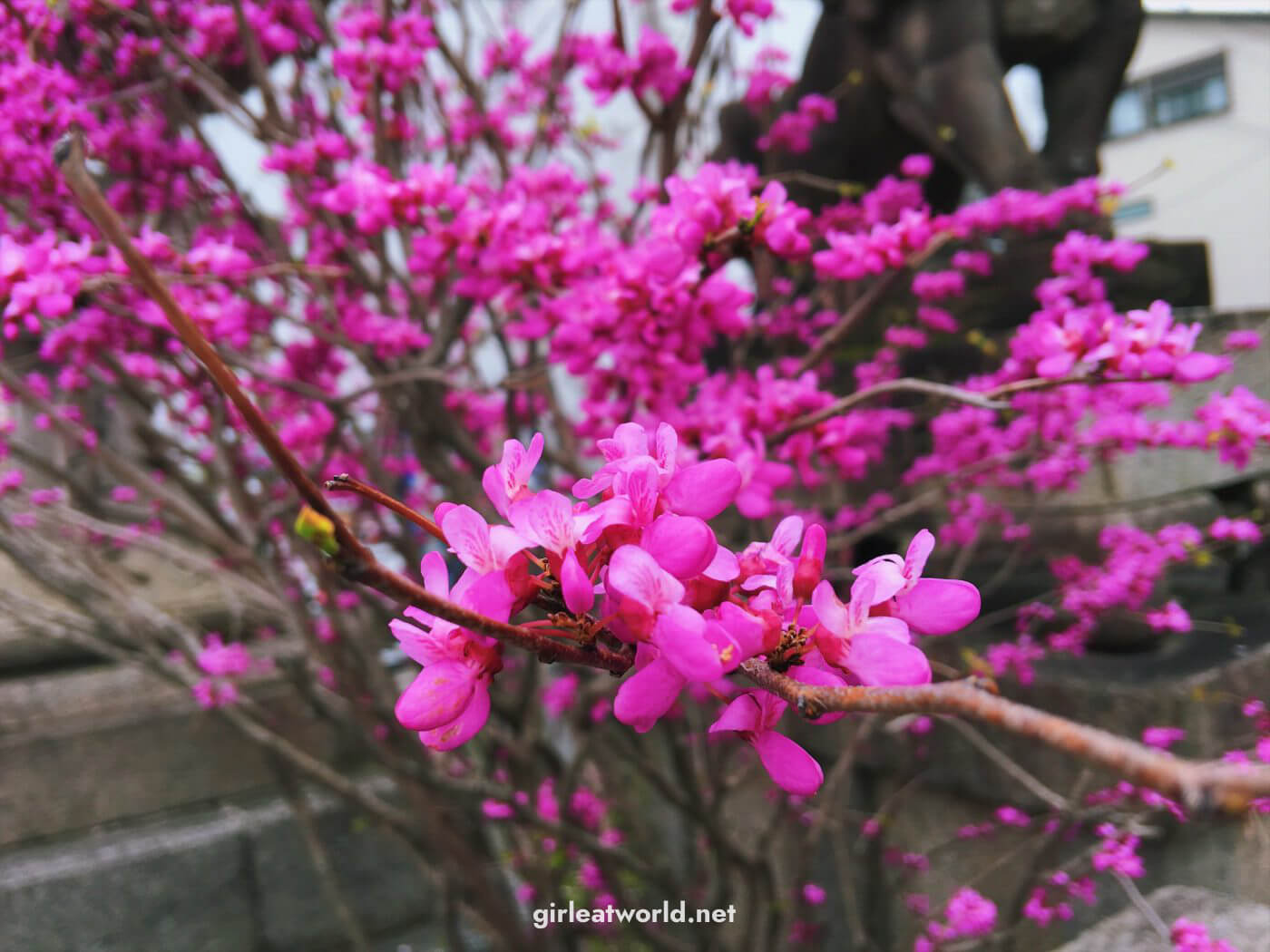
2. Spring (March to May)
Spring is undeniably the most popular time of the year to visit Japan. The weather will be mild and comfortable most of the time. There is a chance of temperature fluctuation if you’re visiting between spring and winter (around March) because sometimes when the temperature gets warmer you think it’s finally spring, the next week temperature could drop again to single digit 🥶
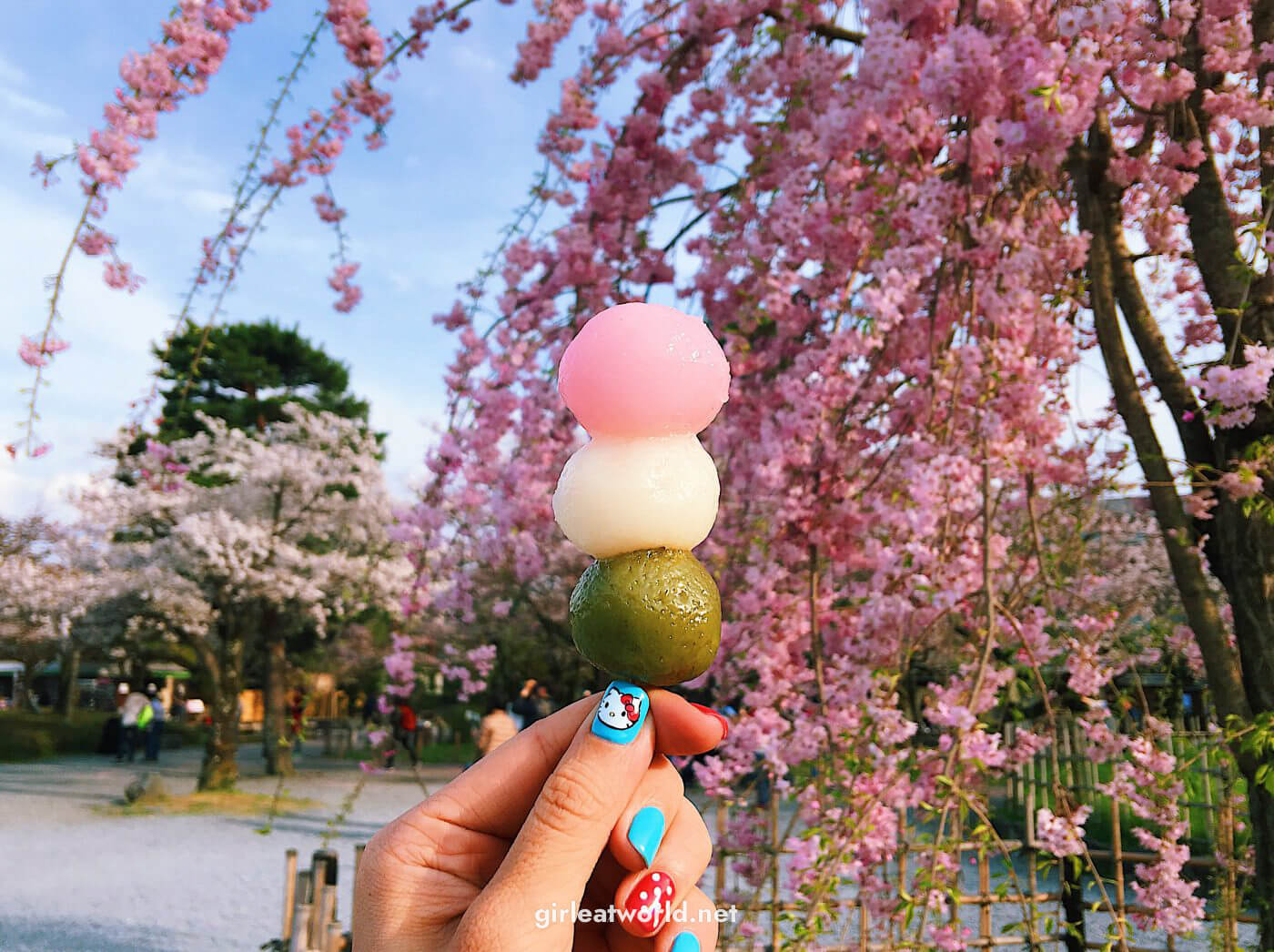
While it is truly beautiful due to the cherry blossom season (called Sakura in Japanese), it is also the most popular time for travel within Japan. You’ll be nudging elbows with both international and domestic tourists.
Golden Week, one of the major holidays in Japan, takes place on the first week of May, which will see an increase of domestic tourism and business closures.
3. Summer (June to September)
Summer in Japan is hot, and humid, and brings rain and a chance of storms, or even typhoon. The hottest month of the year falls in August and I highly suggest to avoid visiting Japan then.
But for other months, while the weather may not be the most ideal, there are still great things to do in Japan during the summer. Music festivals like Fuji Rock and Summer Sonic typically happen in the summer.
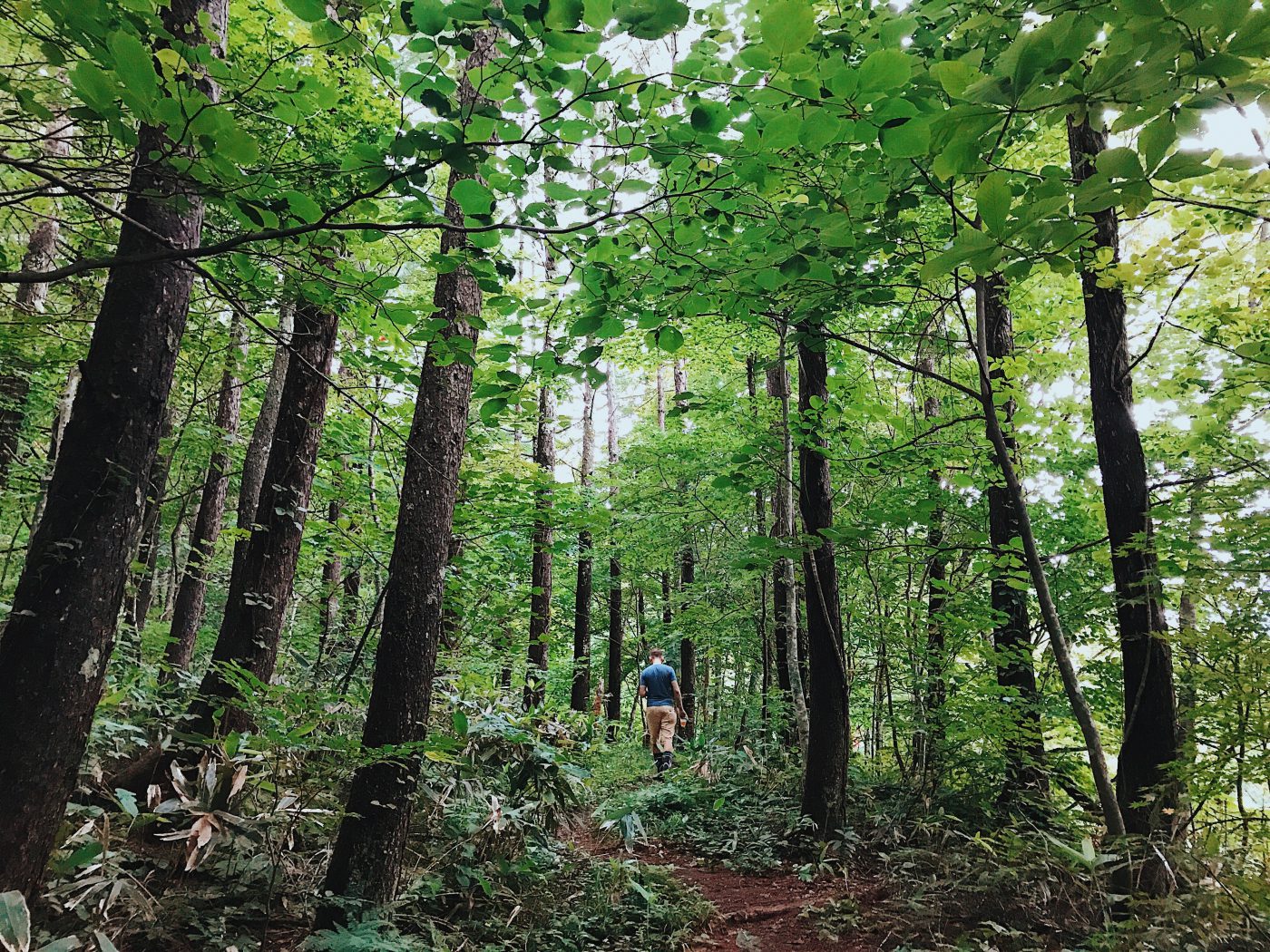
The summer months are also filled with Natsu Matsuri, aka traditional Japanese summer festivals. The biggest one is Obon in August, which drives domestic tourism to high levels since it’s an extra-long holiday for the Japanese.
Summer is also the perfect time to explore nature in Japan. Going to the mountains, hiking or playing in the river is common activity for locals when it’s hot and humid.
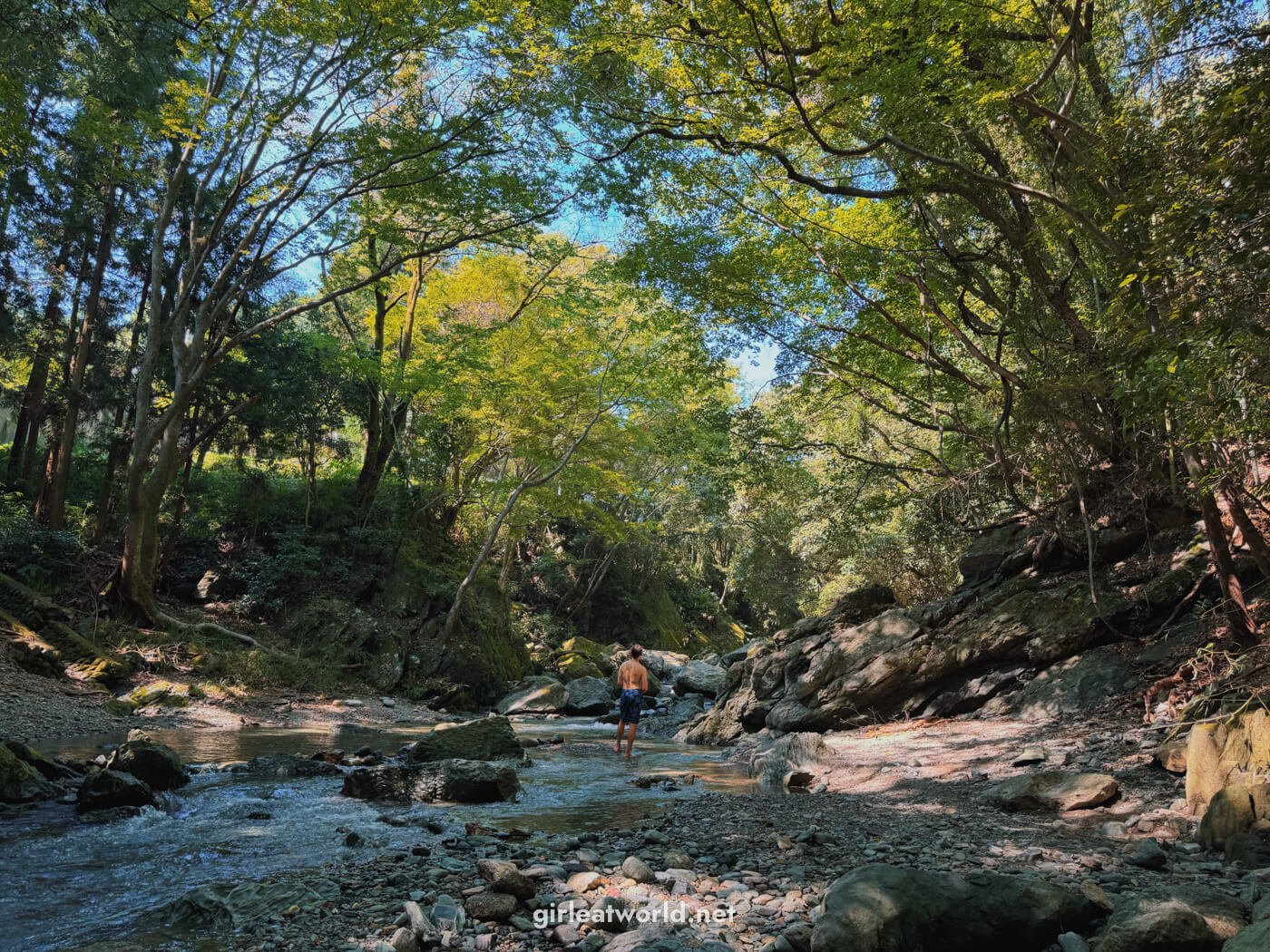
Take note of the typhoon season which tends to happen from July to October, with August and September being the peak typhoon season. I was in Tokyo in October 2019 during typhoon Hagibis which led to the cancellation of the Rugby World Cup, and I have to say… it was quite an experience seeing the Tama river swell up and Tokyo’s famous storm drain system being tested to the max.
4. Autumn (October to early December)
Autumn is the second most popular season to visit Japan after spring. Momijigari, the act of hunting down beautiful autumn leaves, is one of Japan’s long traditions.
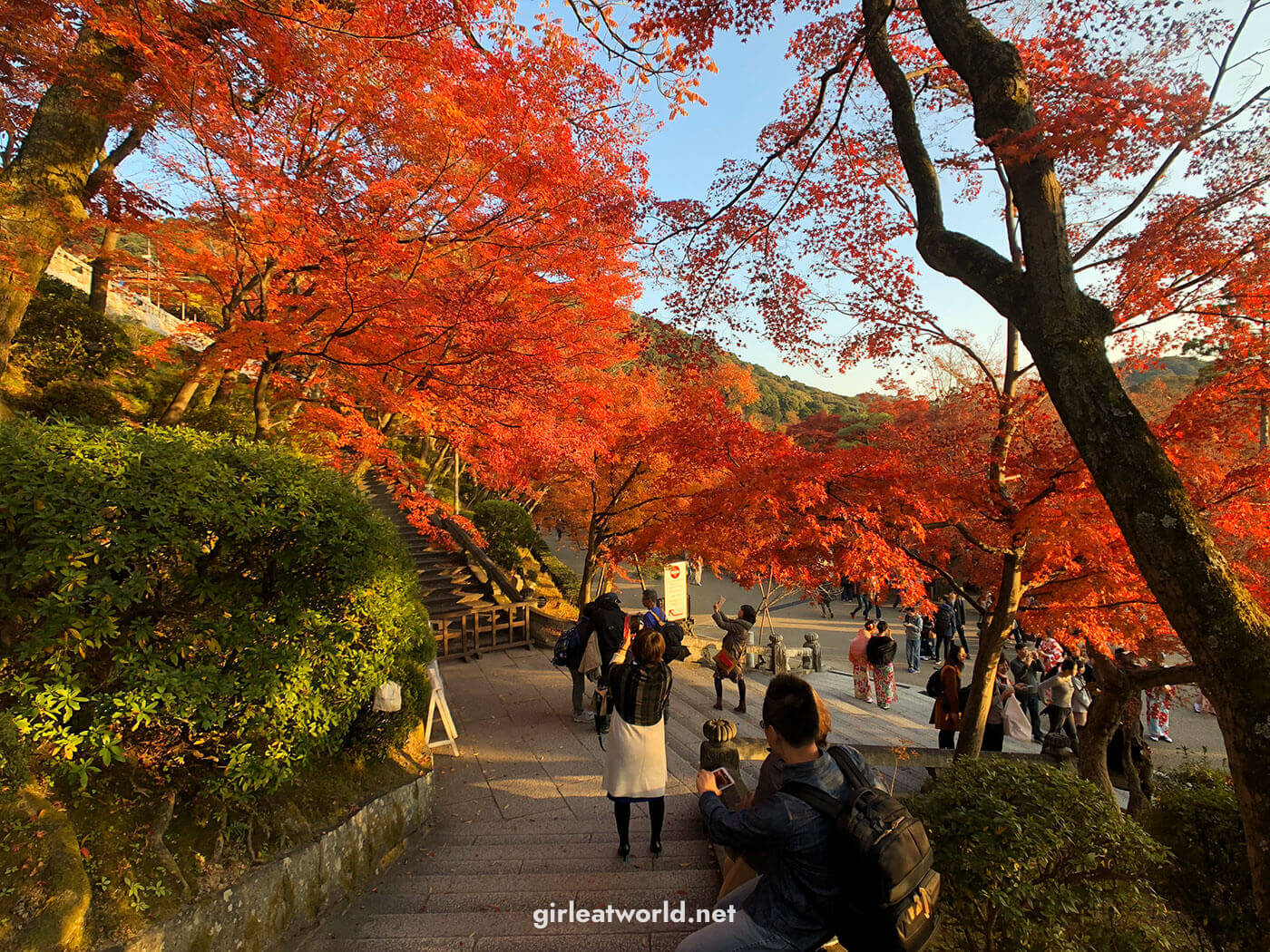
Typically, autumn leaves will peak at the end of November, but in an unusually hot year, it could peak in early December as well.

Autumn is definitely one of the most beautiful time to be in Japan. It’s starting to get cold, but not yet winter so you can still dress moderately warm.
Costs in Japan: How much does a trip to Japan cost?
I have been asked a few times how much a trip to Japan cost. Well, that’s like asking how long is a piece of string. It depends on what you plan to do, how many cities you plan to go to and what type of accommodations you’re staying in.
I’ll do a more detailed breakdown someday, but for now, here are some quick estimates:
- Simple meals from convenience store: 300 to 1,000 yen per meal
- Meals at a restaurant: 1,500 to 2,500 yen if you go to regular restaurants
- Coffee: 600 – 800 yen
- Accommodation: depends on what you’re booking and which area, but I would budget for about 20,000 yen a night for a decent hotel that can fit 2 people.
- Transport: about 800 – 1,000 yen a day if using the train
The 10-Day Golden Route Itinerary for Japan First-time Visitors
The Golden Route is a popular travel route that showcases the best of Japan – from the vibrant metropolitan cities to beautiful nature and quaint traditional towns that Japan has to offer. While there are many things to see in Japan, I still recommend first-time visitors follow the golden route to get the essential Japan experience. After all, it is a tried and true itinerary!
Here is how I would go about traveling through the golden route if I had 10 days in Japan:
- Day 1 to 3: Tokyo
- Day 4 to 5: Hakone or Mount Fuji (Lake Kawaguchi)
- Day 6 to 7: Kyoto
- Day 8: Nara
- Day 9 to 10: Osaka
Day 1 to 3: Tokyo
Tokyo is Japan’s capital city and the largest metropolitan city in the world. It serves as the perfect starting point for your Japan adventures. And, there are plenty to do here too!
🗼 Tokyo Travel Guide: Wondering what you can do in Tokyo? I’ve written a very extensive post about visiting Tokyo, including itineraries and activities to do during your stay. Please check out my Tokyo Travel Guide!
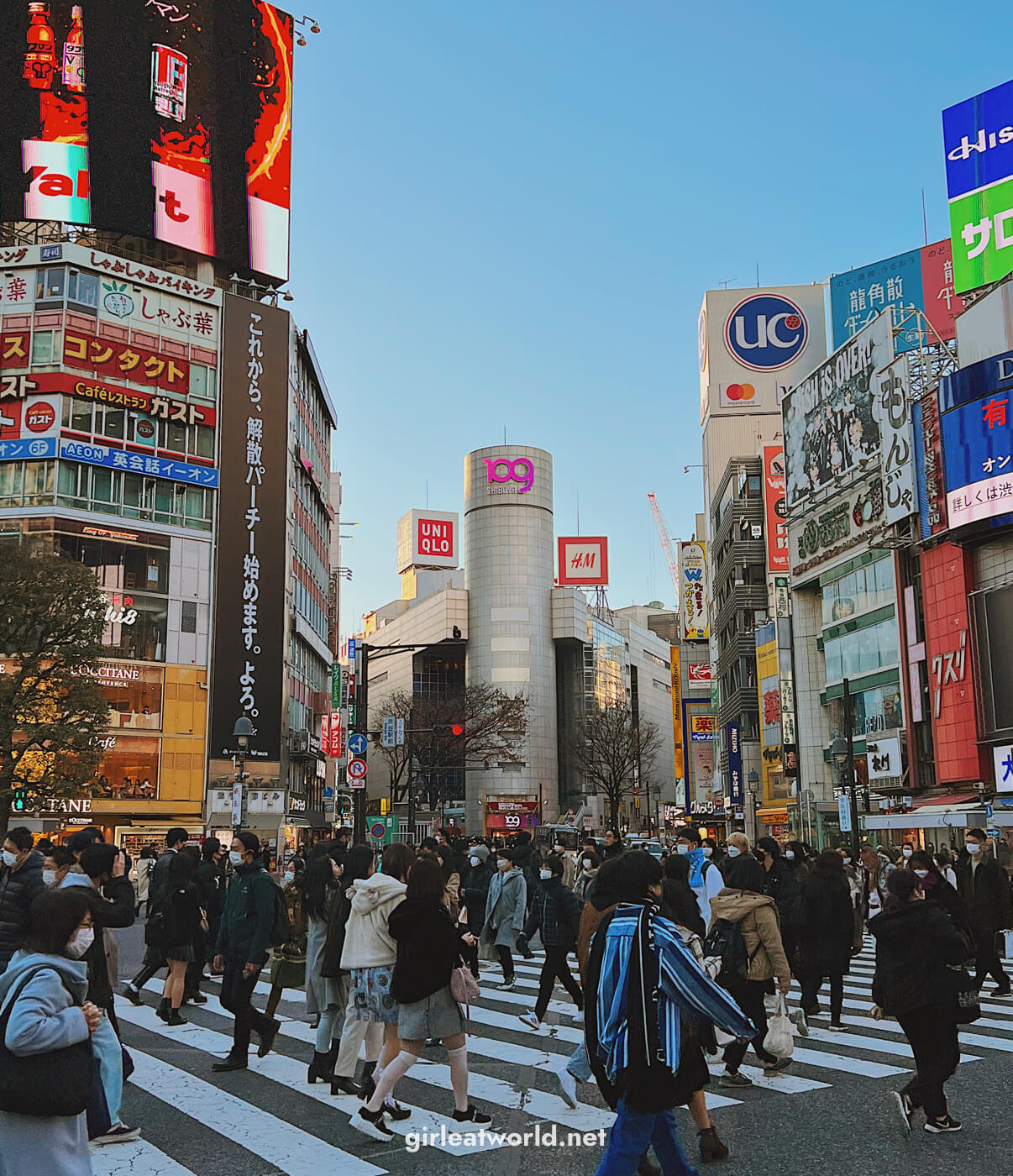
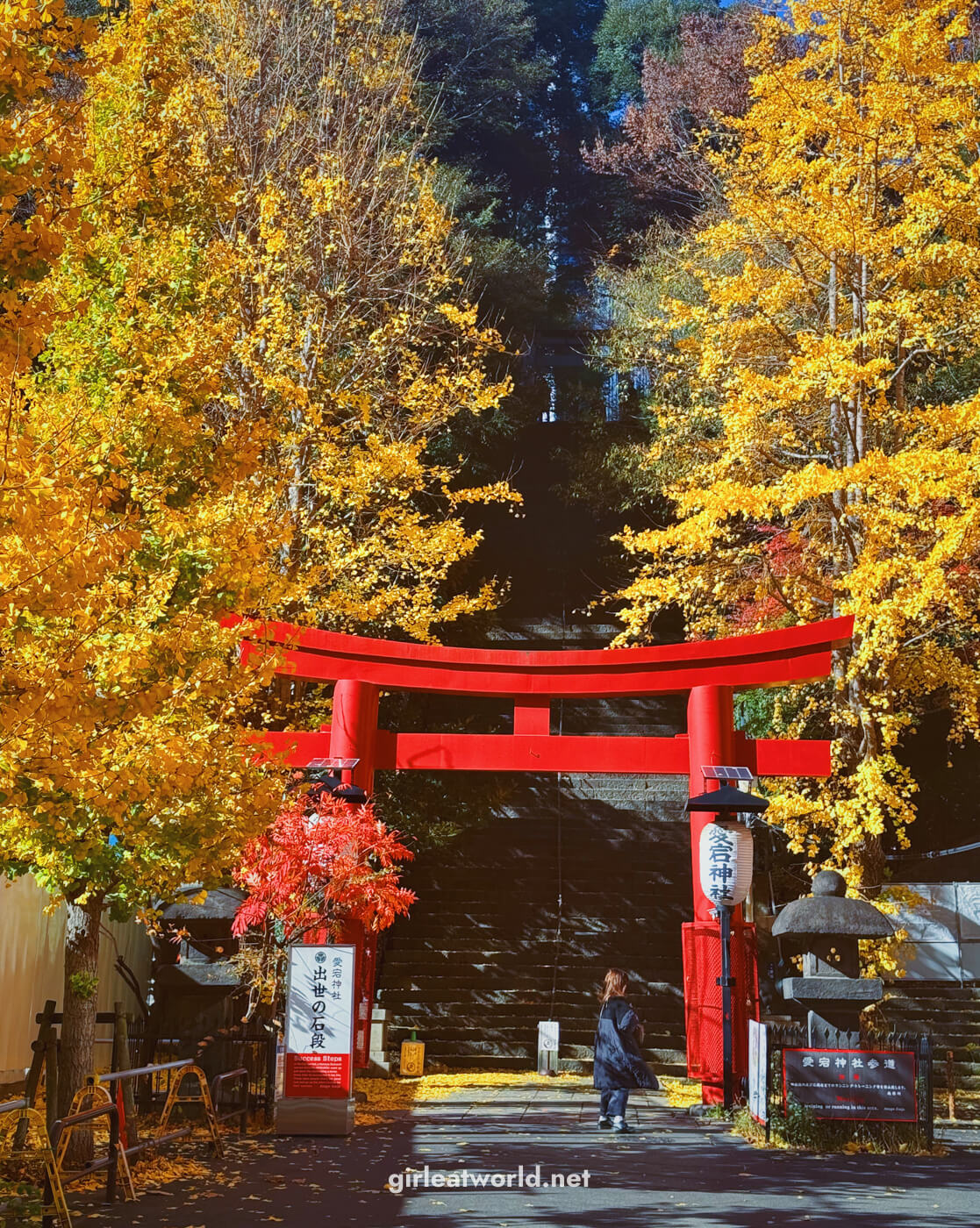

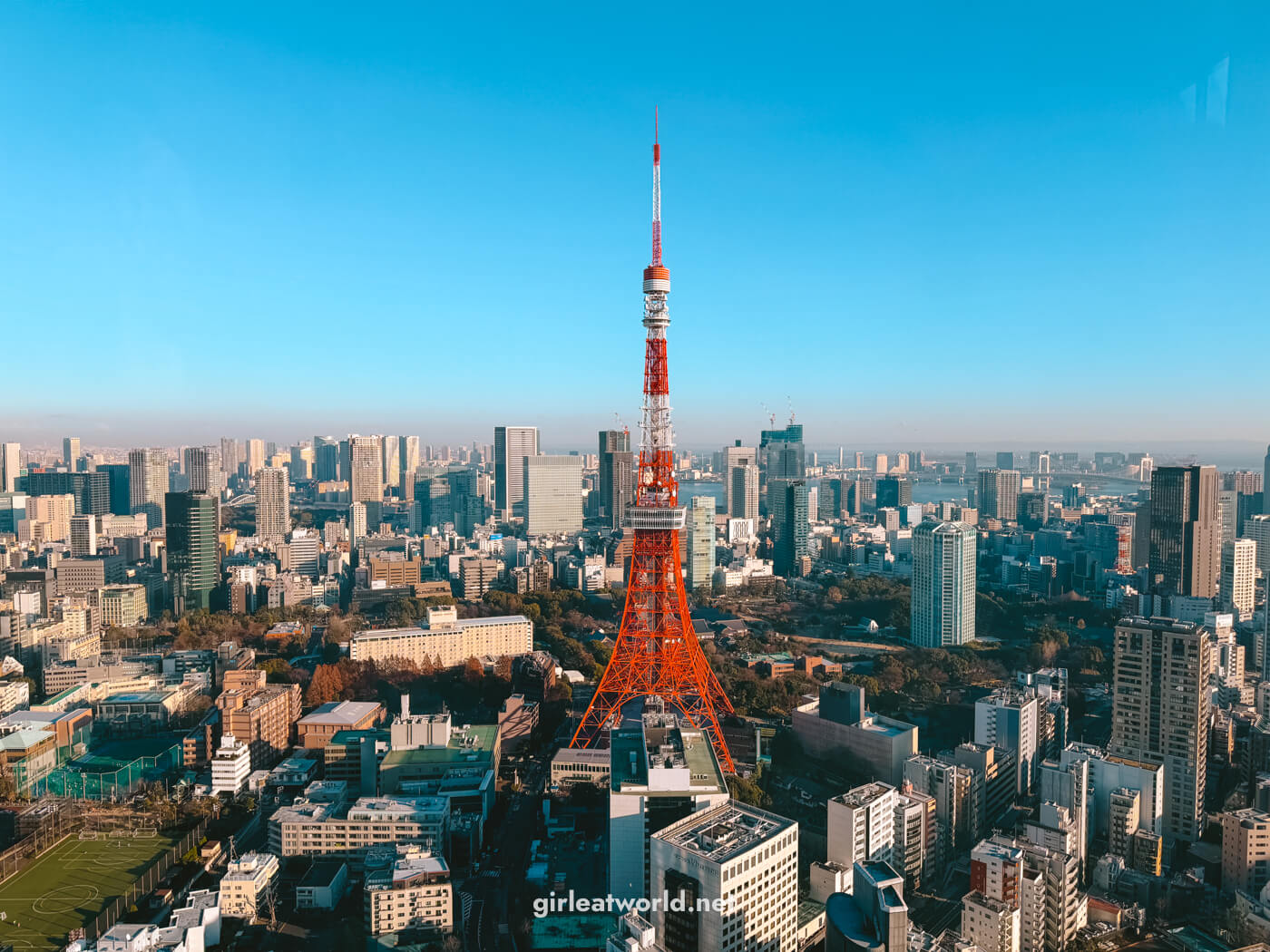
I recommend flying into Haneda Airport instead of Narita if you can. Haneda Airport is close to the city center and would make it easier for you to journey into the city. From Haneda, you can take the local train to the station closest to your hotel, or you can book a Private Transfer from and to HND to save the hassle.
That said, Narita isn’t a terrible option too. It’s pretty easy to get to Tokyo from Narita, it will just take you a bit more time. If you are arriving from Narita, you’ll want to take Narita Express, or Tokyo Keisei Skyliner to Ueno, whichever one is closest to your hotel. Of course, you can also take a private transfer from Narita, which is what I did on my last visit to Tokyo just so I don’t have to deal with the hassle.
I recently took Narita Express to catch my flight from Narita Airport. Here is my review of the green car on Narita Express.
Once you’re in the city, here is an example of how you can break up three days in Tokyo:
Day 1: Walk through Yoyogi Park, Harajuku, Omotesando, and Roppongi
The best way to explore Tokyo is on foot. You’ll see so many interesting shops and restaurants while walking around. You can start by taking the local train to Yoyogi Koen station and walking through Yoyogi Park towards Meiji Jingu, a beautiful Shinto shrine in the middle of the park. From there, walk towards Harajuku, then continue on to Omotesando and eventually Roppongi Hills.
➡️ Tip: Read Day 1 Tokyo Itinerary here for a more detailed itinerary of this day and suggestions on where to eat.

Day 2: Explore Shibuya and Shinjuku
Start by heading to Shibuya station, one of the biggest train stations in Tokyo. Try not to get lost and look for exit A8, where you’ll get to see the famous Hachiko statue and Shibuya Scramble. If you’ve booked your tickets ahead of time, you can also check out Shibuya Sky, which in my opinion is the best observatory in Tokyo. Aside from that, Shibuya is great for shopping!
➡️ Tip: Read Day 2 and Day 4 Itinerary from my Tokyo travel guide for a more detailed itinerary of this day and suggestions on where to eat in Shibuya and Shinjuku.

Once you’re done with Shibuya, you can either head to Daikanyama if you want a more chill afternoon, or explore Shinjuku. In Shinjuku, where you can head to Shinjuku Gyoen National Garden for a nice park in the middle of the city. You can also check out Omoide Yokocho at night for some dinner and drinks.

Day 3: Check out Akihabara, Ueno Park, and Asakusa
As a first-time visitor to Japan, stopping by Akihabara Electric Town is a must, where you can see all the quirky things Japan is known for – arcade games, comic books, electronics, and even a maid cafe. Also nearby is Senso-ji, one of the famous shrines in Tokyo. If you’d like to see Tokyo from above, you can also stop by Tokyo Skytree, the tallest tower in the world.
➡️ Tip: Read my Day 3 Itinerary from my Tokyo travel guide for a more detailed itinerary of this day

Where to stay in Tokyo
- Hotel 1899 Tokyo in Shimbashi ($$)
- MUJI Hotel in Ginza ($$$)
- Hotel Gajoen Tokyo in Meguro ($$$$)
Where to stay in Tokyo: Deciding on a place to stay in Tokyo can be overwhelming because it is such a huge city. I’ve written a blog post on how to decide where to stay in Tokyo.
More posts related to Tokyo
I have written a lot about Tokyo. Please feel free to read the following post to help you plan your time in Tokyo:
- Where to stay in Tokyo
- Tokyo Itinerary for first-time visitors
- Shibuya Sky: Is it worth visiting?
- Best Views of Tokyo Skyline: Observation Decks and Viewing Points
- Tokyo Food Guide: 20 Dishes You Must Eat in Tokyo
- Day Trips from Tokyo: Get there in 3 hours and under!
Day 4 to 5: Hakone or Lake Kawaguchi
From Tokyo, I recommend exploring the mountainous region near Tokyo for some nature, fresh air, and a chance to see Mount Fuji from nearby if the conditions are right. Two great options that are easy to reach from Tokyo are Hakone and Fuji Five Lakes. Both take about 1.5 days to explore, so I suggest taking the earliest train in the morning from Tokyo.
I recommend choosing only one of them if it’s your first time visiting Japan rather than trying to do both. You can always come back later for the other one! If you ask me, I think Hakone is easier to fit into the itinerary and more convenient to travel in without a car.
🗻 Will I see Mount Fuji? It’s worth noting that Mount Fuji is notoriously difficult to spot due to high humidity in the area, which invites thick cloud for most of the year. The highest chance to see Mount Fuji is actually in the winter when the weather is dry and crisp.
Option 1: Hakone
Hakone is a mountain town located just a few hours from Tokyo. You can enjoy a view of Mount Fuji, many nature walks, visit shrines, and of course – the crisp mountain air.
➡️ Hakone Travel Guide: Wondering what you can do in Hakone and what itinerary you can follow when you’re in Hakone? Read my Hakone travel guide for everything you need to know.

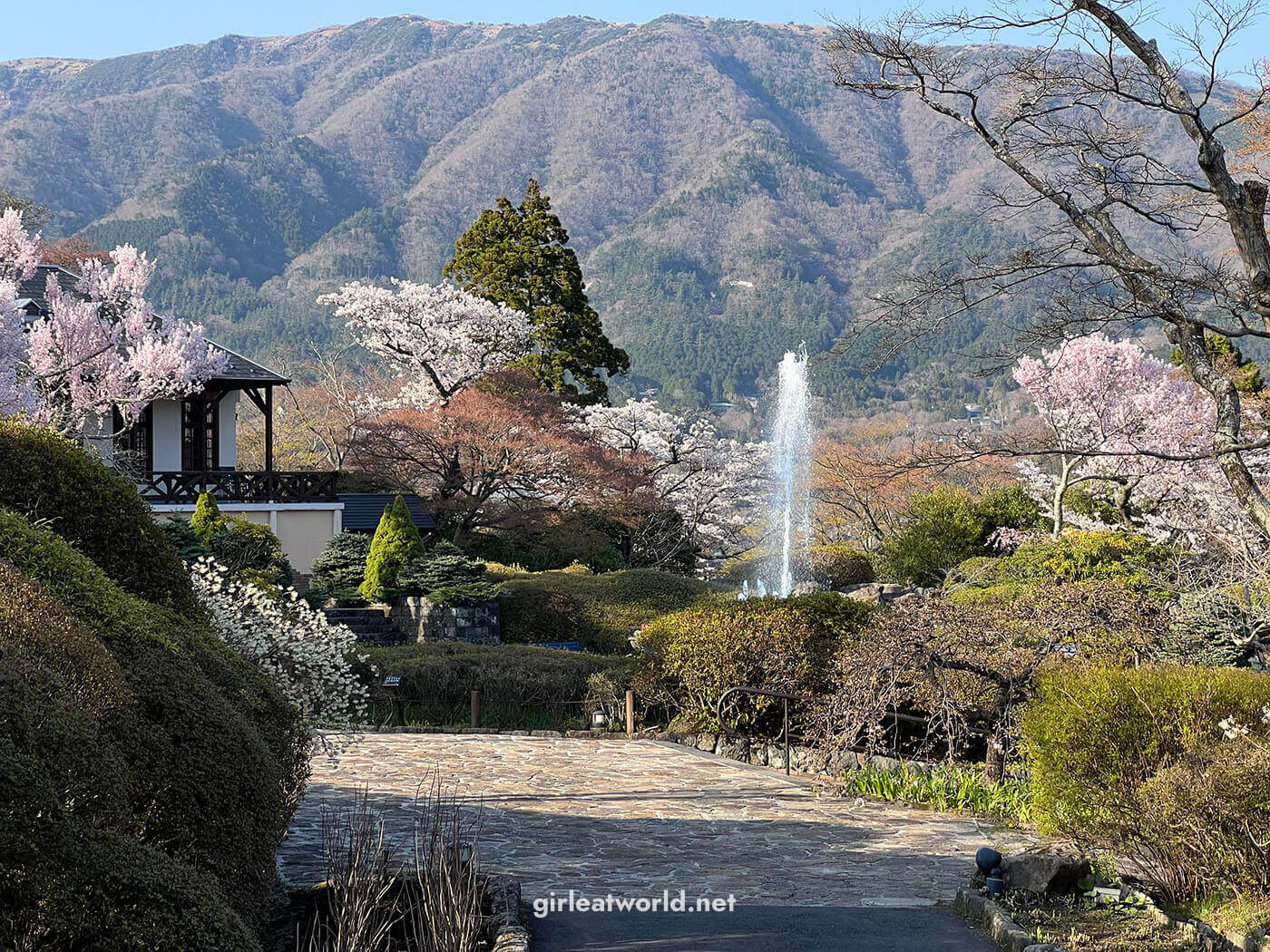
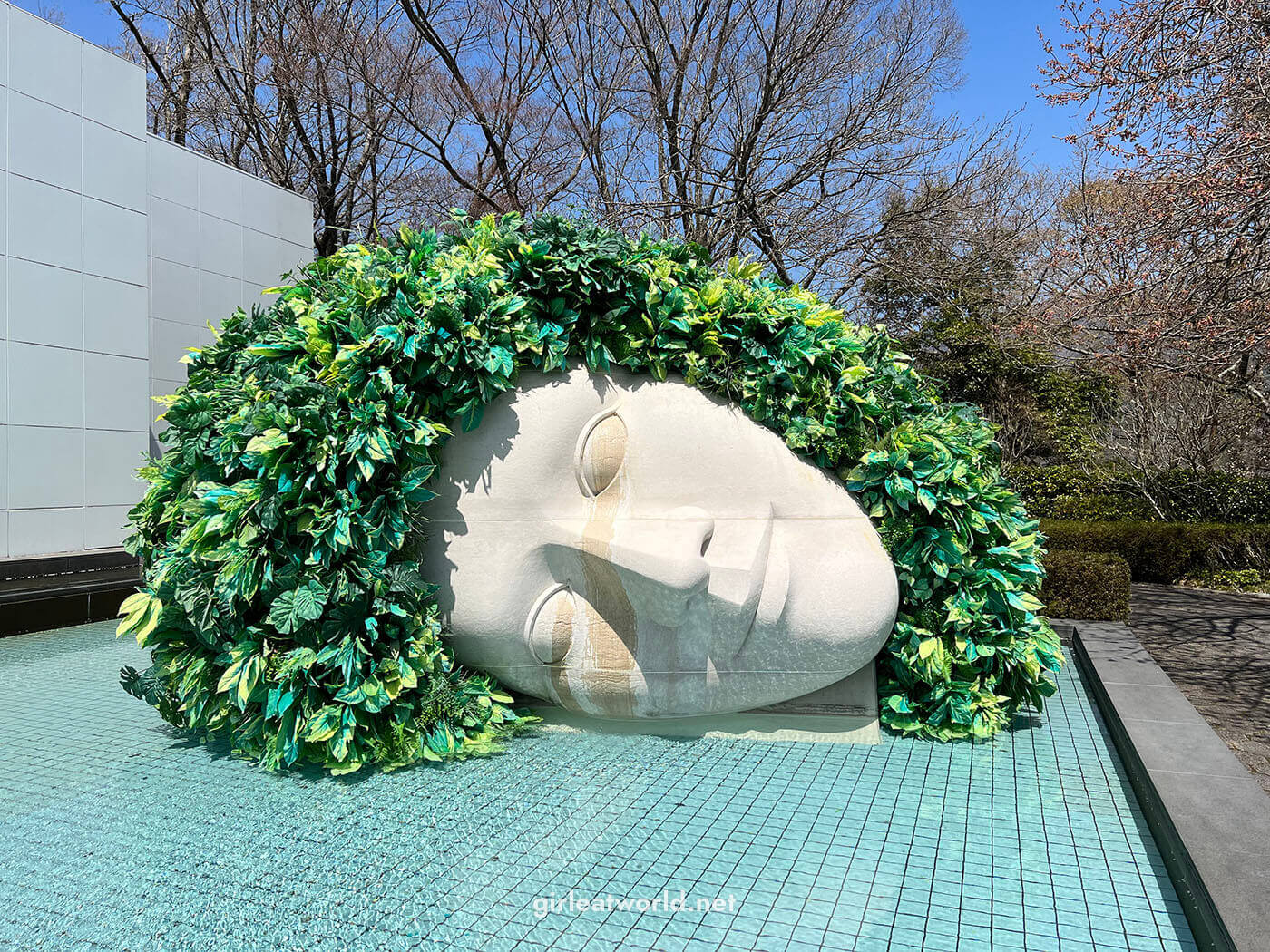
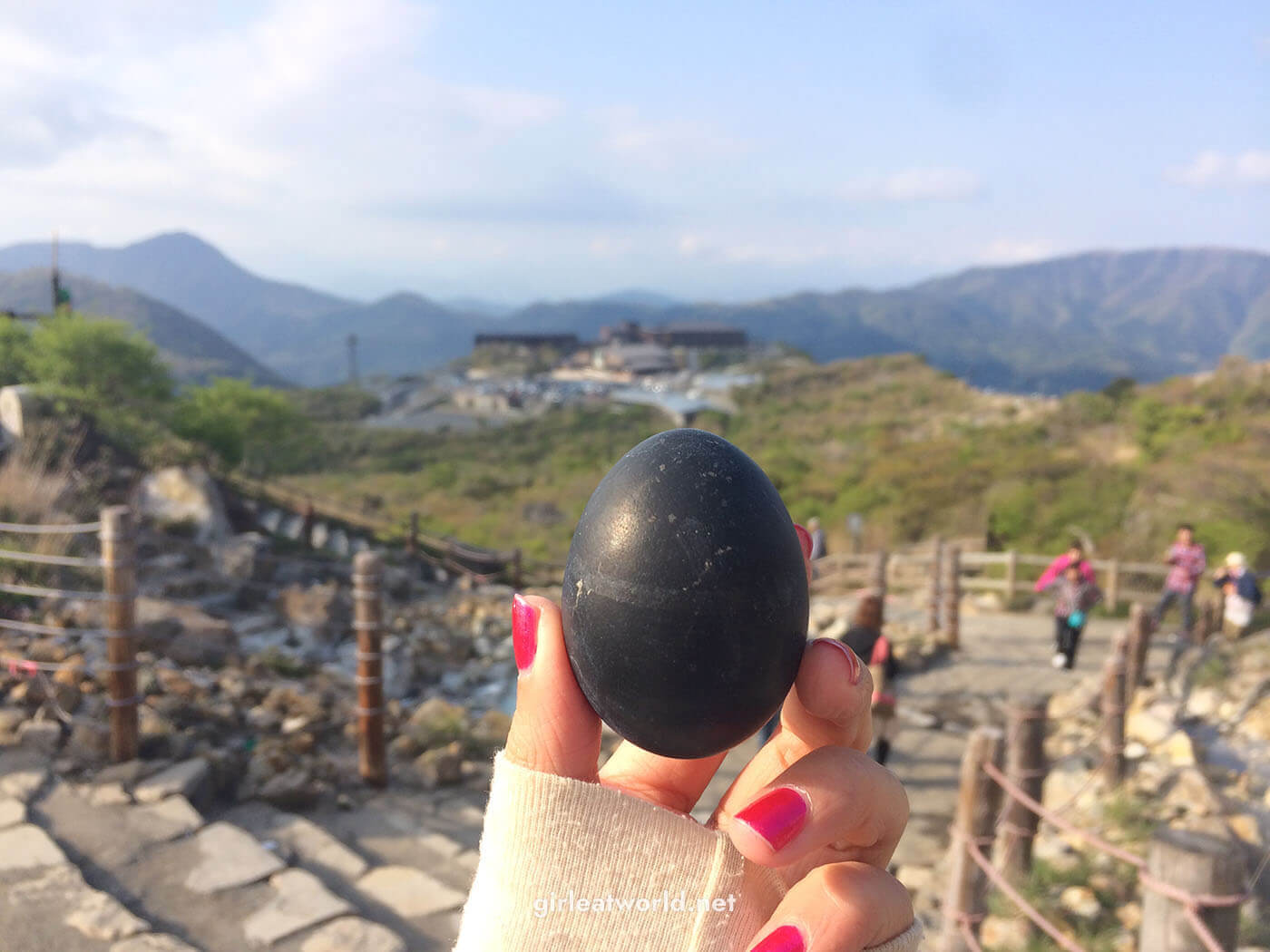
Hakone is very easy to travel in. The itinerary is already made for you – you can follow the Hakone loop, which has been designed to make it easy for tourist to explore Hakone.
Where to stay in Hakone
- Ryokan Masuya ($$)
- Hakone Yutowa ($$$)
- Hakone Gora Karaku ($$$$)
Option 2: Fuji Five Lakes
For some people, the experience of seeing Mount Fuji is a must. Fuji Five Lakes is the closest area to Mount Fuji. In the Fuji Five Lakes area, you can expect to live the slow mountain life – go for some trekking, onsen, and easy walks around the lake.
🗻 Interested in visiting Fuji Five Lakes? You might want to read my Fuji Five Lakes itinerary, which will include everything you want to know about visiting Fuji Five Lakes and what you can do there.

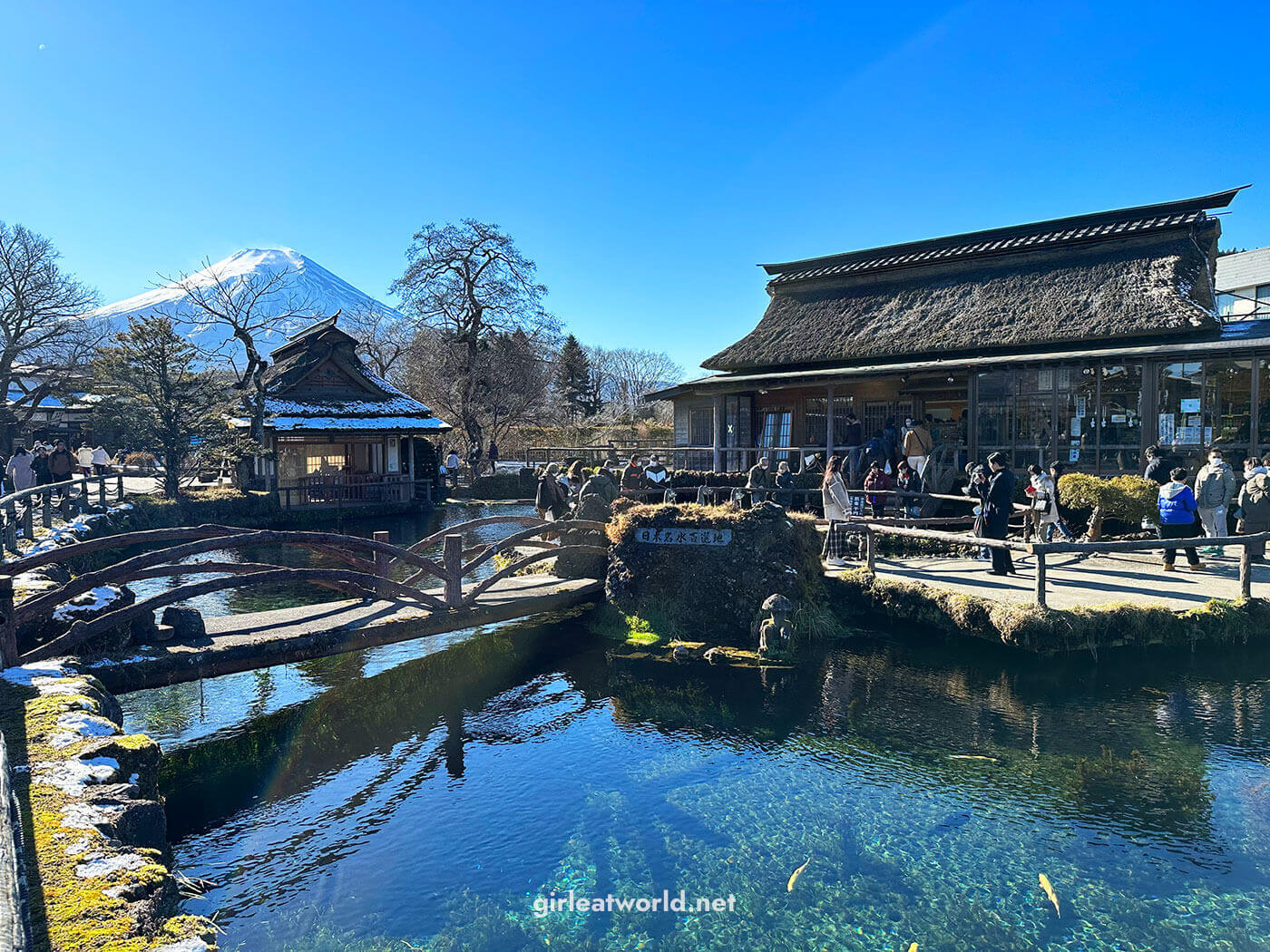
However, if your main goal is to see Mount Fuji, be aware that it is often not visible even from the closest point due to clouds and humidity. Your best bet would be visiting during winter when there tend to be more dry and clear conditions, and Mount Fuji would be visible.
Where to stay in Lake Kawaguchi
Travel time: Getting to Osaka from Hakone
From Hakone, it’s easy to travel to Osaka and Kyoto. Simply head to Odawara station and take the Tokaido Shinkansen to Kyoto. It takes about 2 hours to reach Kyoto.
You could make Osaka your base from Day 6 to 10. Kyoto and Nara is just a short trip away from Osaka and there are frequent trains between the two cities, and hotels in Osaka tend to be cheaper than Kyoto.
Day 6 to 7: Kyoto
I feel that Kyoto needs no introduction – whenever you see Japan being advertised overseas for tourism, I can guarantee they’re using the beautiful visuals from Kyoto.
⛩️ Interested in visiting Kyoto? I’ve written a comprehensive Kyoto Travel Guide here. Be sure to check it out!
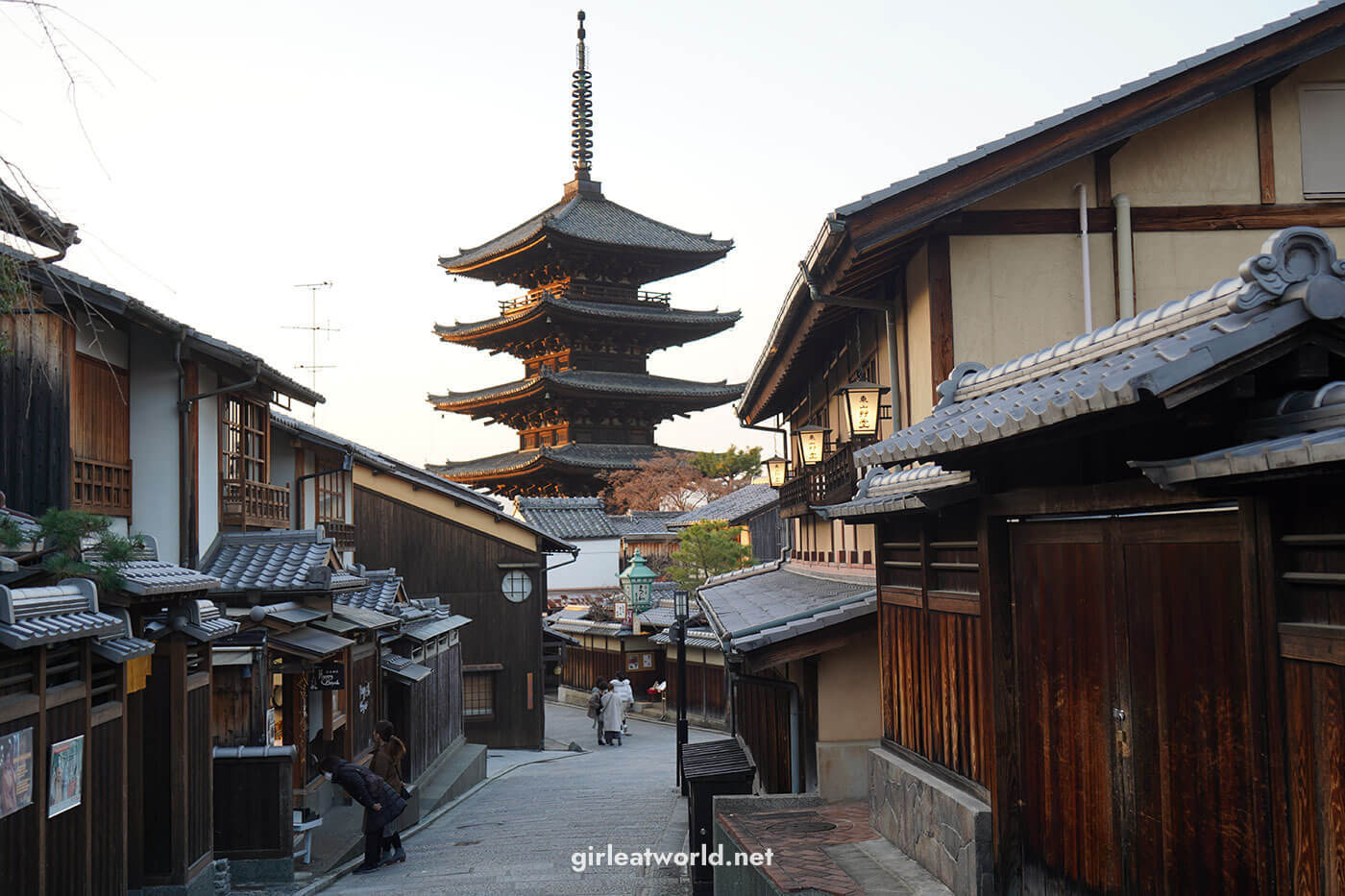
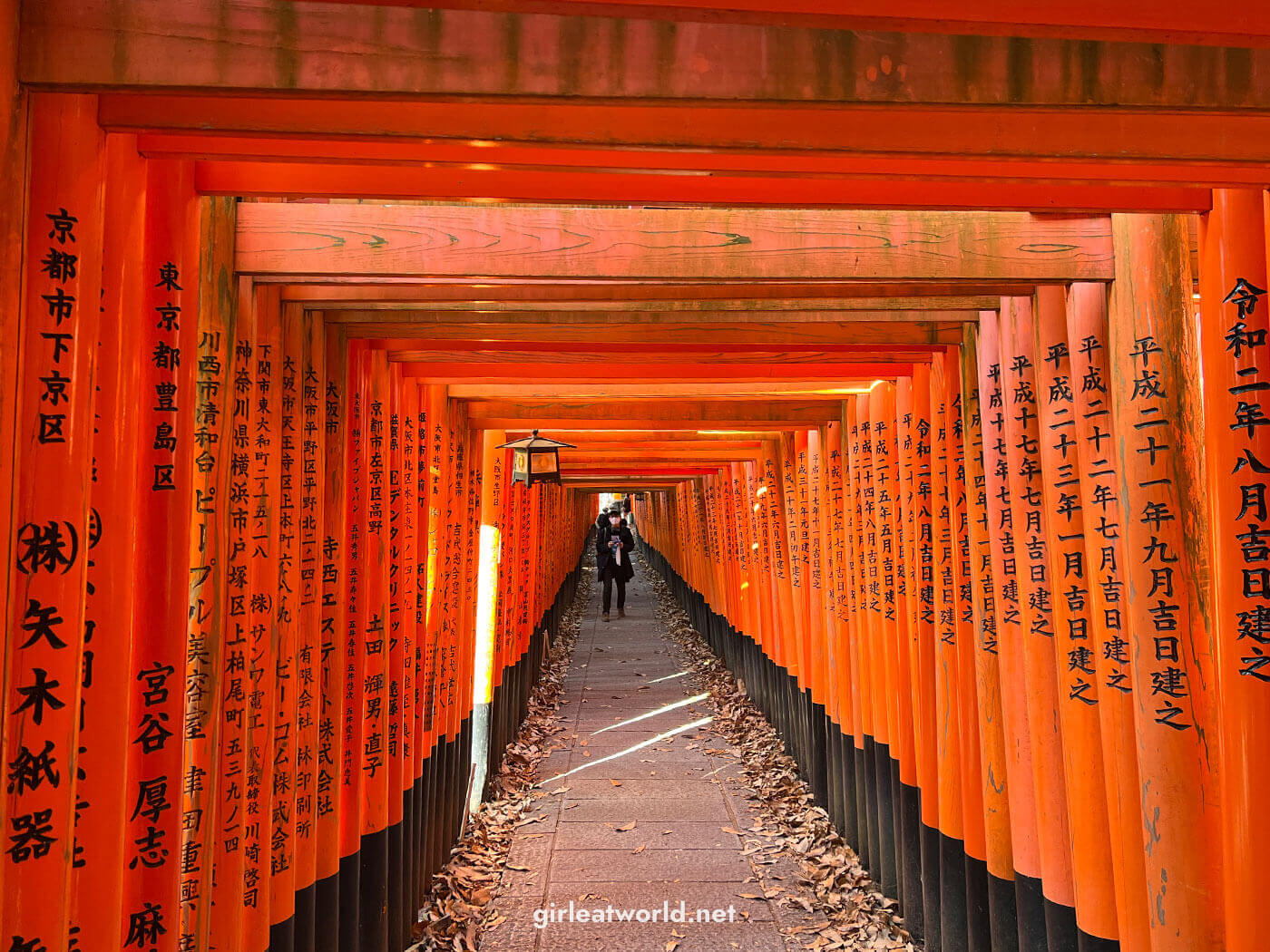
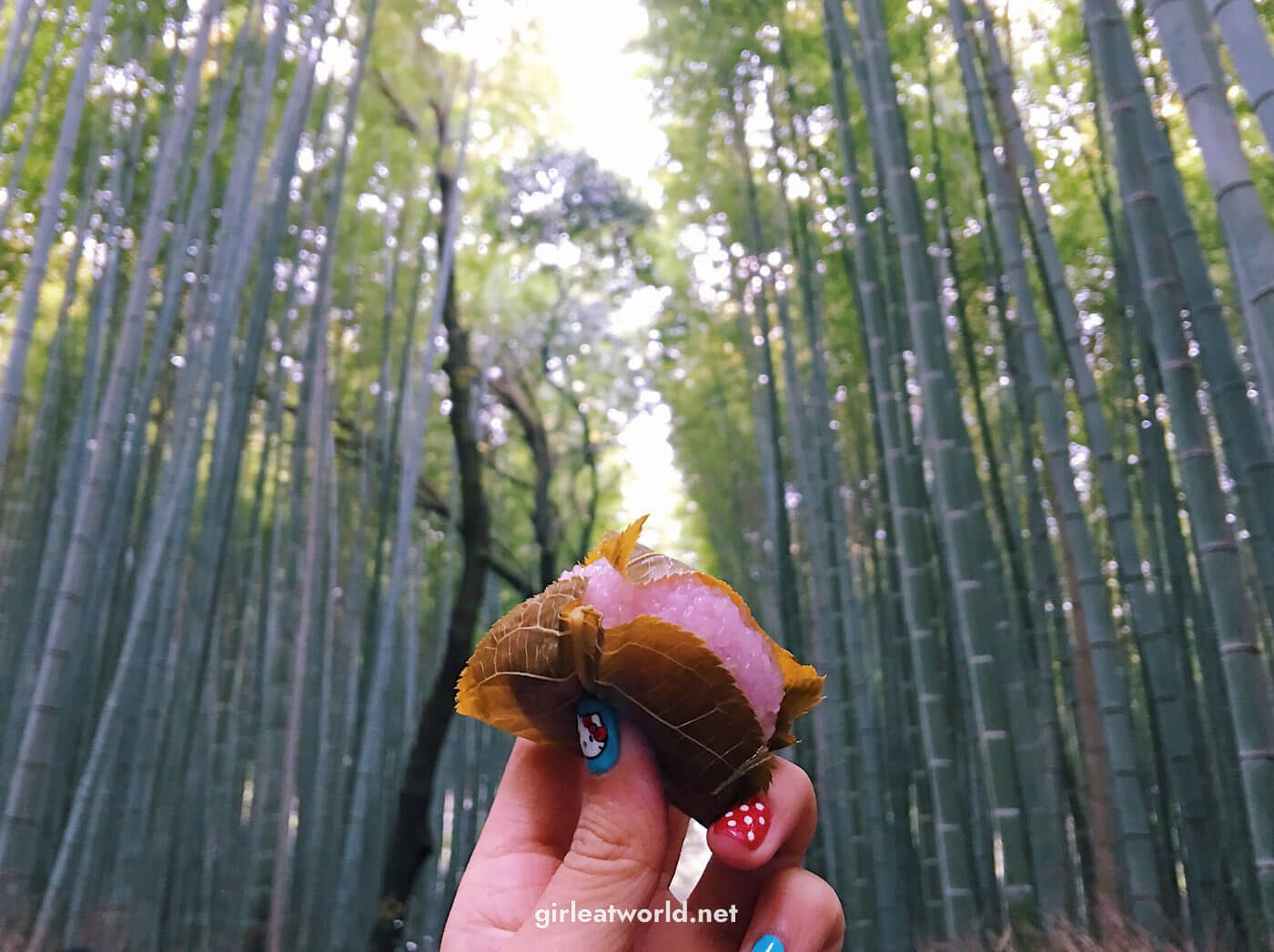
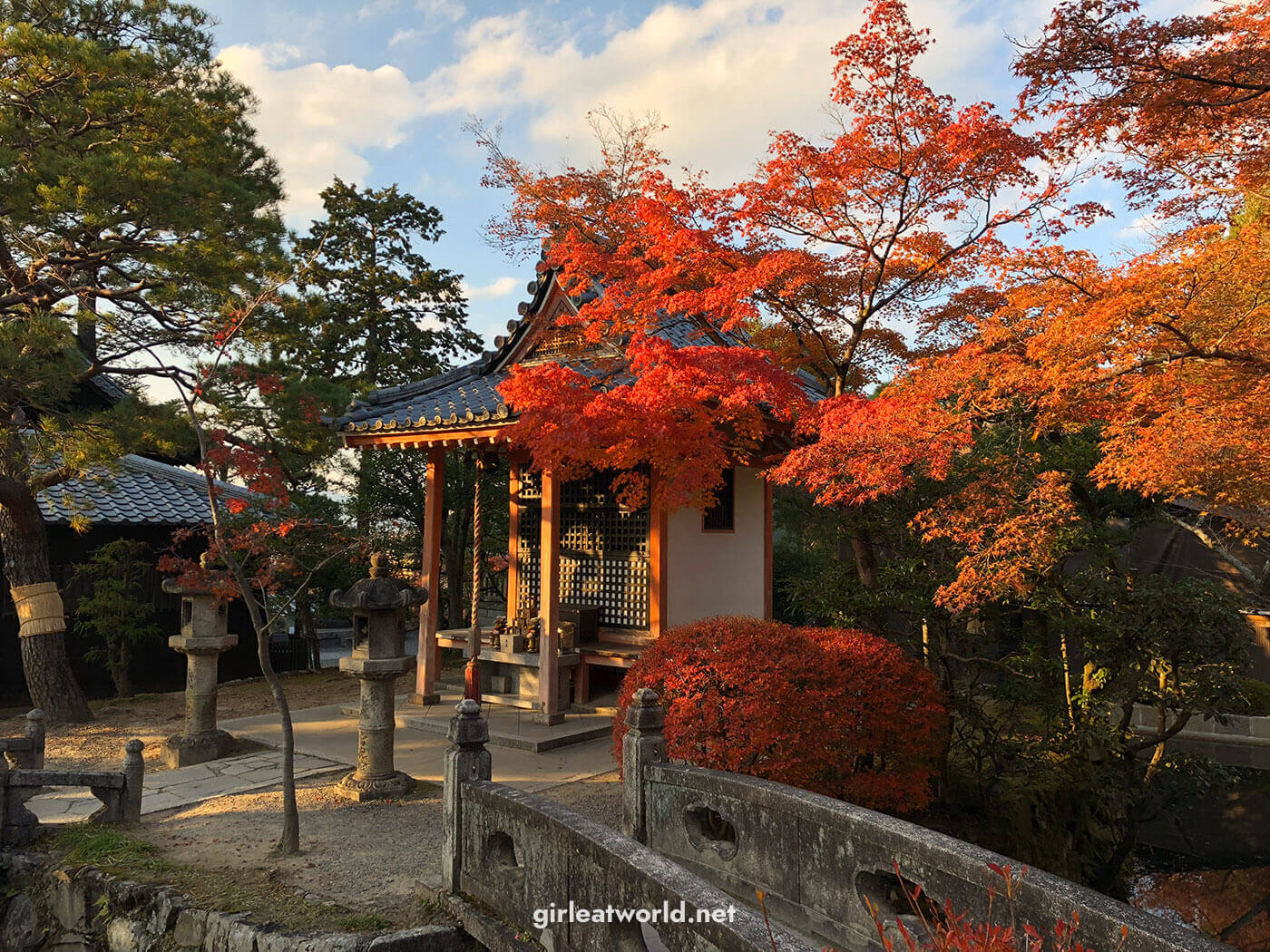
Here is how you can break up your two days in Kyoto:
Day 6: Explore the essentials of Kyoto
You can start your day bright and early and visit the endless rows of torii gates at Fushimi Inari Taisha. After that, head to Kiyomizu-dera, the most famous temple in Kyoto.

Once done with the temple, head for a stroll around Higashiyama district, stopping by Ninenzaka and Sannenzaka for a quaint shopping street filled with souvenirs and street food. If you still have time, head down the Philosopher’s path and walk to Ginkaku-ji.
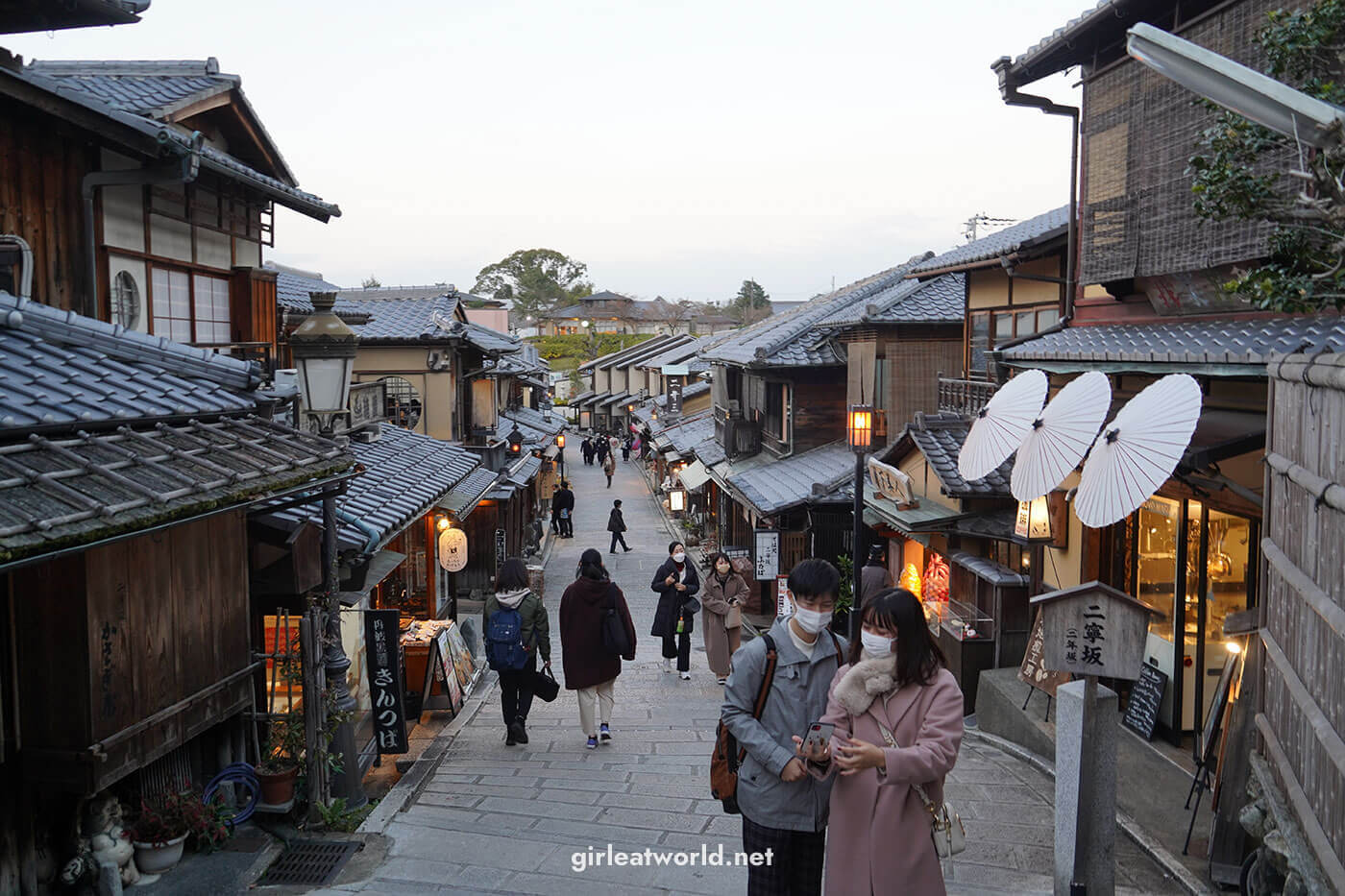
Day 7: Visit Arashiyama
Arashiyama is located in the west of Kyoto. The area is famous for Arashiyama Bamboo Forest and Iwatama Monkey Park. If you have more time, you can also check out Sagano Torokko scenic railway which starts from Arashiyama.
⛩️ Kyoto Travel Tip: Check out my list of Kyoto Itinerary for more information on everything I’ve mentioned above!
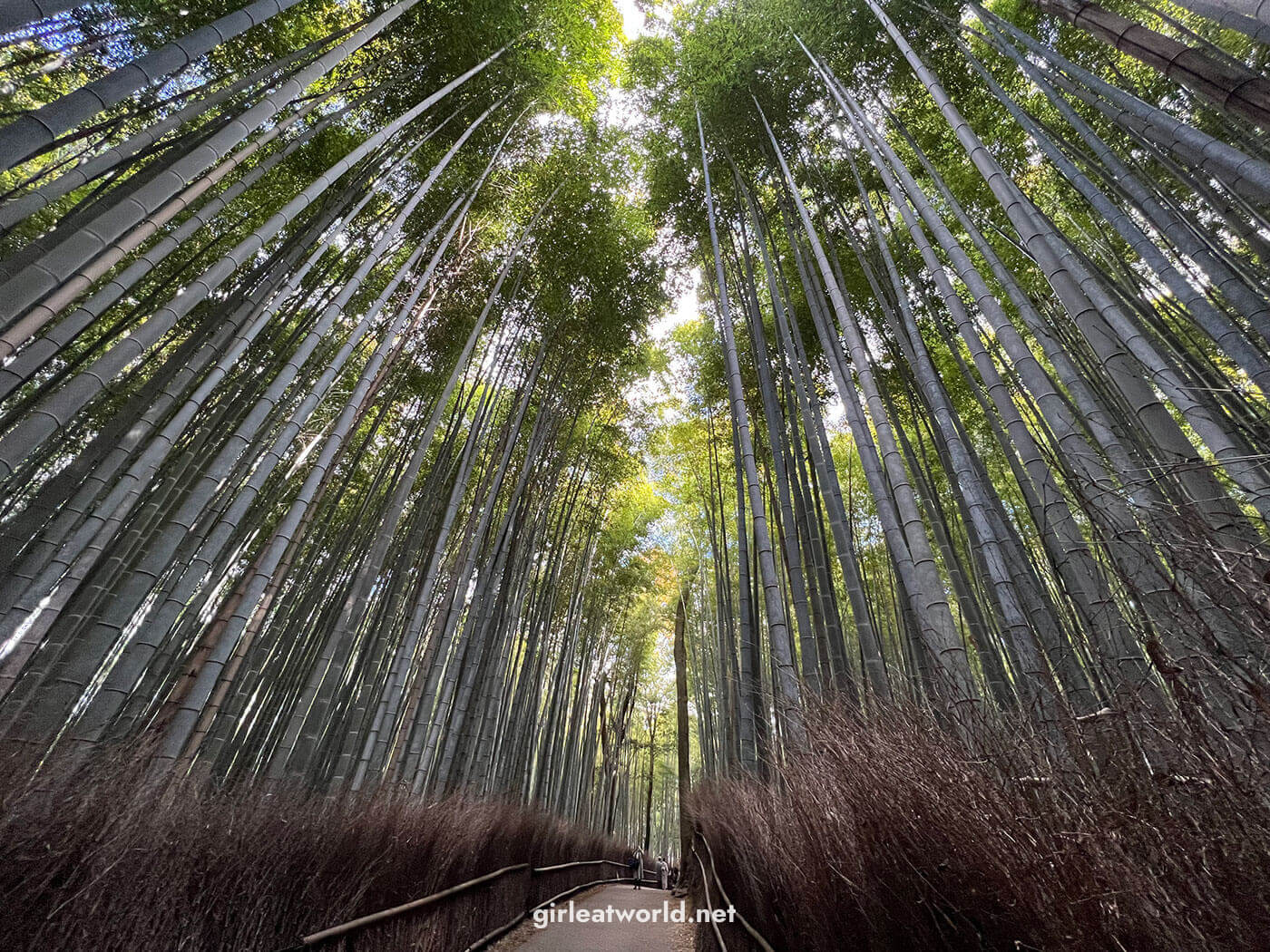
Where to stay in Kyoto
While I would recommend staying in Osaka while visiting Kyoto to save costs, staying in Kyoto could still be a great option. Here are a few accommodations you might be interested in Kyoto:
Day 8: Nara
Nara, the first permanent capital of ancient Japan, is a popular day trip from Osaka due to its proximity and ease of access – it only takes 30-45 minutes to get there via local train.
🦌 Nara Travel Guide: If you’re interested in visiting Nara, be sure to check my dedicated Nara Travel Guide for comprehensive travel tips!
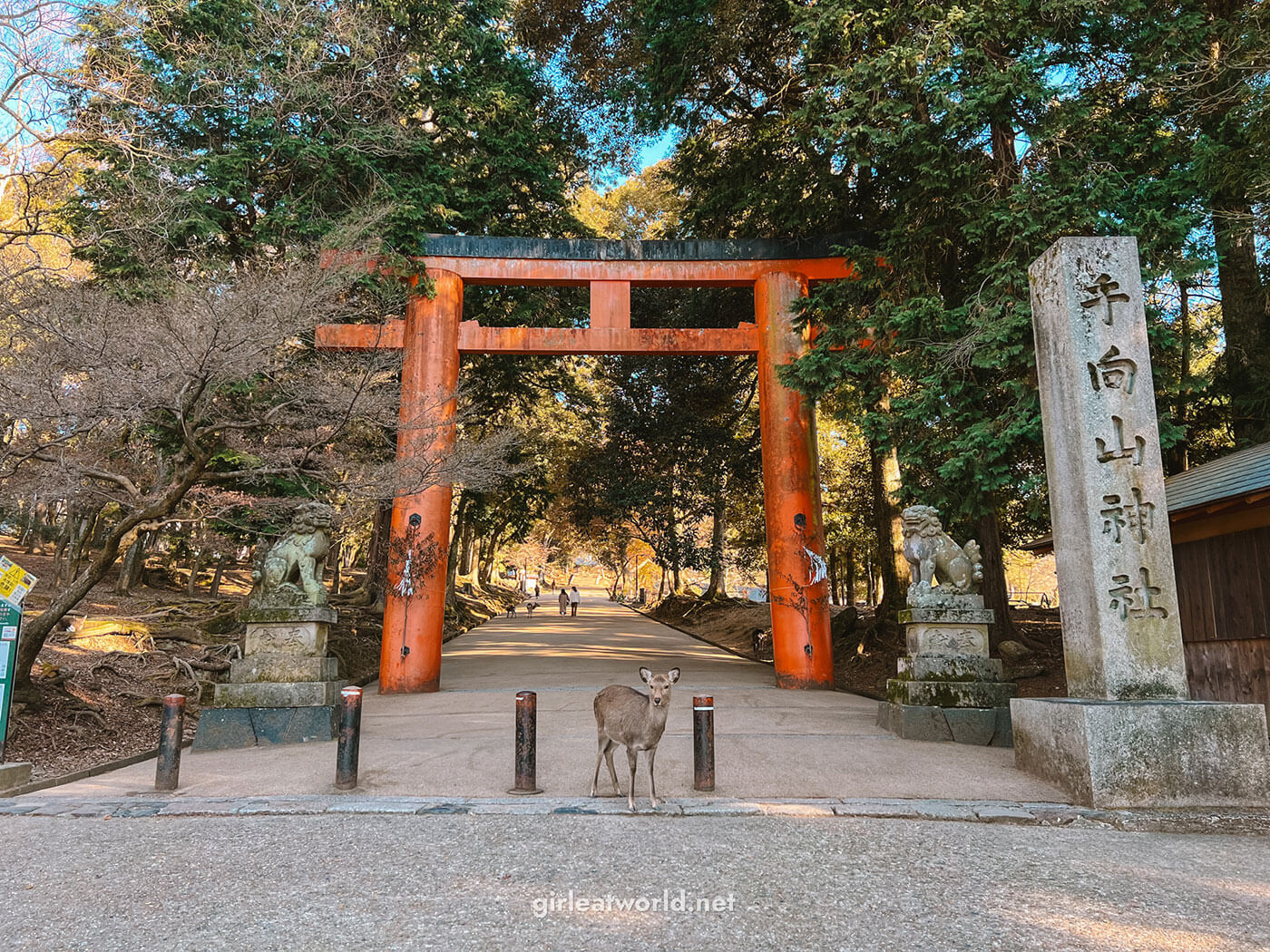
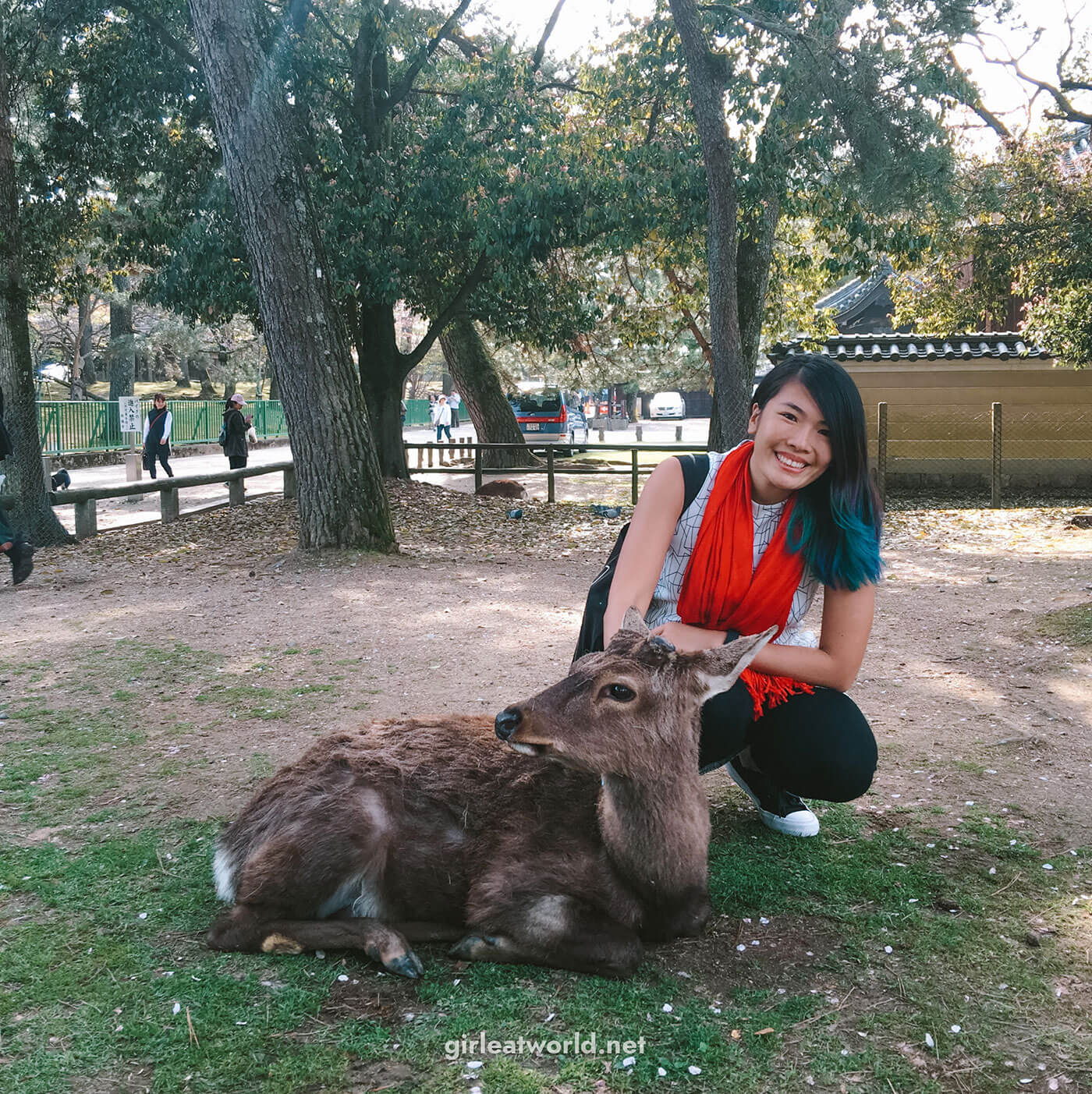
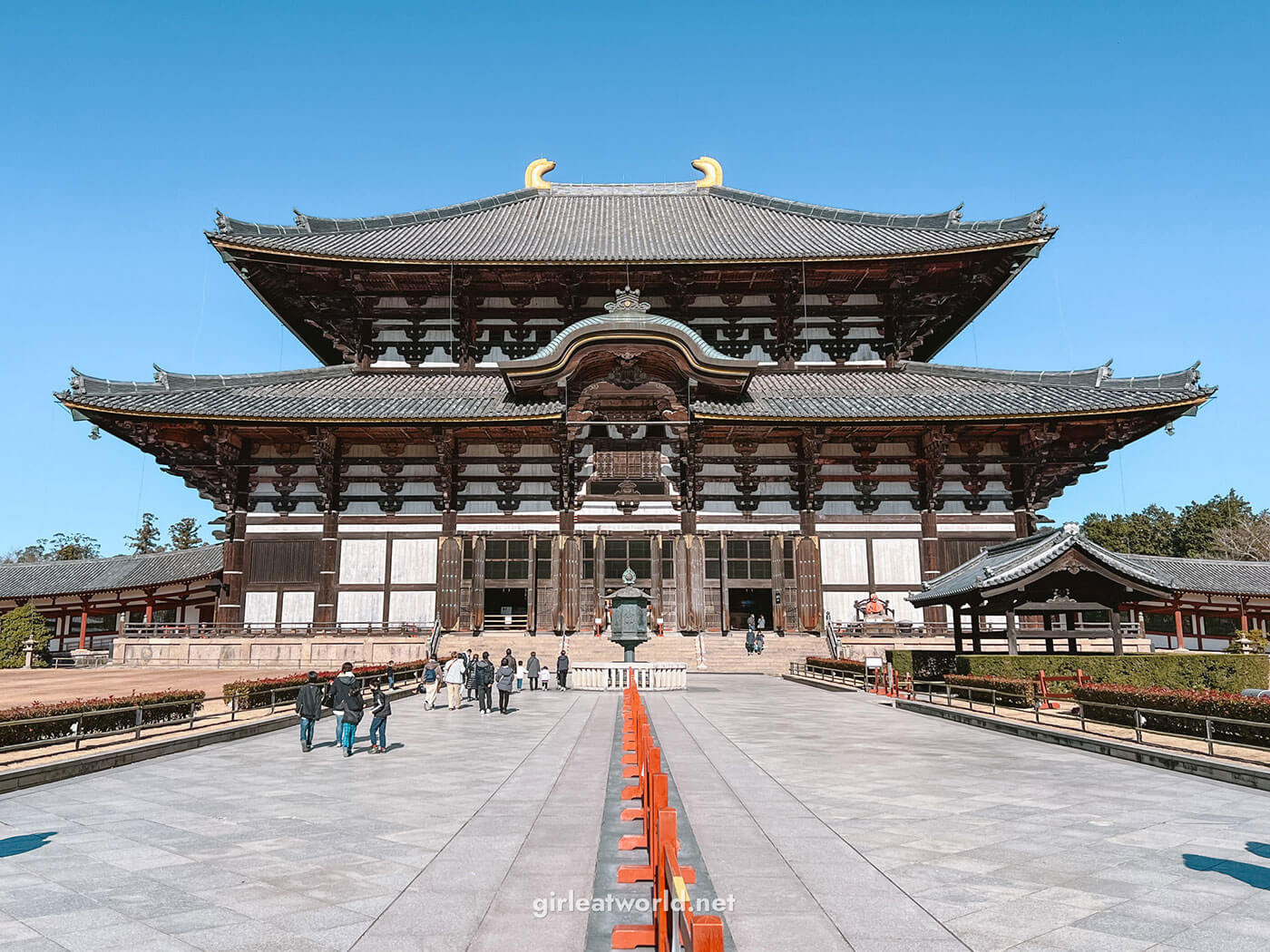
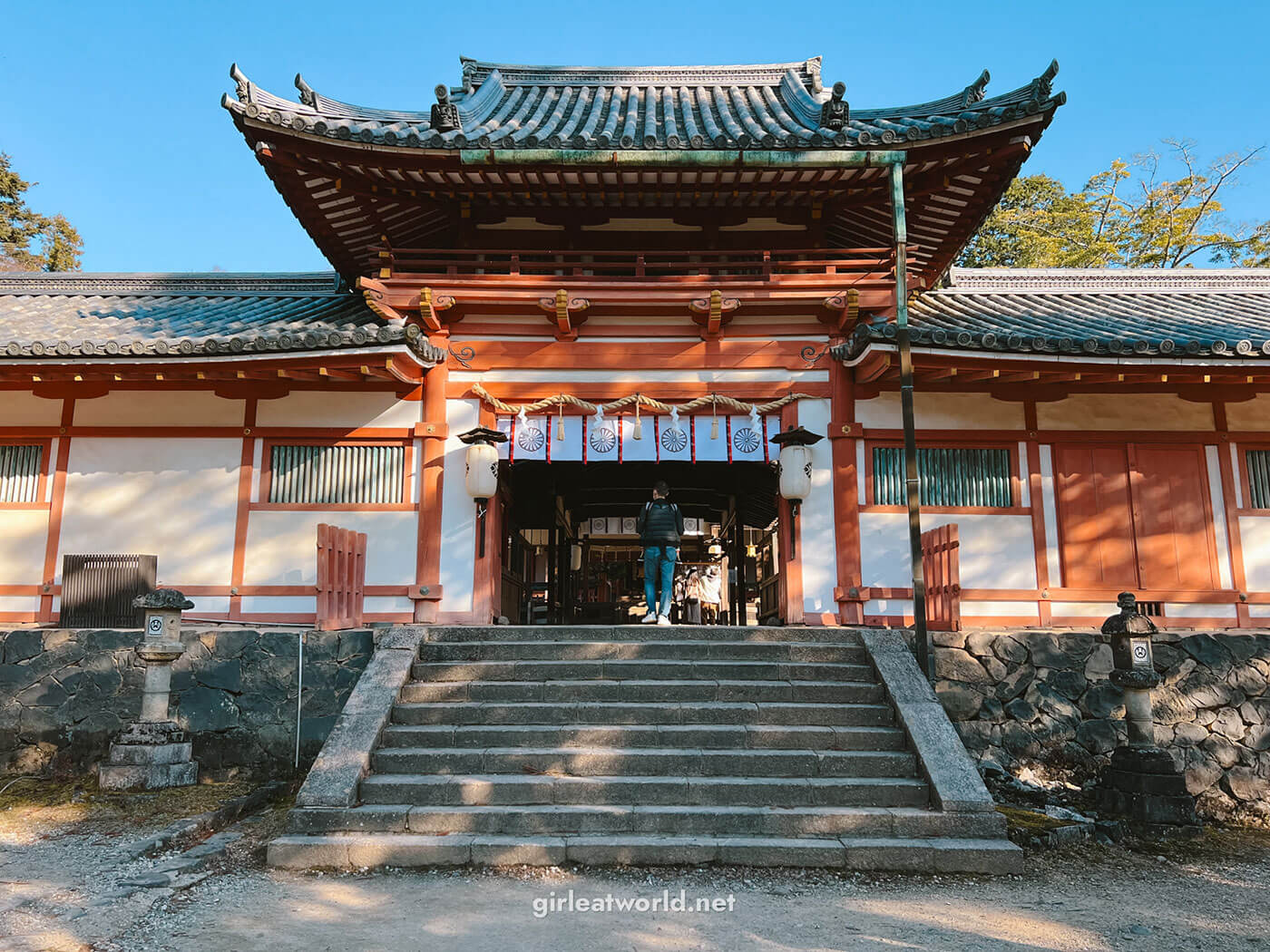
From Osaka, I recommend leaving early to Nara Station in the morning. Aim to arrive by 9AM, that’s when most temples and shops will start to open. You can start by visiting Great Buddha at Todai-ji, and making your way to Nigatsu-do and Sangatsu-do, which are next to each other.
Once done exploring the temple, head to Nandaimon (Great South Gate) for a chance to interact with Sika deer. There are shops by the gate that sell senbei crackers especially for the deer. Lastly, you can head to Kasuga Taisha Shrine and back to Nara station to end your day.
➡️ Tip: Read my essential Nara day trip itinerary for more detailed travel tips of what I’ve just mentioned above!
Where to stay in Nara
Similar to Kyoto, I would also recommend staying in Osaka when visiting Nara instead. However, if you want to travel slowly and stay in Nara, here are some great options:
Day 9 to 10: Osaka
Osaka is one of the largest metropolitan cities in Japan, second only to Tokyo. It’s a popular tourist destination due to its strategic location, which allows you to make multiple-day trips to interesting cities like Kyoto and Nara.
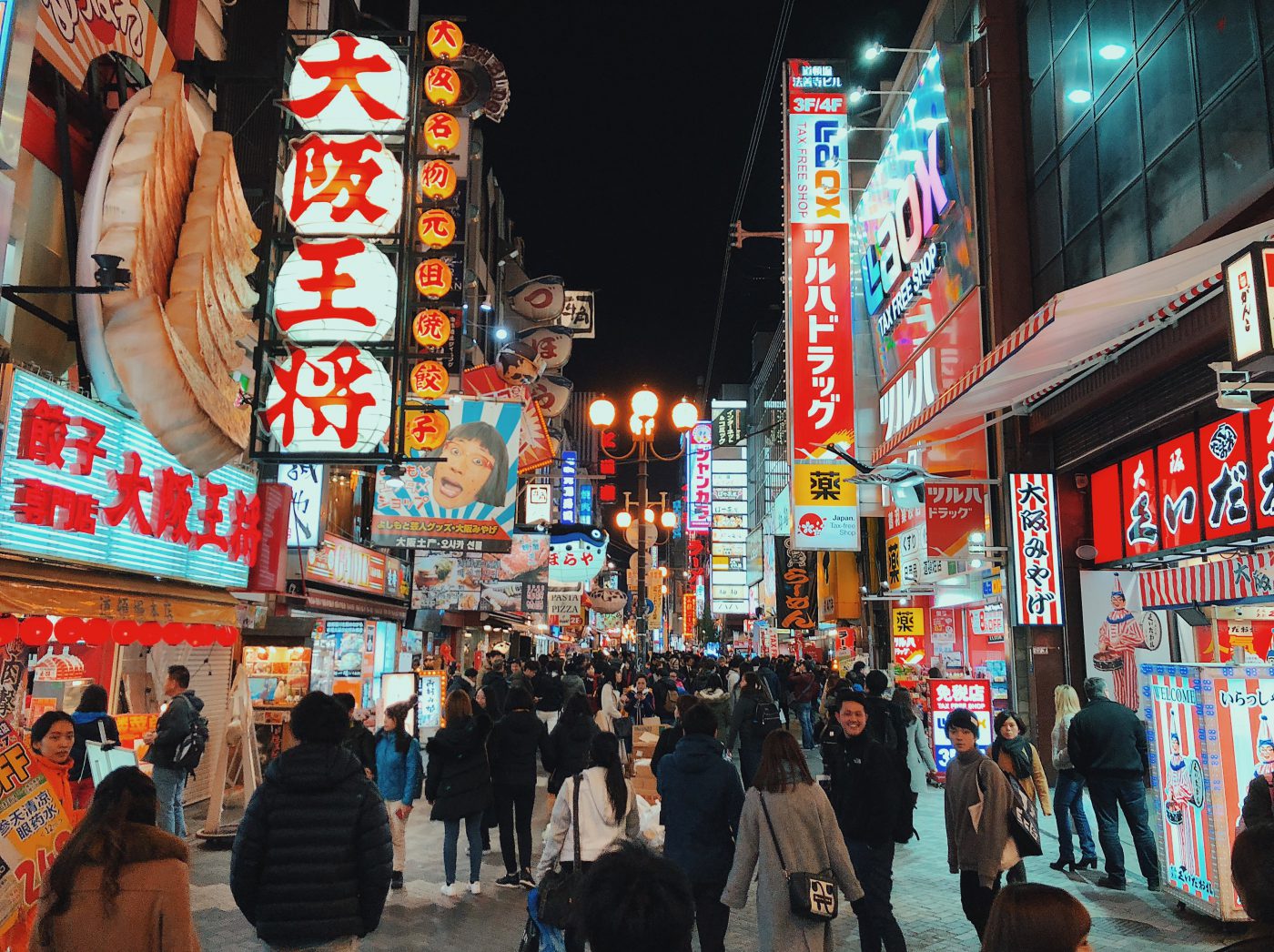
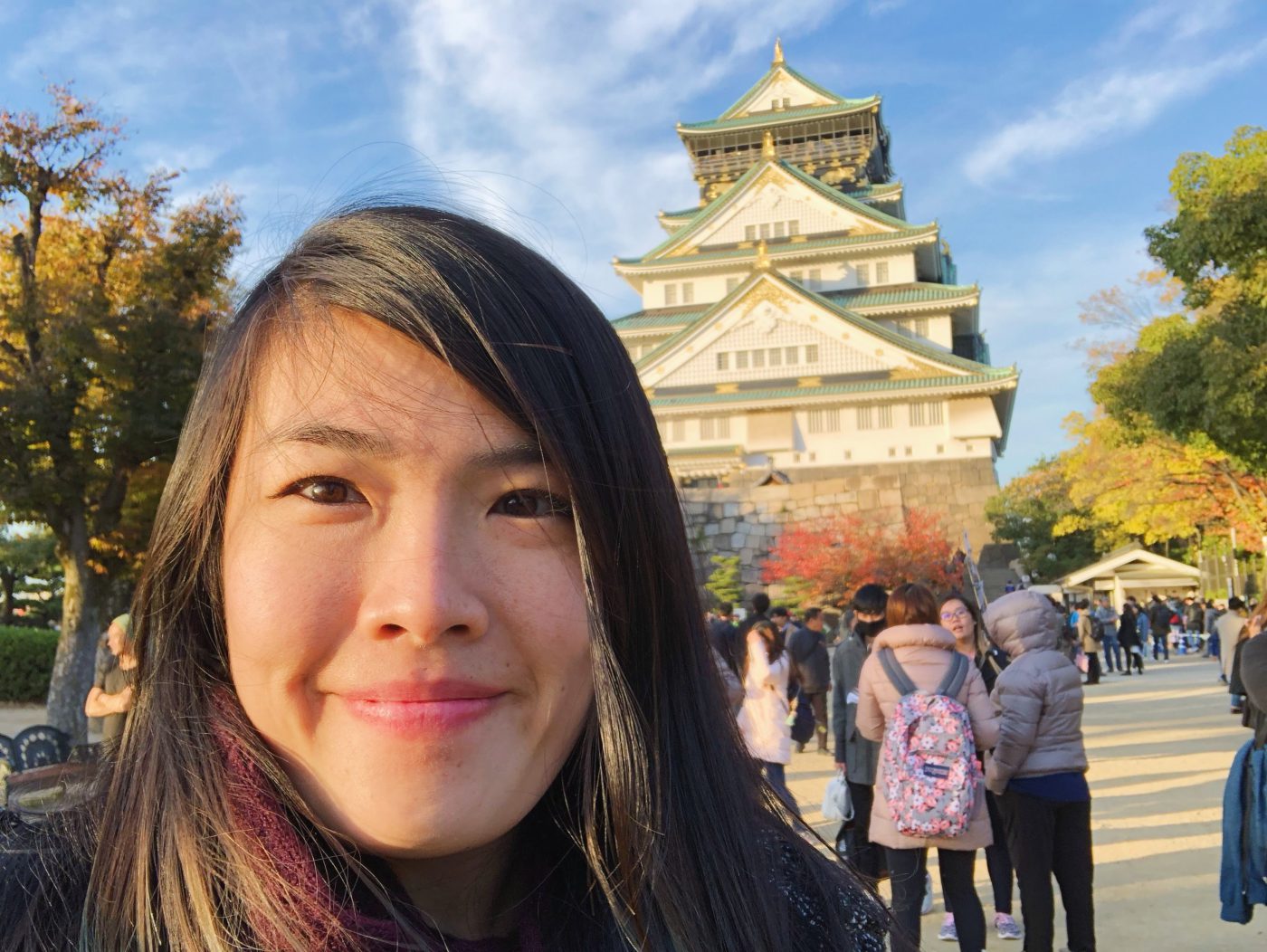


Here is what you can do in two days in Osaka:
Day 9: Explore Osaka must-do’s
Start your day by visiting Osaka Castle. The park that the castle ground is on is huge, so factor in some time to walk around the park as well, especially if it’s around Autumn. After the castle, you can make your way to Den-Den Town. It’s similar to Akihabara in Tokyo but on a smaller scale. When nighttime comes, head to Dotonbori for some vibrant night life and to find out why Osaka is known as “the kitchen of Japan”. Try some Takoyaki!
Day 10: See Osaka from above
Head to Shinsekai and go up the retro Tsutenkaku tower. I recommend topping up a small fee to access the top deck as well. The famous Namba Yasaka Shrine is also nearby. After that, you can check out any other activities you may have missed out on the first day. I recommend checking out Osaka Aquarium, or the Cup Noodles Museum. If you’ve planned ahead, you can also check out the Suntory Whiskey Distillery, but this needs to be booked in advance.
➡️ Tip: Check out my Things to do in Osaka post for more information on everything I’ve mentioned above!
Where to stay in Osaka
- Zentis Osaka in Umeda ($$)
- InterContinental Osaka ($$$)
- Hotel Noum Osaka ($$)
- Umedaholic ($$)
Read more posts related to Osaka
- Things to do in Osaka: An Osaka Travel Guide including Easy Day Trips!
- Osaka Itinerary: How to plan your trip to the Kansai region
- Day Trips from Osaka: Easy Short Trips Within One Hour or Less
Other places in Japan worth checking out
If you’re staying in Japan for more than 10 days and need ideas about what you can do in the country – don’t worry, I got you! Here are some ideas you can look into:
1. Short trips from Tokyo
What to mix up the Tokyo metropolitan city life with nature, temple visits, and countryside living? Good news for you! There are plenty of options that can be reached in just under 3 hours from Tokyo. These options are perfect for a short weekend trip, or even day trips for some of them.
Aside from Hakone, you could visit Nikko and Lake Kawaguchi, just to name a few.
➡️ Check it out: I’ve done a round-up of my recommended short-trip destinations from Tokyo here. You’ll find all the places I love that can be conveniently reached from Tokyo.


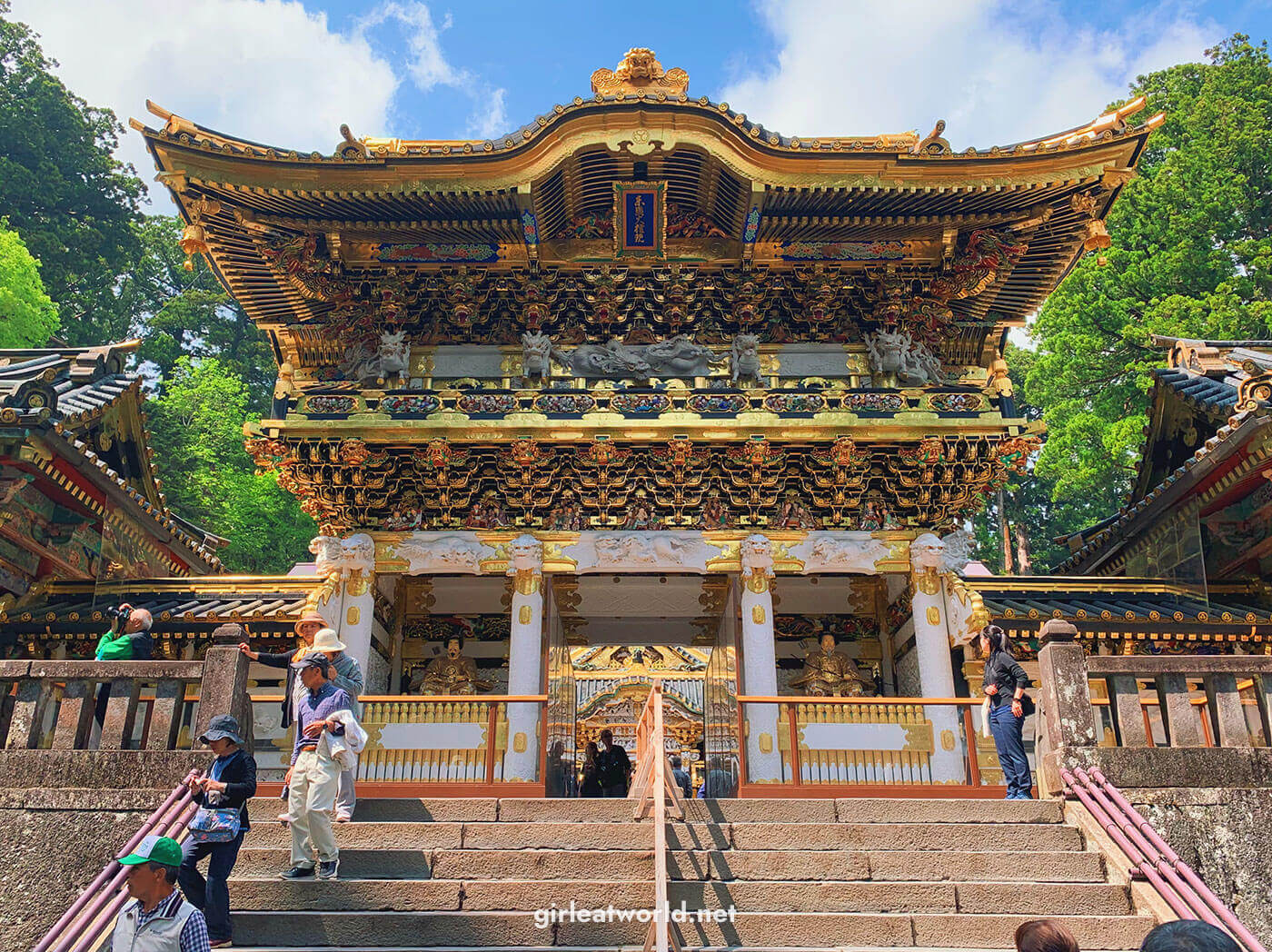

2. Short trips from Osaka
The main draw of Osaka is not just the city itself. With Japan’s extensive train network, Osaka also serves as the perfect launchpad to the array of destinations in the Kansai region. From iconic temples in Kyoto to free-roaming deer in Nara, there are plenty of day trips or short trip options from Osaka.
➡️ Short Trips from Osaka: I’ve made a list of my favorite short trips or day trips from Osaka here that can be reached within an hour or even under! Have a look and see which one you’d like to visit.
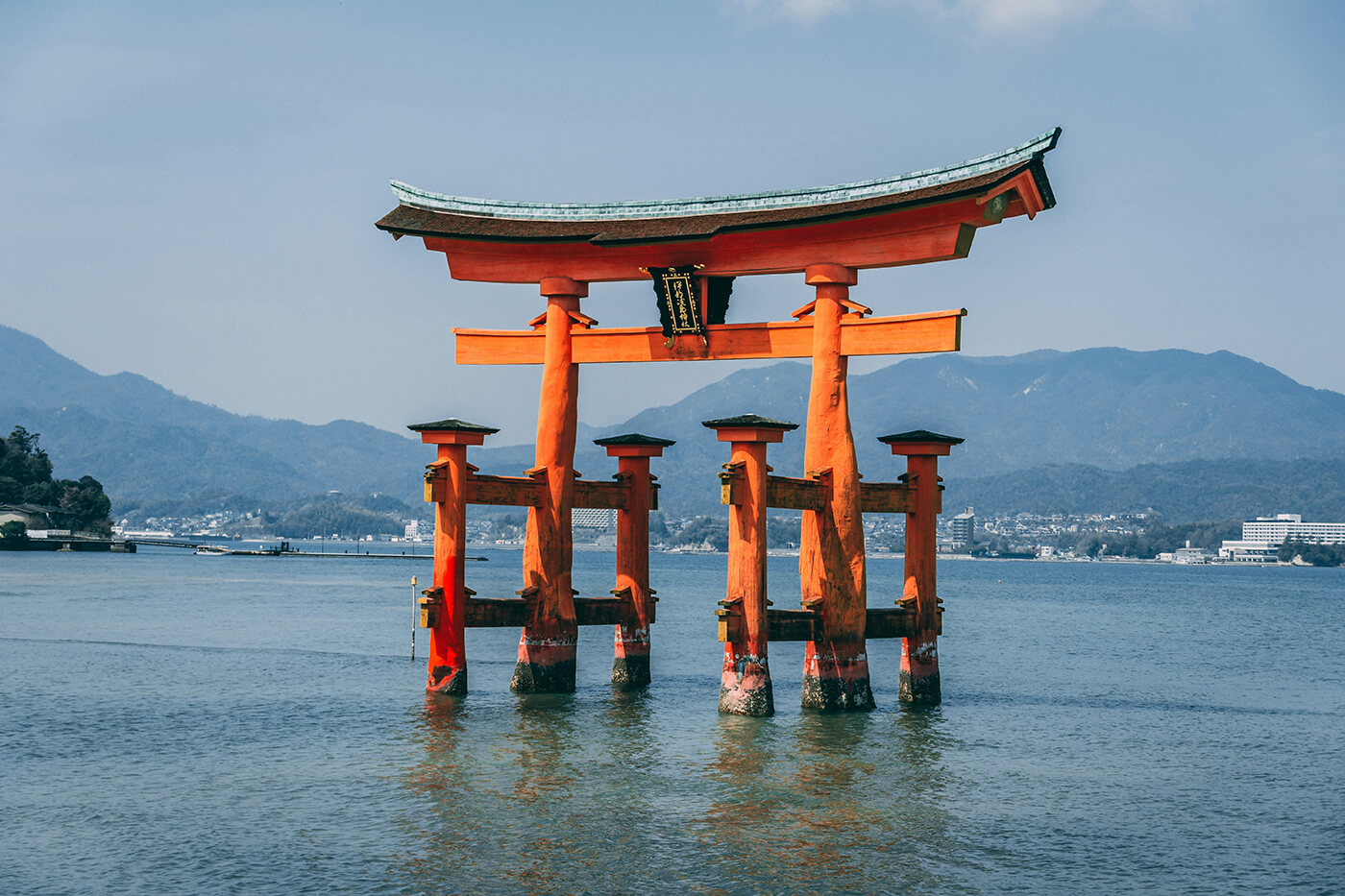
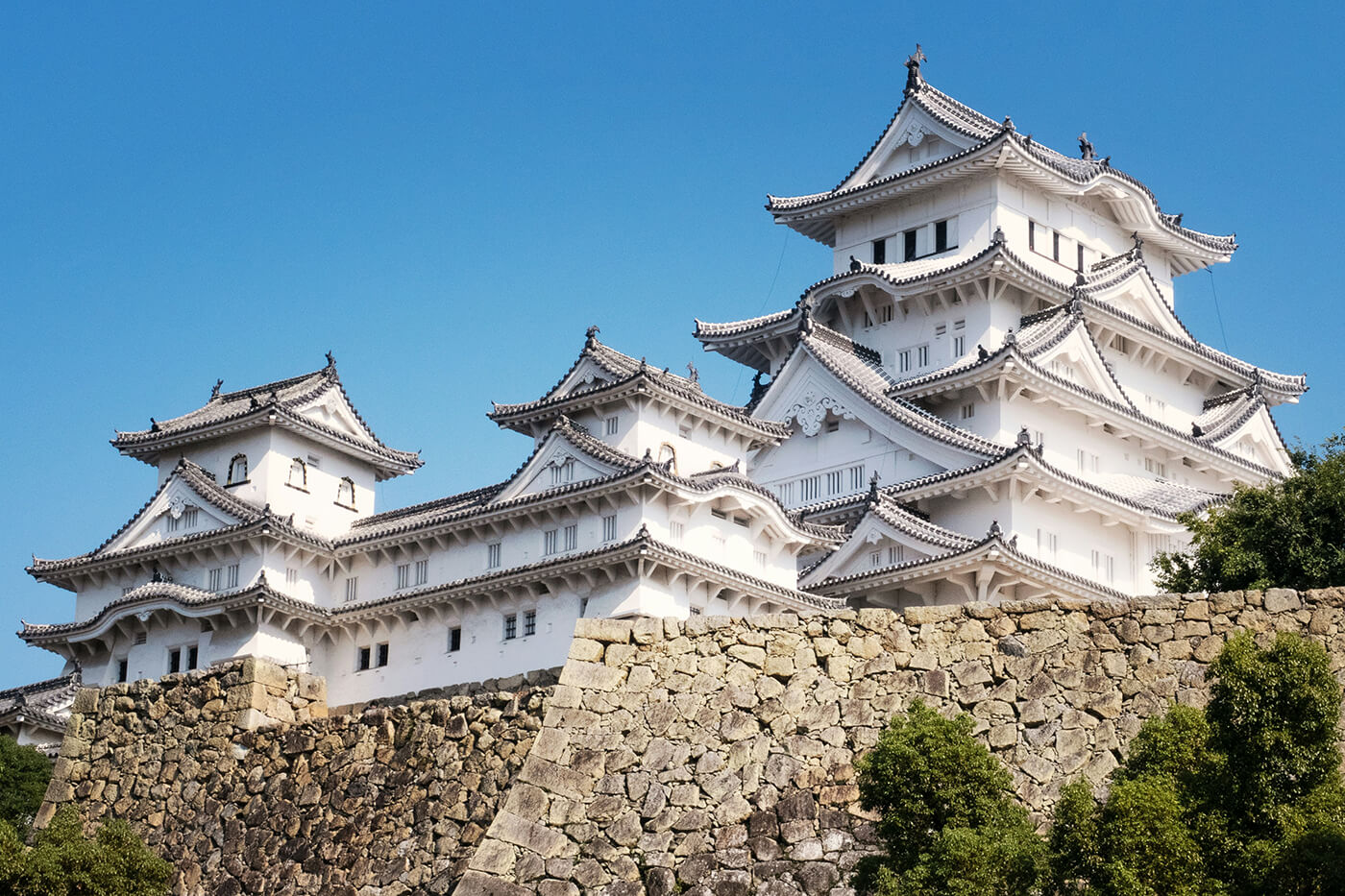


3. Self-driving itinerary around Nagano Prefecture
If you like driving and exploring mountainous regions, this is the perfect itinerary for you. It’s easily doable from Tokyo and takes about five days. You’ll get to see plenty of nature and smaller cities in Japan like Karuizawa and Matsumoto.
🚗 Nagano self-driving ideas: Check out my Nagano prefecture itinerary for ideas where to go in Nagano.
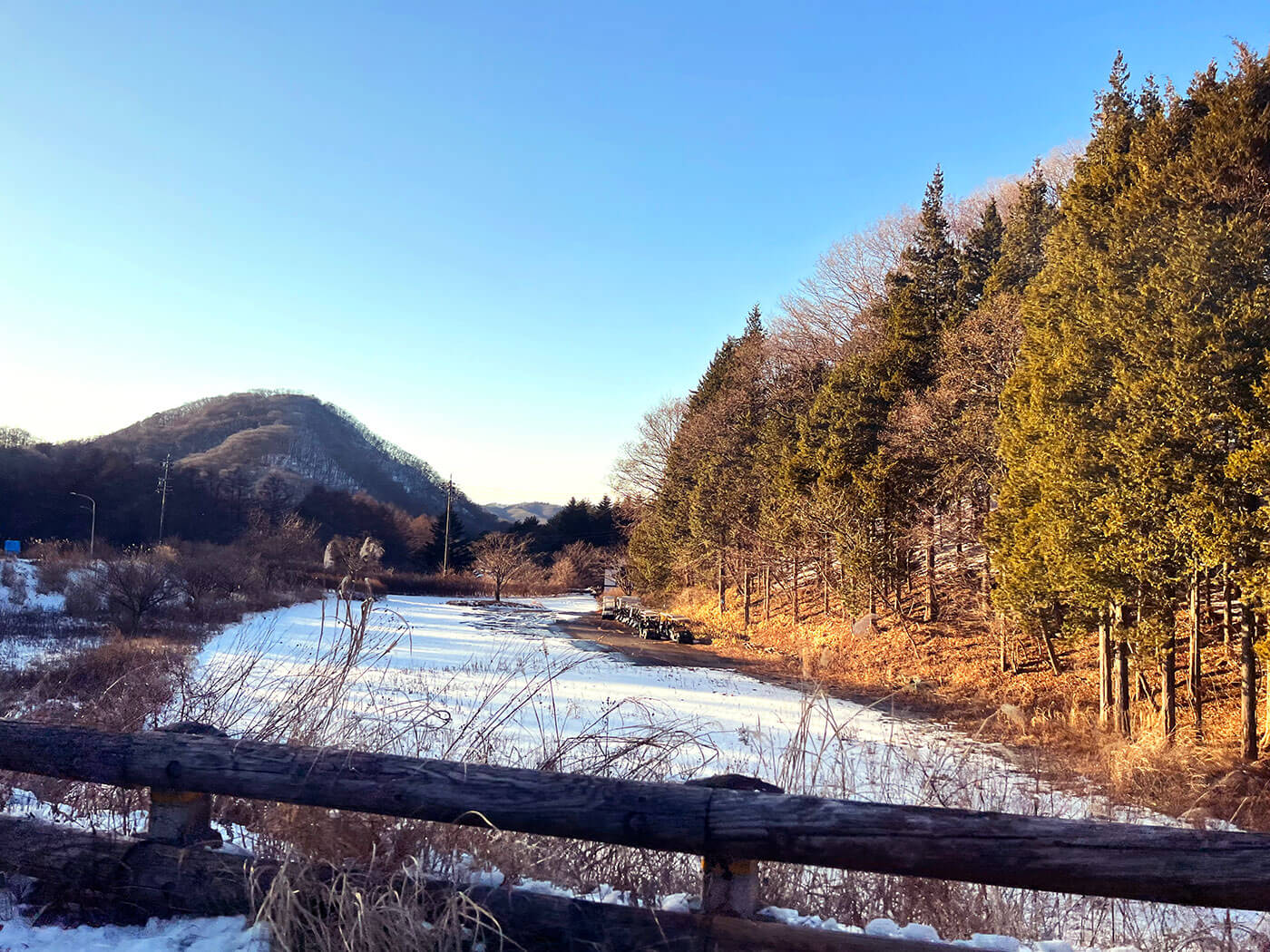
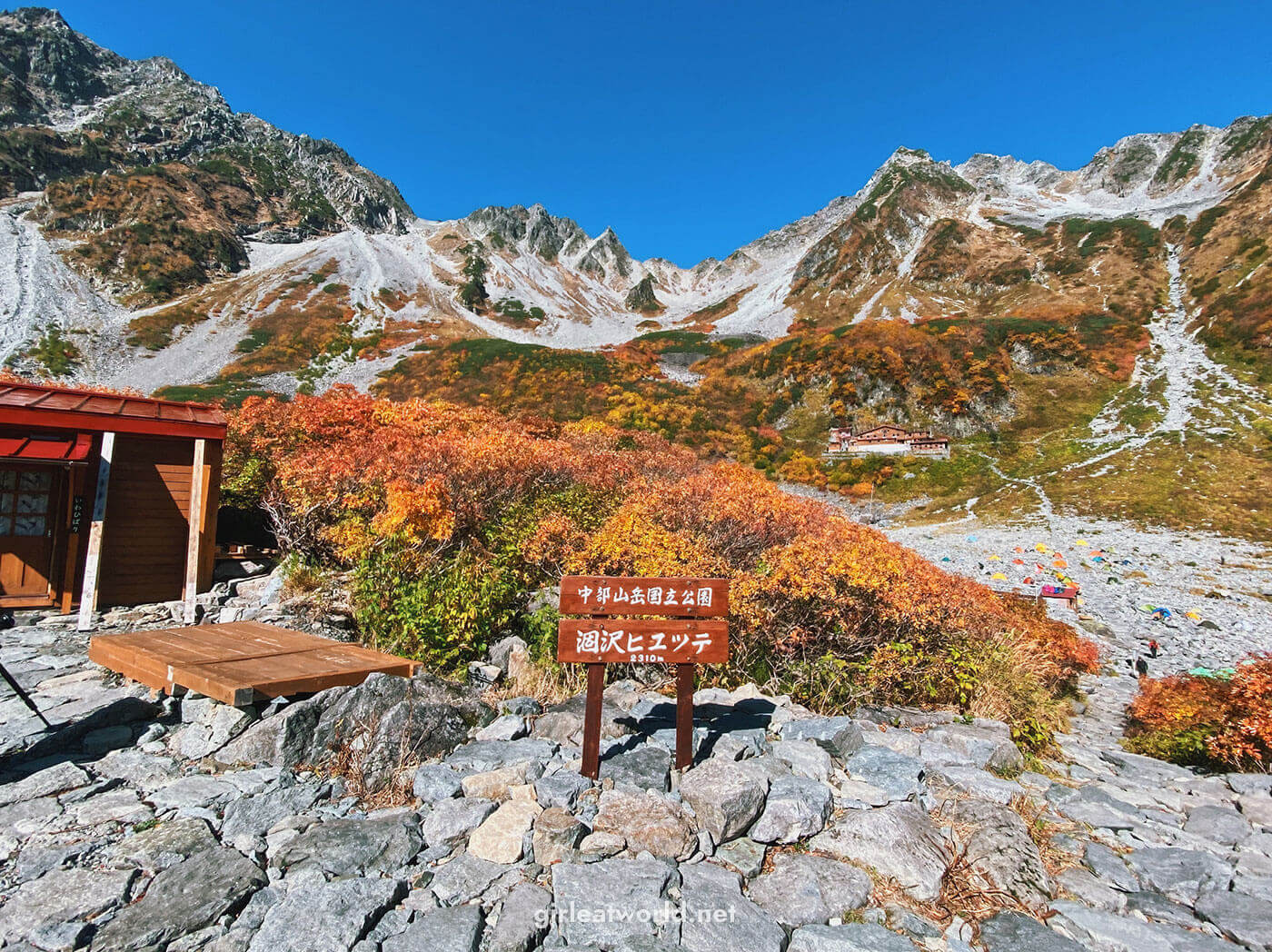
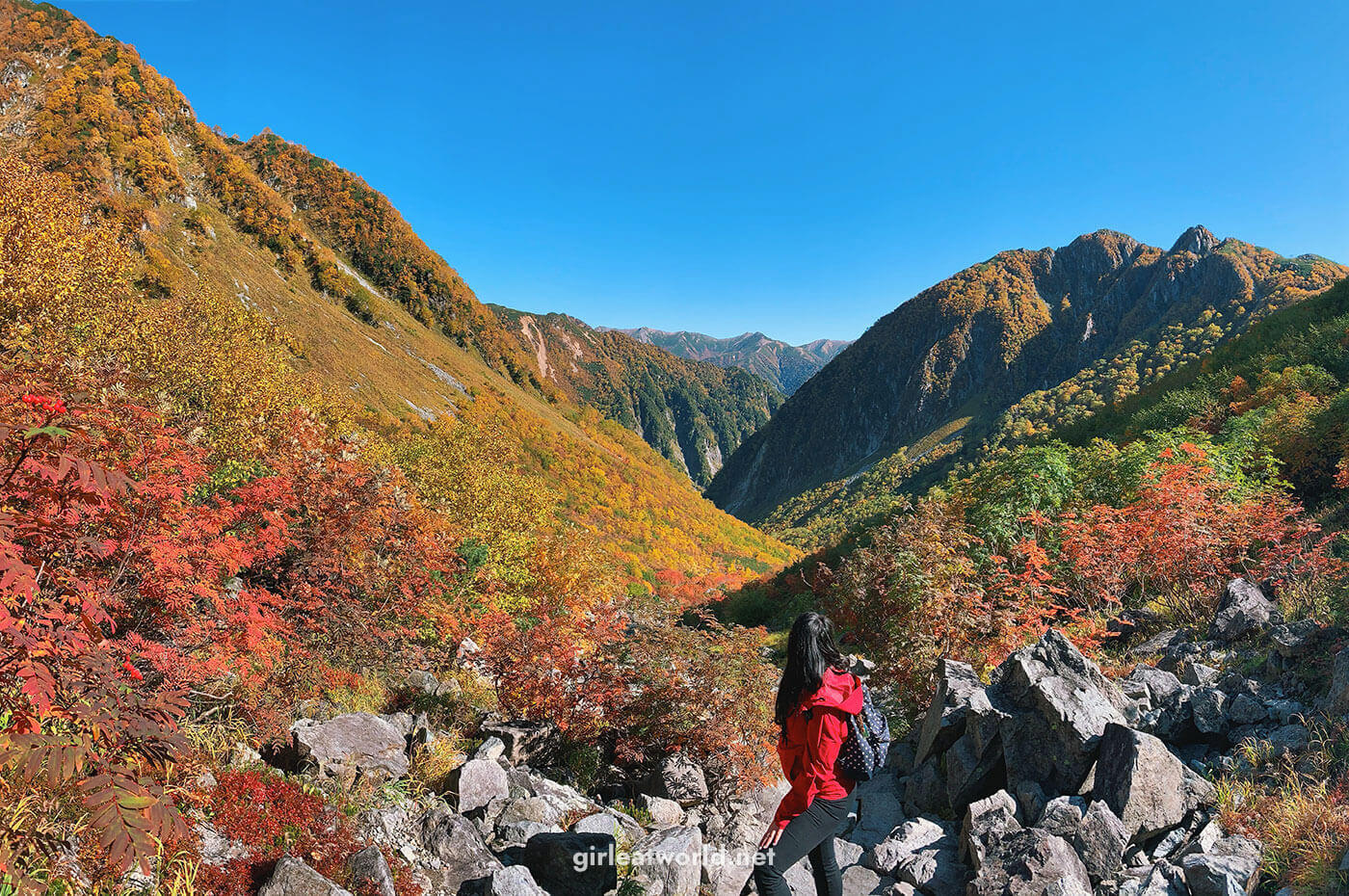
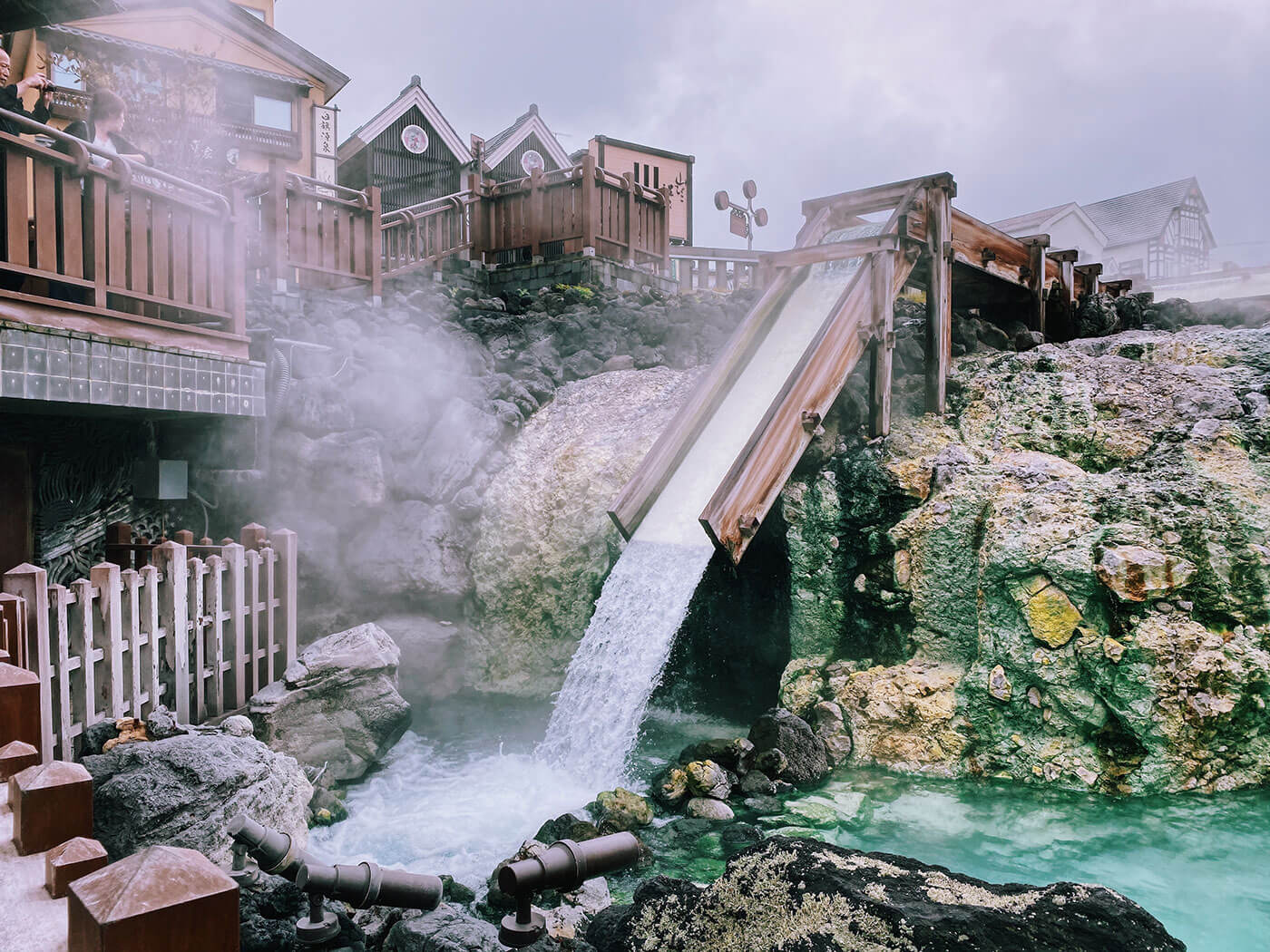
4. Hokkaido
Hokkaido is the northernmost island of Japan. It’s especially popular during winter as a skiing destination and snow festival in Sapporo.
Where to go in Hokkaido: Check out my Hokkaido posts on ideas where to go and what to do
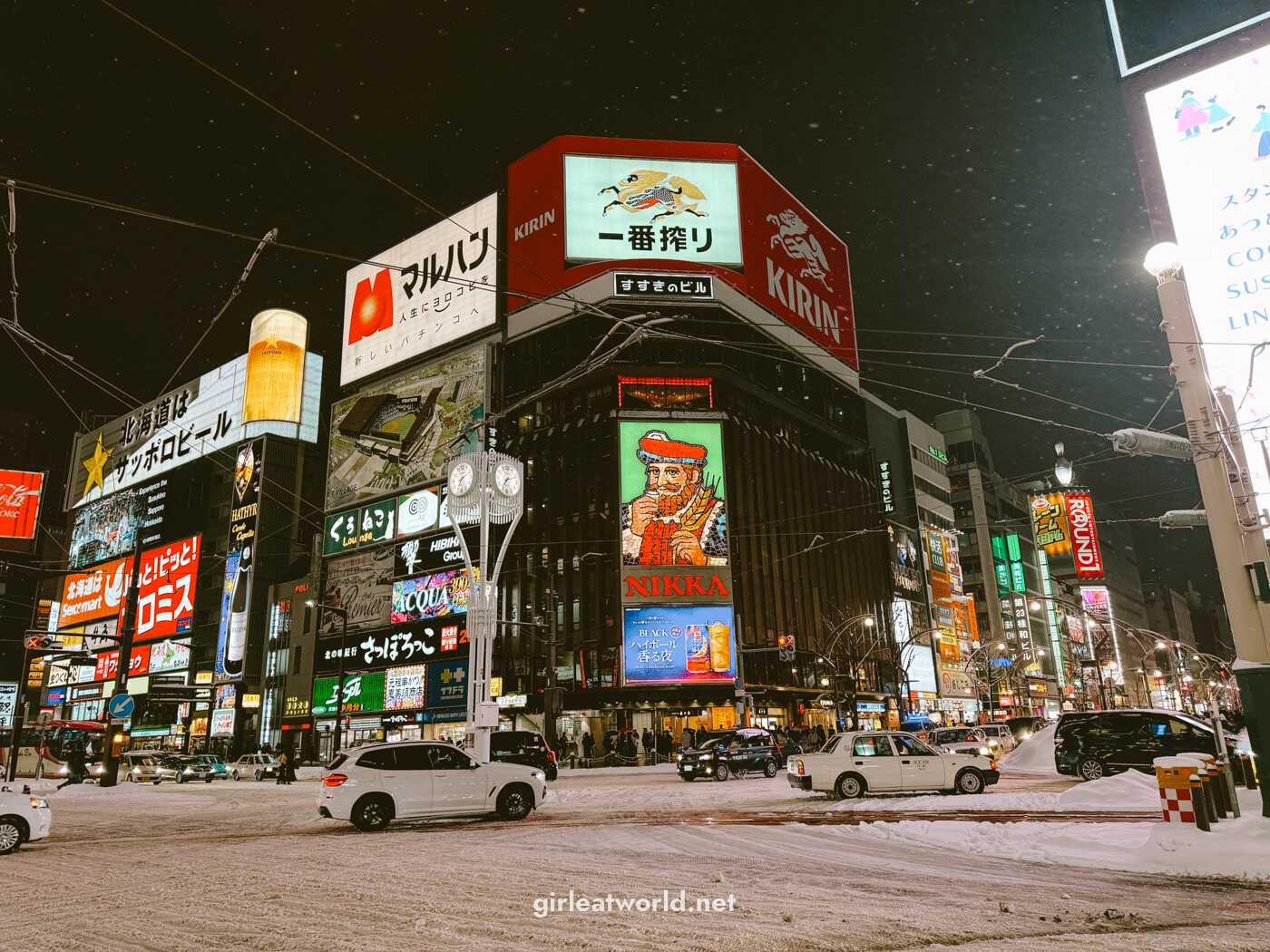


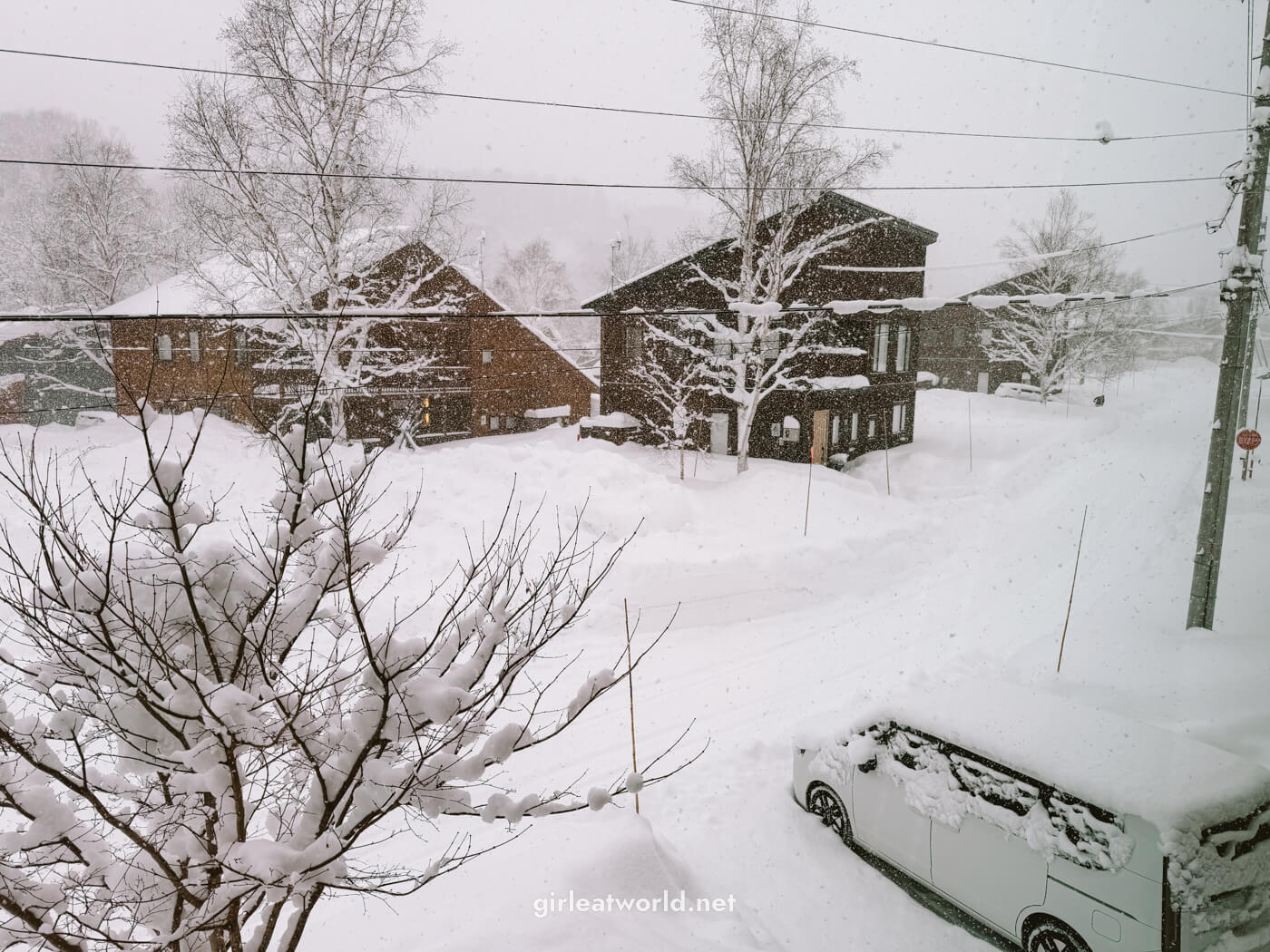
5. Kyushu
If you truly do not want to see other international tourists, you can check out Kyushu, a prefecture located in the south of Japan. Things are a little less hectic here compared to Tokyo and Osaka. You can start from Fukuoka (There is an international airport in Fukuoka) then slowly make your way around Kyushu to places like Kumamoto, Nagasaki and Kagoshima, just to name a few.
Here is my 7-day Kyushu itinerary, doable by train.

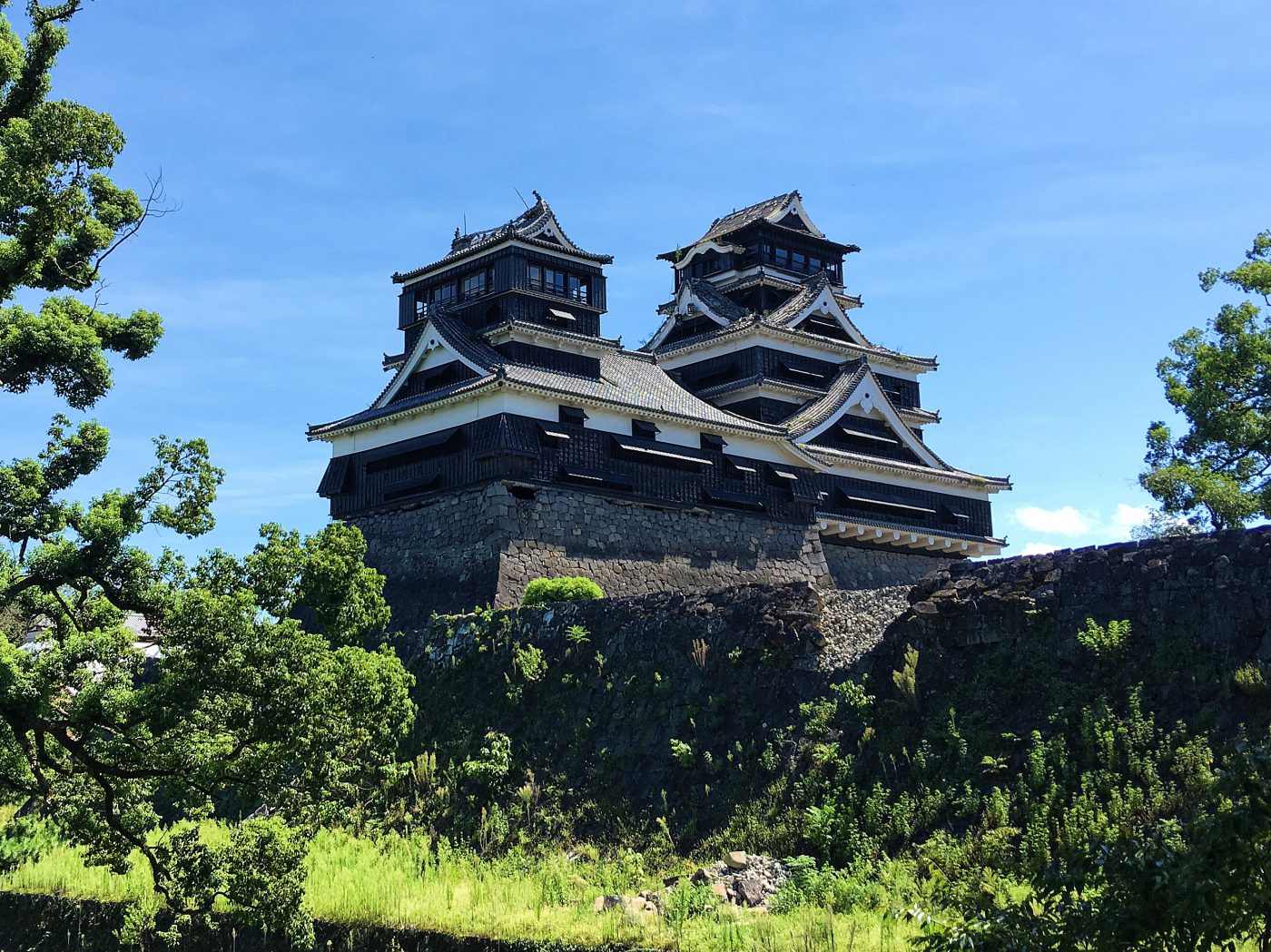
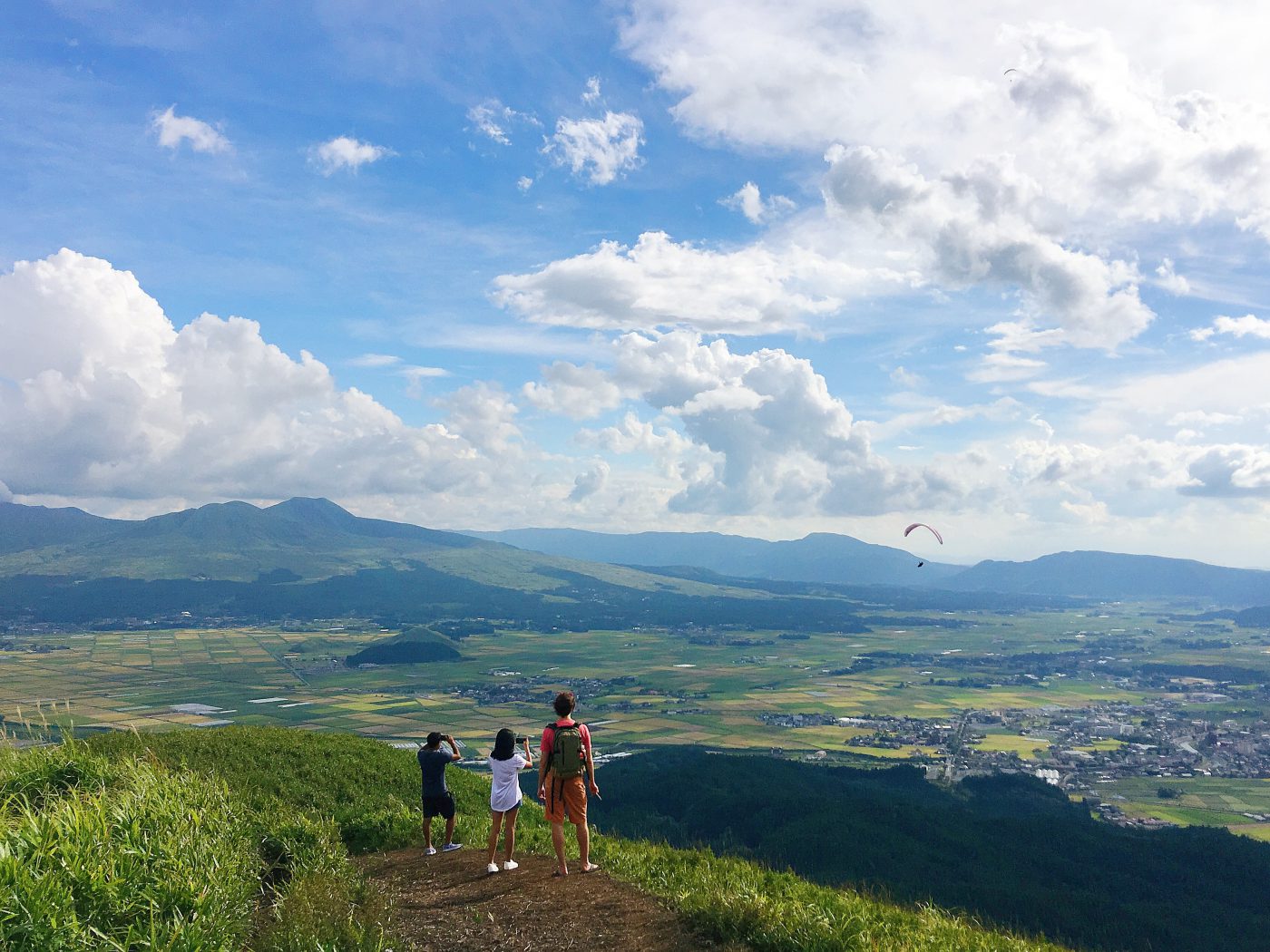
6. Naoshima
Naoshima is an island off the Okayama prefecture. If you appreciate modern art, Naoshima is a must-visit. On the island, there are plenty of art galleries and art museums. Most people take 2 days to get through all the spots. But I have to warn you, Naoshima is not the easiest place to get to. You have to take a bullet train from Osaka to Okayama, a local train to Uno, and finally a ferry to Naoshima.

7. Shikoku 88 Temples Pilgrimage
For a truly secluded area in Japan, consider Shikoku island. Shikoku is the smallest island among Japan’s four main island. It is famous for the 88 temples pilgrimage (called Shikoku Henro), which is a 1,200km itinerary that circles around the island to visit 88 temples while enjoying local delicacies and staying in traditional lodgings. The whole route takes around 6 weeks to complete by foot, and 9-12 days by bus, but you don’t have to do the entire route. This pilgrimage is best to do in March to May, or October to November.
What to eat in Japan
I can argue that one of the appeals of Japan is its approach to food. Food in Japan is not just there for sustenance, they are meant to be appreciated. As such, you’ll find that the experience of dining in Japan is often special – from the ingredients used, to the cultural implications around each dish.
Everyone knows about Ramen and Sushi, but there is so much more to Japanese food than just those two dishes.
Japanese Food Guide: Check out my dedicated post about classic Japanese food, and where to find them in Tokyo.

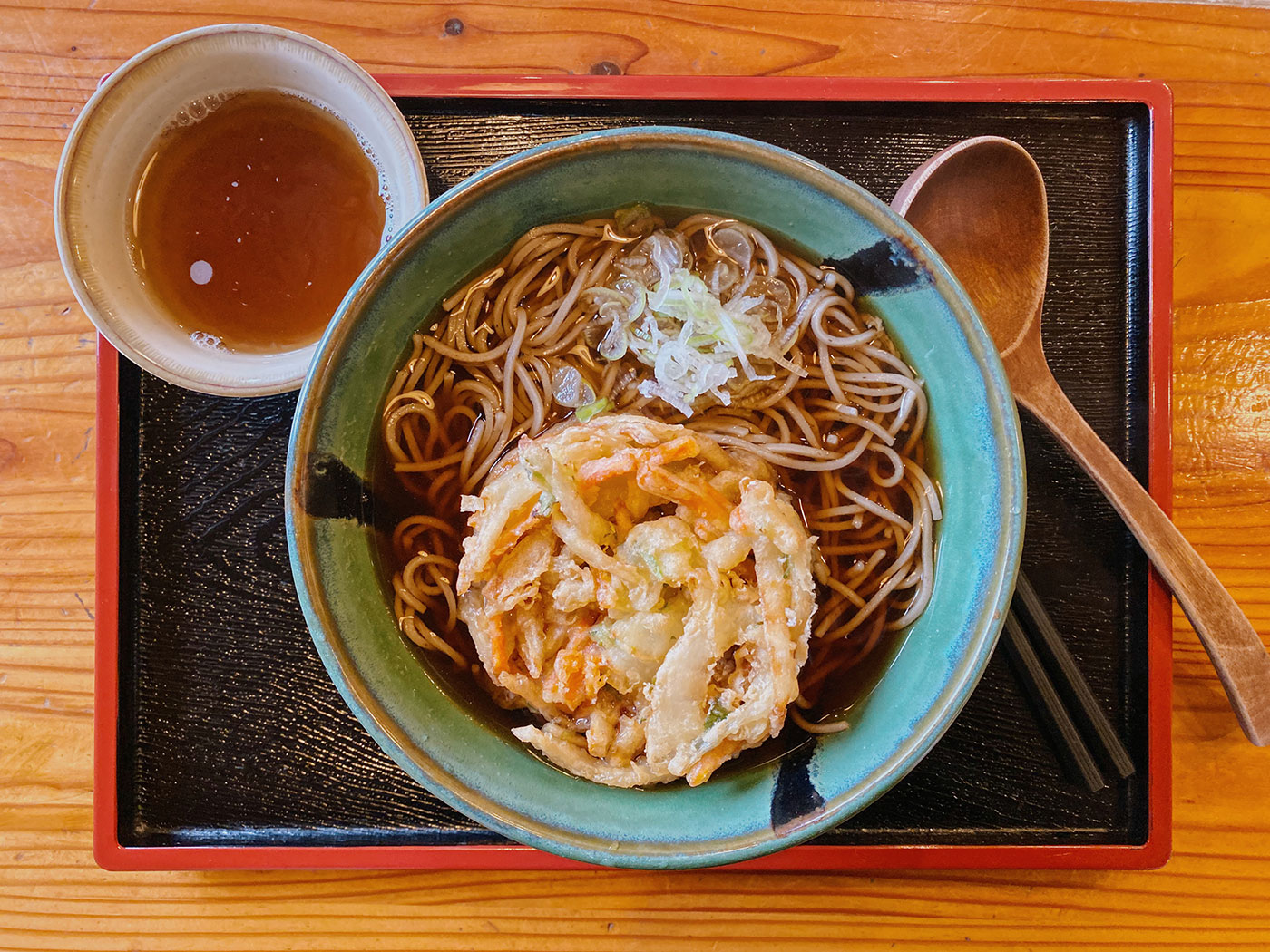
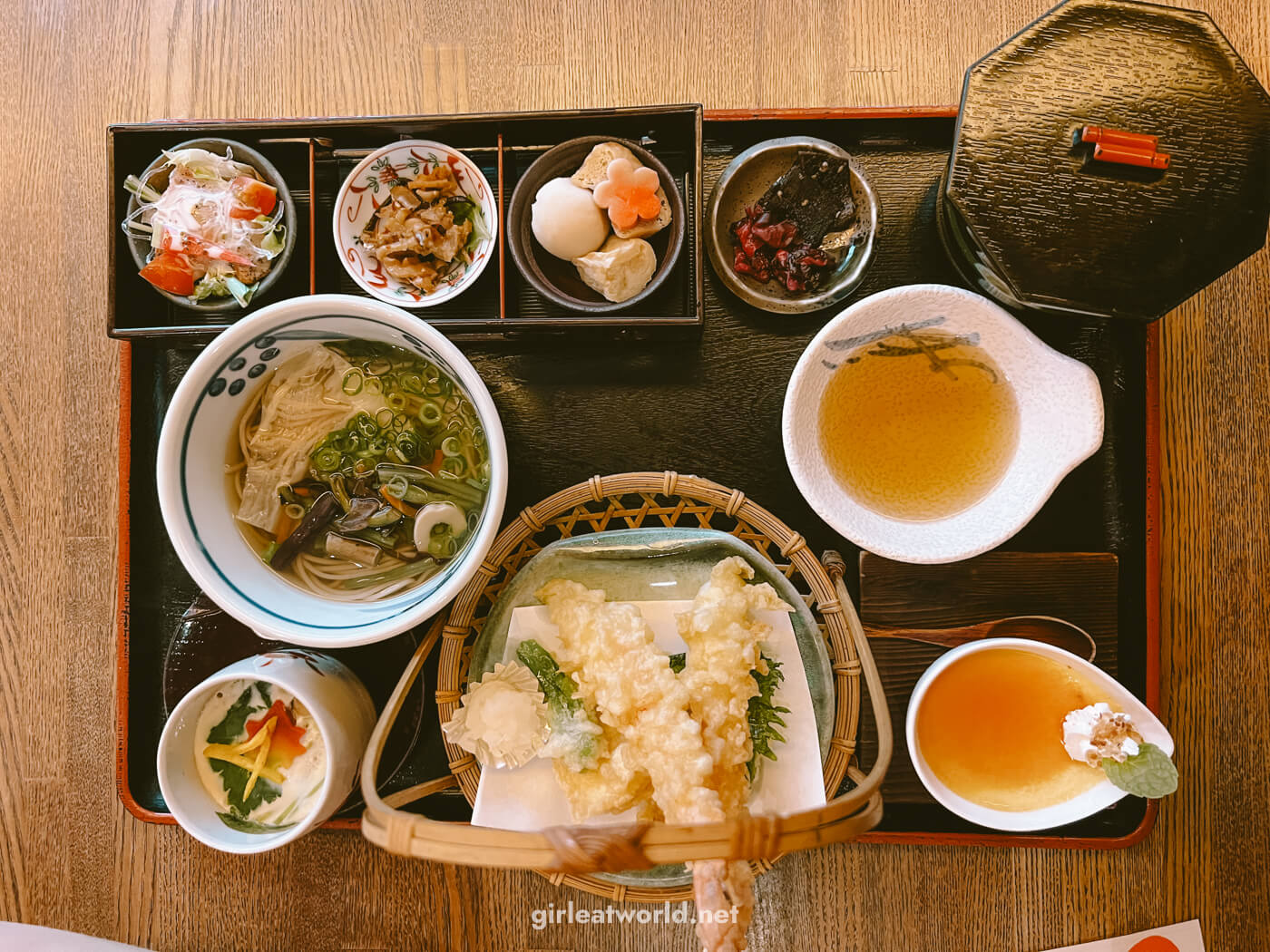
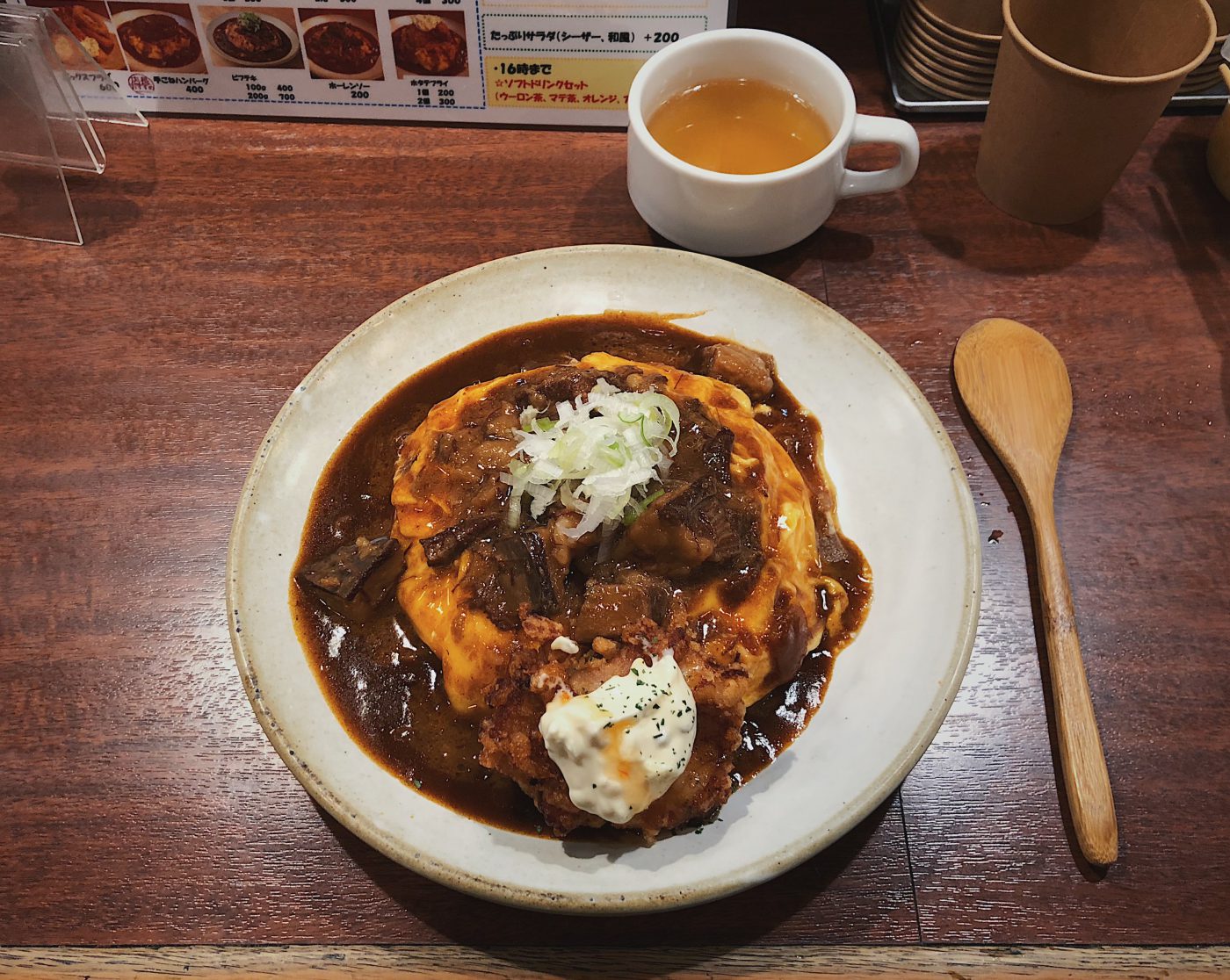
More useful posts about Japan
- Taking the Train in Japan: First-timer’s Guide to Traveling Domestically in Japan
- Japanese Emoji: Demystifying Japanese Culture Through Emojis ✨
- Virtual IC Card: How to get around Japan without a physical Suica / Pasmo Card
- Visit Japan Web: Fill Out Japan Arrival Card Online (Step by step)
- Things to do in Tokyo with Kids (and Travel Tips for Families!)
And finally, we have reached the end of my super long post about visiting Japan. I hope this has been useful for you, and if you have any questions or anything else you would like to add, please feel free to comment below.
Have fun in Japan! 🇯🇵

Hi Melissa
This has been an interesting read, thank you.
How would you rate the ease of travelling around Japan independently rather than with a tour operator.
Hi Diana, I’ve always visited Japan on my own. I really don’t think you need a tour operator if you’re willing to do the legwork of researching and booking accommodations yourselves. However, if you don’t feel comfortable doing so, I don’t see why you shouldn’t go with a tour.
Hello Melissa,
I’m so glad I came across your blog. Could really use your advice. This trip sounds perfect for what we are looking for, next year early June.
My concern is where to start!! I’ve always gone through a travel agency to book everything when traveling to another country.
I’m not sure where to start out doing this on my own to book hotel rooms, get tickets for the amusement parks, etc.
there will be a group of us!!
Any suggestions/recommendations/guidance would be much appreciated. Even if it’s a travel agency.
-Jennifer
Your blog is such a joy to read. Keep up the fantastic work!
Hello.
Things we would consider doing are visiting Hiroshima, my son is a history buff and experience the best of Pokemon.
We like hiking and nature in general and historical and cultural things.
would a trip to Hiroshima be worth it? I am thinking of a 10 day vacation in Japan.
And also what would you reccomend for a teenager obsest with POkemon?
Thank you.
Hey Billy, Hiroshima is close to Osaka, so if you’d like you can make Osaka your base and do a day trip to Hiroshima or maybe an overnight.
If you’re not planning to go to Tokyo, you can stop by Denden town in Osaka, which will have Pokemon stuff. If you plan to make a stop in Tokyo, he can visit Akihabara. I also recall the shopping mall below Tokyo Skytree having a large pokemon store. There are also Pokemon Centers in both Tokyo and Osaka.
Have a look at the trips you can easily do from Osaka: https://girleatworld.net/short-trips-from-osaka/
Hi melissa,
thank you for your detailed sharing. Most useful.
May I know the website for the takuhaibin service?
thanks in advance.
Siok
Hey Siok, the most popular one among locals is the one by Yamato. However if you don’t speak Japanese, your best bet is booking via Klook (I have linked some services above) or ask your hotel for help.
Hi Melissa, your information is amazing so thank you. I have just today booked flights for my Dad and I to Tokyo, at the end of August for 3 weeks. It’s always been on our bucket lists. Is there anywhere you’d recommend staying a little longer when we visit other places? My dad is 73 and does like to take his time shall we say? Also walking too much for too long with his bad knee so hotels or areas when in the cities that are not too far for him.
Also we do love a swim in a pool at the end of the day of sightseeing- do the Japanese usually expect you to wear sim hats as I found most did when we visited china.
Many thanks again, Sharon
Hey Sharon, there is no requirement to wear swim hats, but I suppose many Japanese do because being light skinned is the beauty standard in this part of the world, so they don’t want to get too tanned?
As for where you stay, it really depends what you want to do in Tokyo. I suggest taking a look at my Tokyo itinerary post. The closer you are to the city, the more expensive it would be so I suggest looking at places that are close to the train station instead, to minimize walking.
Hi I would like to ask about your suggestions to cover Japan. We are 3 Adults and booked the tickets already.
Arriving to Osaka on 18th May evenings and returning foem tokyo on 26th May evening.
Can you suggest good iteneary
Would like to cover Osaka kyoto Nara Hiroshima mt Fuji Tokyo
Unless you suggest something better and must see places
Hi Rohit, have you seen my suggested itinerary?
https://girleatworld.net/japan-itinerary/#golden-route
Hi Melissa,
Thank you so much for sharing these details about Japan! I’m planning a trip to Japan in June/July and would love to experience its natural beauty, especially since I live in Singapore and am used to the hustle and bustle of city life. I want this trip to be a relaxing retreat into nature.
My husband is keen to visit Okinawa, and I’m particularly excited about trekking Mt. Fuji. Could you recommend other places we should visit and share some tips on how to plan our itinerary? Also, I’d love your advice on whether climbing Mt. Fuji is safe for beginners and the best way to book a trek.
Looking forward to your suggestions!
Hey Vishakha, Okinawa would be nice, but seeing that you live in Singapore I feel there are other similar destinations in the region that you can visit (Okinawa is more for beach vibes). For Mount Fuji, I have not personally done the trek but July to August would be peak time to trek Mount Fuji as the trail is only open from July to mid-September. I heard it’s pretty easy but it is quite a long trek (10+ hours non stop) so you need to have certain fitness level to be able to complete it.
Hi Melissa,
This sounds like just what we are looking for (+1 day for Universal/Super Mario World Land). How much would you say the 10-day itinerary would cost, not including flights?
Many thanks for the great write-up,
Jack
Hey Jack! You’re not the first person to ask this so I’m going to do some research and include this in my blog post. But off the top of my head, expect the following bare minimum costs in Tokyo. Other cities would be less expensive.
– Quick meals from convenience store: 300 to 1,000 yen per meal
– Meals at a restaurant: 1,500 to 2,500 yen if you go to regular restaurants
– Accommodation: depends on what you’re booking and which area, but I would budget for about 20,000 yen a night for a decent hotel for 2 people.
– Transport: about 800 – 1,000 yen a day if using the train
Thank you Melissa!
Thank you for this detailed post
Hello, I am planning my 2025 Japan trip. Just wondering how you work out the dates of your hotel bookings? Like I want to stay in Osaka for 3D2N then move on to Kyoto. But that would be me check out on the 3rd day but I was thinking Day 1-3 Osaka, Day 4-6 Kyoto, Day 7-10 Tokyo, its the in between I am confused about on how to book our hotels, sorry this might be a stupid question.
Hey Ann, there is no such thing as stupid question!! Basically it depends on when you plan to move from one city for another. So let’s take your itinerary of Day 1-3 in Tokyo and Day 4-6 in Kyoto. When do you plan to go from Tokyo to Kyoto?
FOR EXAMPLE: If you plan to take train from Tokyo to Kyoto at night on Day 3, then you need to check out of your Tokyo hotel in the morning (usually at 10am) then store your luggage somewhere (at train station or hotel) and then explore Tokyo some more before taking the train to Kyoto and checking in to your hotel in Kyoto.
In the example above you’ll book Tokyo hotel for check in on Day 1 and check out on Day 3. Your Kyoto hotel then must be booked for check in on Day 3 and check out on Day 7.
Then repeat for the rest of the itinerary. Hotels only charge per night stayed so there’s no double paying.
hope this helps
Thank you so much! This helps quite a lot xx
Hai, I’ve been reading some itenaries out there on the internet, and yours are so far the most effective, detailed and efficient! btw I am planning going to Nara from Osaka, just 1 day there ,go from morning and directly go to Kyoto at night as my next stop (I think going back to OSAKA will be a waste of time and ticket price)
My concern is the availability of Coin locker in NARA. does the coin locker always exist in any station?
thank you!
Hey Gary! No worries, there’s always coin locker in every major station in Japan. At JR stations (and yes there is a Nara JR) you can also store luggage at the tourist information center.
Another option you might want to explore is sending your luggage directly from Osaka to Kyoto. I wrote about it in the article!
I wasn’t sure I could navigate Japan on my own. You have just planned my trip, and I am so very thankful! Blessings.
Hey John, thank you for your comment 🙂 have fun in Japan!!
Thank you so much for your detailed itinerary! It’s incredibly helpful. My husband and I are planning to visit Japan in July. I know its hot and humid but its the only time we are able to travel. We plan 4 nights Tokyo, 4 nights Kyoto, 3 nights Osaka. For our day trip while in Tokyo during July would you choose Hakone (would love to see the Peace Shrine Gate ) or Kamakura. We were not planning to stay the night in Hakone. Do you think that’s a mistake? How would you fit in Arakurayama Sengen Park? Thank you in advance!
Hey Jamie, I think there is more to do in Hakone so I would choose Hakone (btw I have a separate blog for both Hakone and Kamakura). Hakone is very doable as a day trip, but you need to be leaving early to make it a worthwhile trip.
Arakuyama Sengen Park is located in Fuji Five Lakes area (which I also have a separate post for). The allure of Arakuyama Sengen Park is to be able to see Mount Fuji, unfortunately the chance to see Mt Fuji is quite slim in July (It’s not a zero chance, but usually too humid and misty in the summer). I would give it a pass and focus on something else.
Hi from England,
We have just seriously begun to think about visiting Japan, and so far have only looked at organised tours. We prefer the idea of doing things at your own pace and chosing places we are interested, rather than being told where we are going. So I am so glad I’ve come across this article and even more grateful to you for taking time to share this with us. Thank you!
I would love to share our final itinerary when we’ve done it with you to see if you approve!
Hi Melissa,
I’m happy I came across your page. I’m planning a 10-day trip for my birthday in April and I need to plan and don’t know where to begin.
What is your recommendation for where I should go first Osaka or Tokyo?
Heidi, I would try to go to Tokyo first just because I feel it’s a great launching pad for your Japan adventure, but it’s not a big deal if you start from Osaka too!
Thank you so much Melissa for sharing this.it’s helpful for us as we are looking to do a 10 night trip to Japan from
Australia.
Couple of questions – would you recommend adding in Hiroshima and a night stay there for the Miyajima island? Secondly, what neighbourhood would you recommend to stay in Tokyo?
Hey Bhavya, I’ve been to Hiroshima but skipped on Miyajima, and I still regret it since I havent had the chance to go back again 8 years later. If you can fit it in then go for it! How does the rest of your itinerary look like?
Tokyo is a large city, so again it depends on what you want to do there. No matter what, I suggest staying near a train station so that it’s easy to get around.
Hi Melissa,
thank you so much for this information. I am taking my wife to Japan and while I did live there as a kid, I only had a general itinerary Tokyo – Hakone – Osaka. I appreciate the details and since it has about 20years since my last visit for business, this was very helpful. I have never been a “tourist” in Japan so aside from my favorite places, i did not know how to approach a 10 day visit.
thanks again!
Hi Mark! I am very thankful for your comment. I hope your family will have a great time in Japan!
Hi there,
I just wanted to say a huge thank you to you, Melissa, for sharing such a detailed and insightful itinerary for Japan! Your tips and personal experiences truly make planning a trip feel more manageable and exciting. I can’t wait to explore the beautiful places you’ve recommended.
Thanks again for your hard work and passion for travel!
Best,
Jaseph
Hey Jaseph, thanks for taking the time to write this comment!